

15 Top-Rated Attractions & Things to Do in Nicaragua
Written by Carri Wilbanks Updated Jul 13, 2022 We may earn a commission from affiliate links ( )
Biodiverse and naturally beautiful, Nicaragua is a still off-the-grid destination, filled with active volcanoes, cloud forests, jungles, lakes, and two coastlines, all boasting plenty of attractions and things to do.
Outdoor adventure enthusiasts can hike to natural attractions like crater lakes in dormant volcanos or sled down mountains of ash on wooden boards. While those in search of wildlife experiences can explore one of the many protected reserves around Nicaragua that are home to everything from jaguars to howler and white-faced monkeys and hundreds of species of birds.
With beaches on both its Caribbean and Pacific Ocean coastlines, there are plenty of options for getting wet as well. Towns like San Juan del Sur on the Pacific Ocean's Emerald Coast near Costa Rica are top places to visit, famous for their colorful architecture and surf scene. While the Corn Islands in the Caribbean Sea are known for their laid-back beach vibe.
Managua is Nicaragua's capital city, but people tend not to linger here unless visiting for business. Many things to do really lie in the smaller cities, like Leon and Granada , which are known for their colorful architecture and churches, and natural attractions such as Lake Nicaragua. It is the largest freshwater lake in Central America and home to hundreds upon hundreds of islands, including some with amazing ecolodges.
And then there are the multitude of volcanoes, some dormant; others, like the Masaya Volcano , still very much active. Here are our picks for the top things to see and do around Nicaragua.
1. Islets of Granada
2. corn islands, 3. masaya volcano, 4. cerro negro, 5. mombacho volcano nature preserve, 6. lake nicaragua, 7. san juan del sur, 8. somoto canyon national monument, 9. isla ometepe, 10. bosawas biosphere reserve, 11. granada, 12. reserva natural miraflor, 14. apoyo lagoon natural reserve, 15. san juan de oriente, map of attractions & things to do in nicaragua.
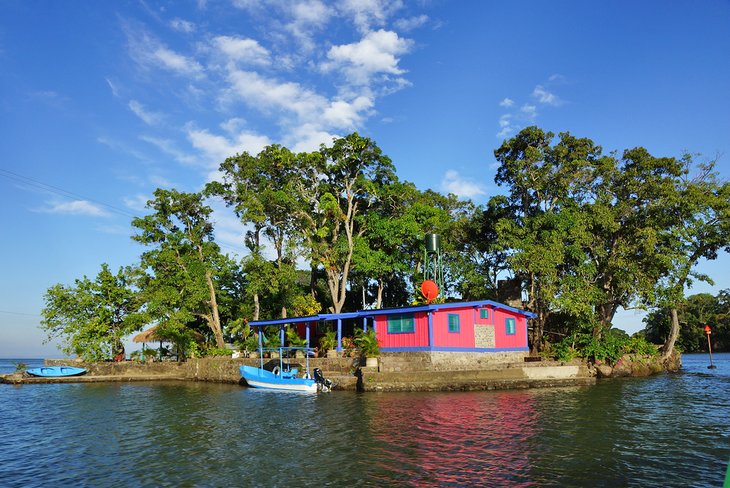
Lake Nicaragua is home to 365 small islands that form an archipelago known as Las Isletas or Islets of Granada, due to their location southeast of the colonial city of Granada. The islets are more than 25,000 years old, initially formed from the ash and stones of the Mombacho volcano .
While some islets are deserted, others have limited development, mostly in the form of ecolodges. Jicaro Island Lodge is one such place. The boutique property is truly special, a place where you can disconnect to reconnect with nature. And you can explore the other islets by SUP board or kayak from the dock at Jicaro if you're staying here.
The accommodation at Jicaro Island Lodge is in two-story wooden treehouses that have an indoor/outdoor vibe and truly feel like sleeping in the midst of the jungle (but are protected from mosquitoes and other biting bugs).
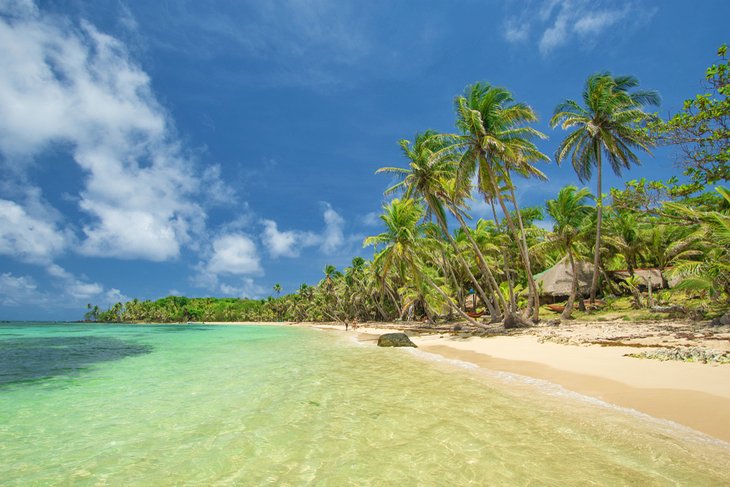
In the Caribbean Sea, about 70 kilometers off Nicaragua's east coast, the Corn Islands are where to go for a laid-back holiday. Big Corn is where you will usually arrive (there are flights from Managua), but you can sleep on either isle.
Despite its name, the Big Corn is actually quite small, and you can bike around it in about an hour. The beaches here are beautiful, light-gold-sand affairs fronted by crystal-clear, turquoise water that stays warm year-round.
From Big Corn, it is a 40-minute boat ride to Little Corn . The tiny island has some accommodation and eating options but no banks or vehicles. You can walk around Little Corn in less than an hour.
There is excellent diving in the reefs off both the Corn Islands, which is why many people visit.
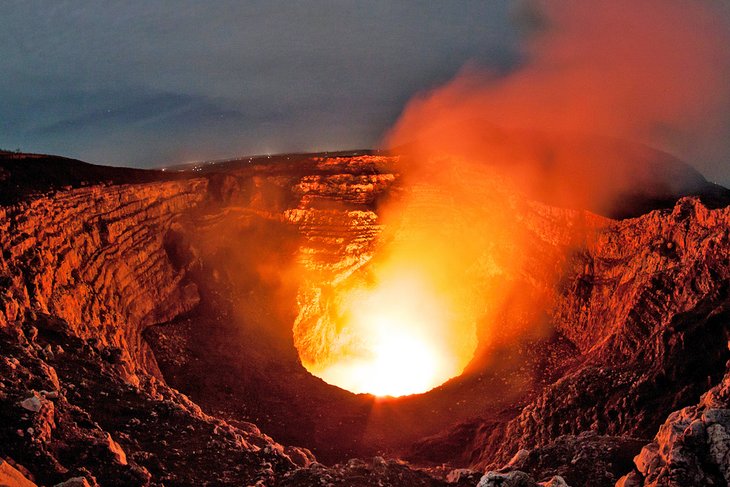
Protected in the country's largest national park, the Masaya Volcano is also one of Nicaragua's top places to visit, just 20 kilometers south of Nicaragua's capital city of Managua.
The most amazing part about visiting this active volcano is how close you can get to the lip of the crater in a private vehicle - you simply drive right up to the edge and park, although you have to park facing downhill in case an emergency evacuation is necessary.
Looking down into the crater, you can see a lake of molten lava. Visit after dark to see the glow the bubbling lava creates inside the pit. If you visit during the day, there is a museum on-site, as well as picnic facilities.
The volcano can be visited on a day trip from Managua or Granada .
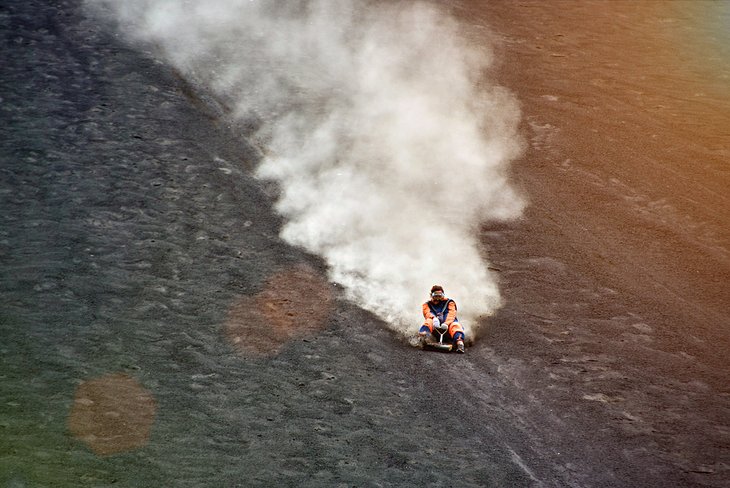
If you want to get your adrenaline pumping a bit then head to Cerro Negro. One of the youngest volcanoes in the world, it last erupted in 1999 and features a dramatic black cone.
While it's still considered active, today most people head to Cerro Negro to try their skills at volcano surfing. The sport involves riding down the side of the volcano's black ash on a wooden surfboard. You'll be wearing a boiler suit and goggles for protection, and you can reach speeds of upwards of 60 miles per hour. The boards can either be ridden sled style (sitting down) or standing up like a surf or snowboard.
Note that to ride down the volcano, you have to hike up. The trek takes about 40 minutes. Most people try this on an organized adventure tour.
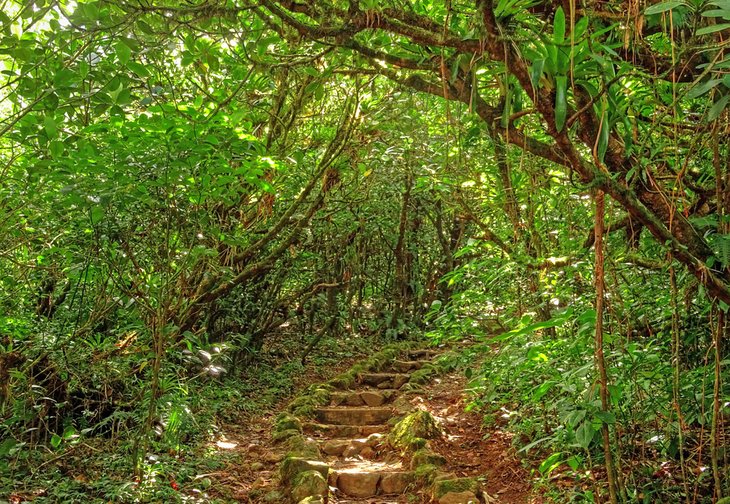
Located atop the dormant Mombacho Volcano, this nature preserve includes a unique cloud forest landscape and covers 2,500 acres. It sits to the southwest of Managua , just 10 kilometers from the colonial town of Granada and magnificent Lake Nicaragua .
Surrounded by rural farms and coffee plantations, the landscape is beautiful. The reserve is known for its prolific, colorful and fragrant flora, with more than 800 species of plants growing here.
There are also hundreds of animal species making their home on Mombacho, including the bright red and green quetzal bird and a number of monkey species such as white-faced monkeys and howler monkeys. The best way to experience the preserve is on one of the many hiking trails running through it.
The reserve is also home to a tourist center, where you can pick up a guide to hike around one of the four volcanic craters, all covered with a rare type of cloud forest that is only found in one other spot in Nicaragua: the Maderas volcano on Ometepe Island .
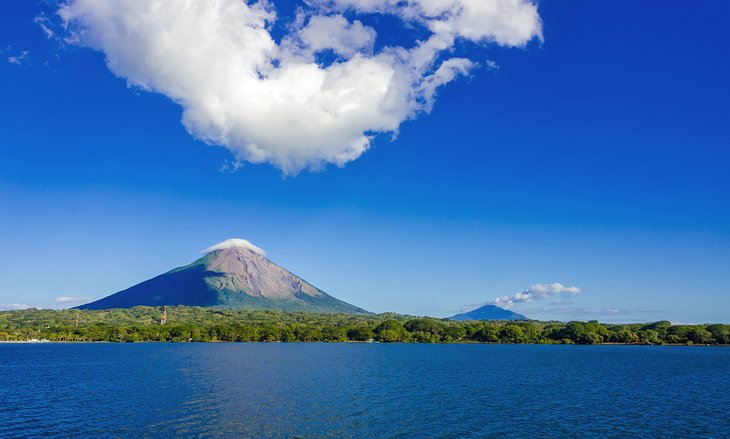
When Spanish colonists first saw Lake Nicaragua, it was so vast, they thought it was a sea. In reality, it is Central America's largest lake at 177 kilometers long with an average width of 57 kilometers. It is home to more than 365 small islets and larger islands, like Ometepe, with two volcanos, in the lake's center.
Another interesting fact about Lake Nicaragua is that it is the only freshwater lake to have ocean animals, including sharks. It is believed the lake was once a sea bay, but then a volcano erupted, trapping marine life and turning it into an inland lake. Over the millennia, the marine life has adapted to living in freshwater.
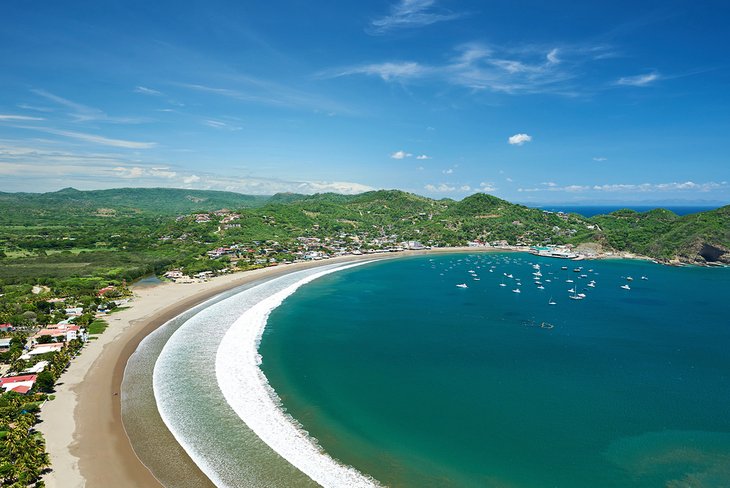
In southwest Nicaragua, on the Emerald Coast, near the border with Costa Rica , San Juan del Sur is a vibrant town with a large expat community and an excellent surf beach just 20 miles to the north. The town itself is filled with colorful buildings and murals. There is also a large Christ of the Mercy statue perched on a hill overlooking the city below that is worth a hike up for sunset, especially to experience the views.
And then there is the long gold-sand meets Pacific Ocean Playa Maderas beach, which is also lined with small hotels and eco-resorts. It picks up most of the swells that hit Nicaragua and is best approached at medium to high tide.
The beach is also known for its long, drawn-out sunsets with an amazing display of bright, shifting colors.
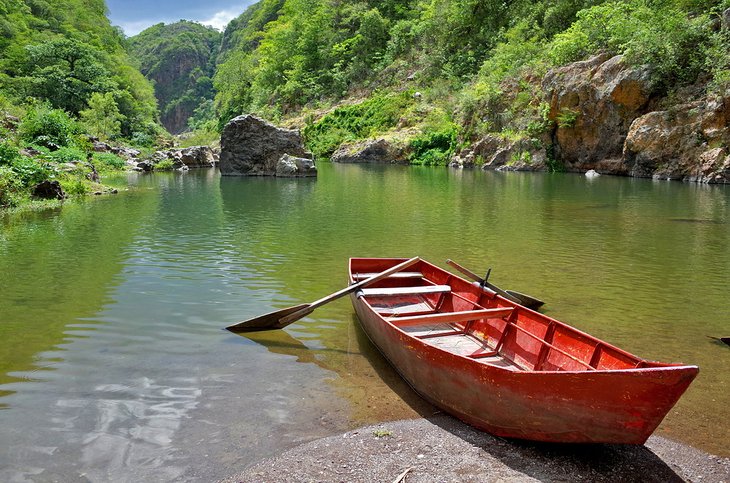
Discovered accidentally in 2004 by two Czech geologists, Somoto Canyon National Monument is now a protected gorge in northern Nicaragua about 2.5 hours from Leon .
The scenery here is stunningly beautiful, and this is also another perfect destination for adrenaline addicts. You can book four- or six-hour descents of the narrowest section of the gorge. Both trips require rock scrambles, floating down rapids in inner tubes, and jumping from high cliffs into deep pools. The six-hour trip also includes rappelling down cliffs into bat-filled caves. Either way this is an adventurous day trip.
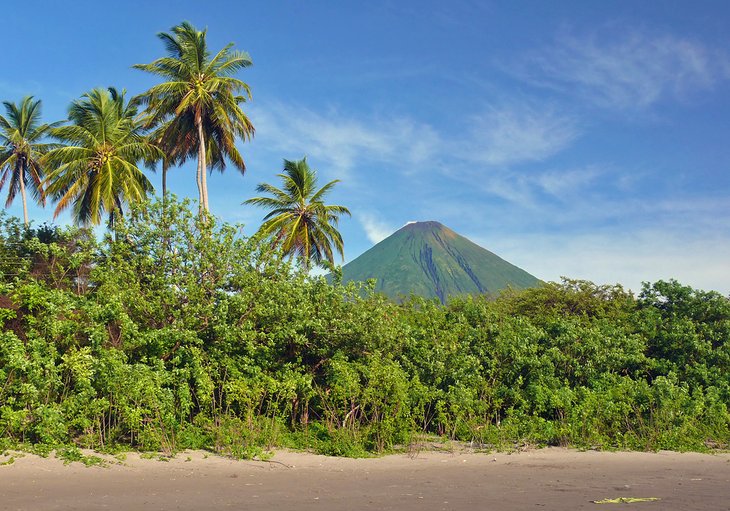
Isla Ometepe is in Lake Nicaragua, the largest freshwater lake in Central America and also home to the Islets of Granada. The island has not one but two volcanos, both of which can be climbed.
Maderas is the volcano in the south of Ometepe, and it is less active than the Concepcion volcano in the north. The hike to the summit of Maderas takes you to a beautiful crater lake. There is also an impressive waterfall at the base that cascades for almost 50 meters down a sheer rock wall.
The island is also popular for horseback riding, mountain biking, or kayaking the Istian River that runs through it. You can also just laze on the white sands of Santo Domingo beach.
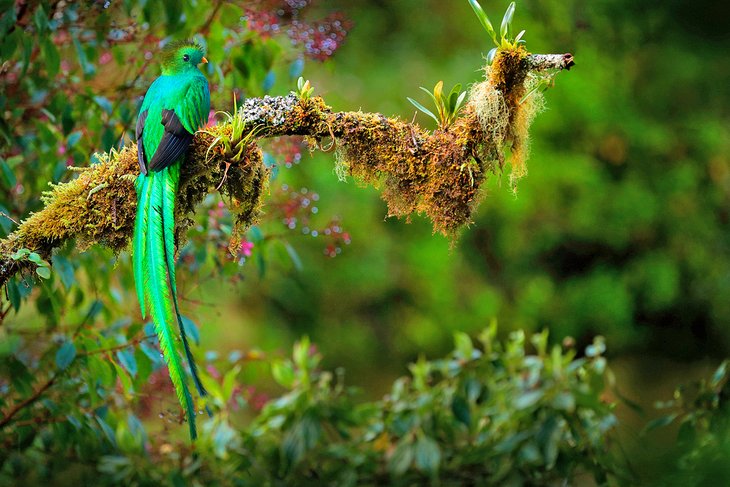
Second only in size to the Amazon rainforest in Brazil, Nicaragua's Bosawas Biosphere Reserve was established in 1997 to protect the biodiversity found in this northern corner of the country. The reserve also protects the free flow of species between Mexico and Central America.
A birder's paradise, you'll find that 600 of the 790 bird species that call Nicaragua home live in this reserve. You'll also find plenty of mammals, including jaguars, Baird's tapir, and spider monkeys in the trees and on the forest floor.
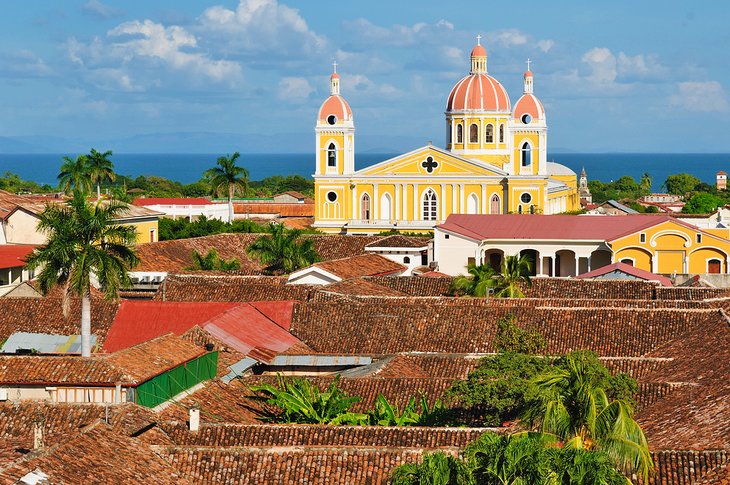
Colorful Granada is a wonderful old city to wander for an afternoon. It is home to some of the best-preserved architecture in Nicaragua, including a number of buildings and churches constructed in Spanish colonial style.
Here, you'll find Convento San Francisco , which is one of the oldest churches in Central America. It has an unmissable Tiffany blue facade, and inside, you'll find one of Nicaragua's top museums, dedicated to the country's pre-Columbian people. There are also restaurants, shops, and coffee houses with sidewalk seating around its main square.
Granada is a popular base for exploring the islands in Lake Nicaragua on whose shore it sits.
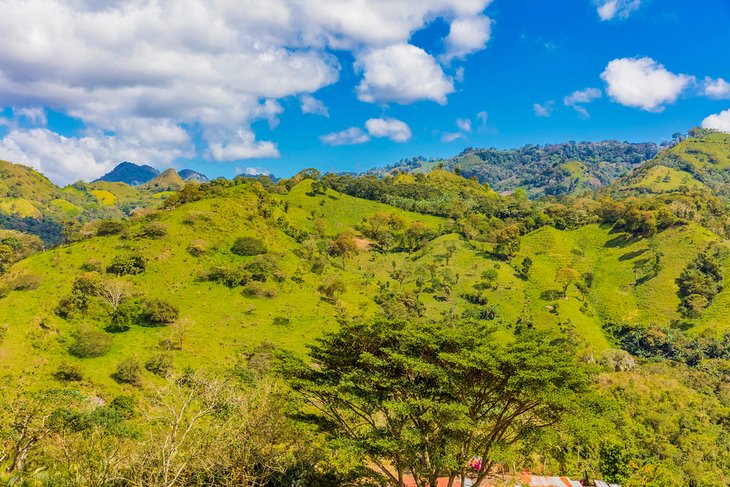
From cooling off under icy waterfalls to horseback riding or trekking in search of some 300 species of birds that live here, including the bright queen quetzal, there is plenty to keep you naturally entertained at Reserva Natural Miraflor.
This reserve in Nicaragua's north covers three climate zones, including dry forest and cloud forest. Visitors can also participate in community tourism projects here at coffee cooperatives. These give you a chance to spend a night with a local family and get a glimpse into their culture and way of life.
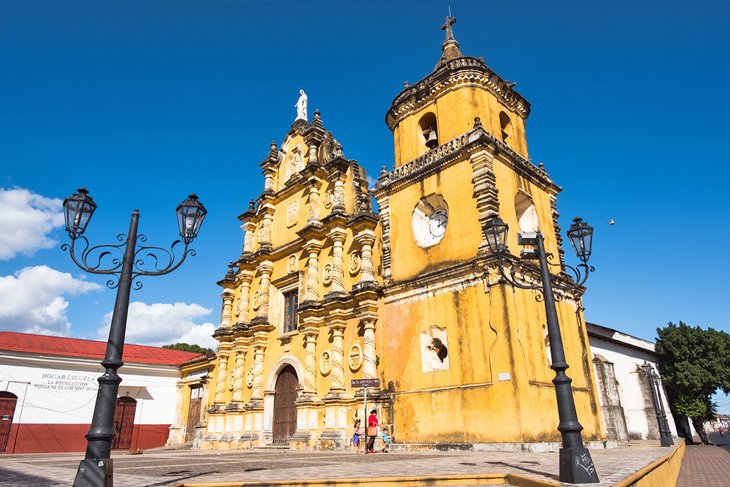
Home to Nicaragua's National University , Leon is considered the country's intellectual capital. The city is also known for its cathedral, art museums, and growing food scene. Leon's cathedral is Central America's biggest, and merges Baroque and Neoclassical styles.
Just a few blocks north of the cathedral is Iglesia de la Recoleccion , which is a beautiful church dating back to 1786. It is built in Mexican-style Baroque design and features a distinct, deep-yellow facade with cream trim. While strolling the walkable downtown, also keep an eye out for murals and graffiti dating back to the political war of the 1980s.
You can also visit the 16th-century ruins of Leon Viejo (old Leon), a UNESCO World Heritage site, and one of the first Spanish colonial settlements in the Americas. These ruins are just a short drive from Leon.
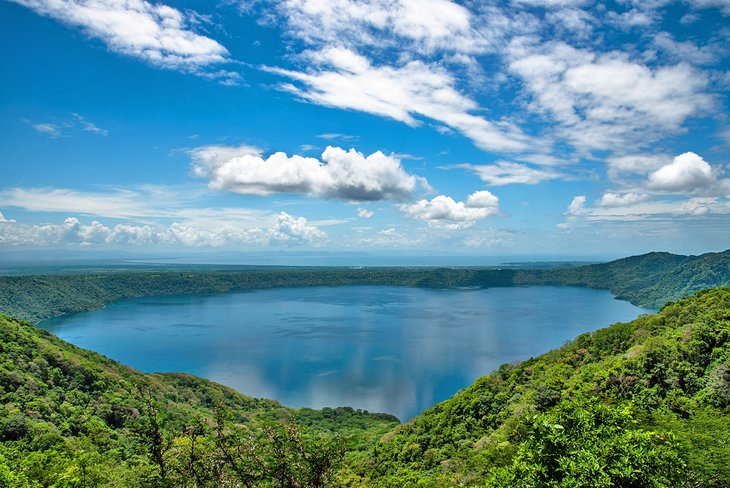
Less than a 30-minute drive from Granada , Apoyo Lagoon Natural Reserve is a giant volcanic crater lake that was created more than 20,000 years ago when the original volcano's cone imploded.
The lake is about 198 meters deep and is so big that when the wind blows hard enough, there are waves big enough to windsurf. The lake is also fed by volcanic fumaroles that keep the water warm and slightly salty.
Activities include kayaking, swimming, scuba diving to explore thermal vents, or just chilling at one of the restaurants on the beachfront.
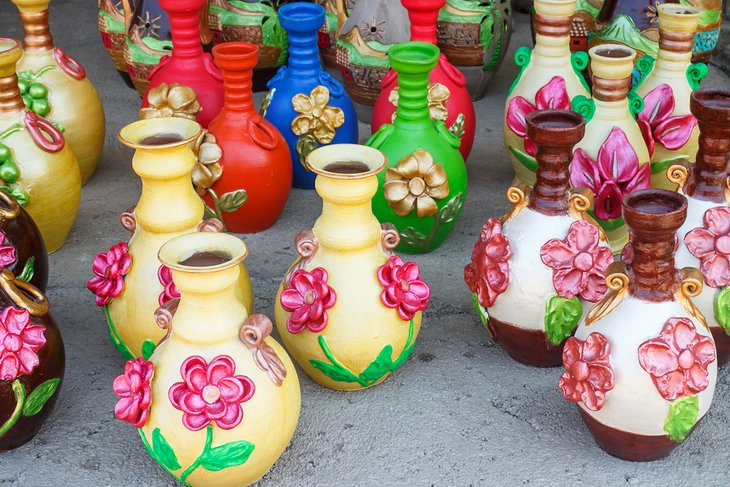
If you are in the market for ceramic handicrafts , whether in the form of ornately decorated vases or functional cookware, pay a visit to the village of San Juan de Oriente. Located about 45 kilometers from Managua, it is known as the "town of potters," and the artisans here have been creating beautiful pieces out of clay since before the Spanish conquistadors invaded the region.
Upon entering the small town, which has a beautiful setting overlooking the Masaya lagoon, you'll see dozens of pottery shops . The majority of people here earn their living creating colorful works of art and are very friendly and happy to share their work and the stories behind it with travelers. Most of the shops are family-run affairs, with one member in charge of the carving and design, another overseeing the kiln, and a third polishing the finished product.
Some names to look for while shopping include Gregorio Bracamonte's recreations of pre-Columbian jaguar vases (the artist passed away in 2019, making his work even more valuable today); and Helio Guitérrez, who is known for his bold geometric designs.
For working kitchenware that includes intricate designs, visit Miguel Angel Calero's shop. His pieces are also known for their highly polished, glass-like shine, and he has been called a local Michelangelo.
More Related Articles on PlanetWare.com
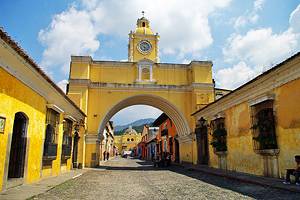
Central America: This part of the world offers many great adventures and intriguing destinations. To the south of Nicaragua, Cost Rica is fill with natural attractions, beaches, and incredible opportunities to see wildlife. Also worth checking out in Central America are the sights of Guatemala . Lakes, volcanoes, culture, and history make this a country worth working into your itinerary.

Places To Visit In Nicaragua
One of Central America’s most captivating destinations, Nicaragua is home to pristine rainforests, beautiful colonial architecture, towering volcanoes and vast lakes. Unlike its neighbour, Costa Rica, Nicaragua has less of an influx of tourism, due to its dubious reputation, but this is just one of the reasons we love Nicaragua. There is so much to see and do, without the overcrowded tourism, making it the perfect off the beaten track destination!
We have put together a guide of our favourite places to visit in Nicaragua. So let's jump into it:
Cerro Negro Volcano
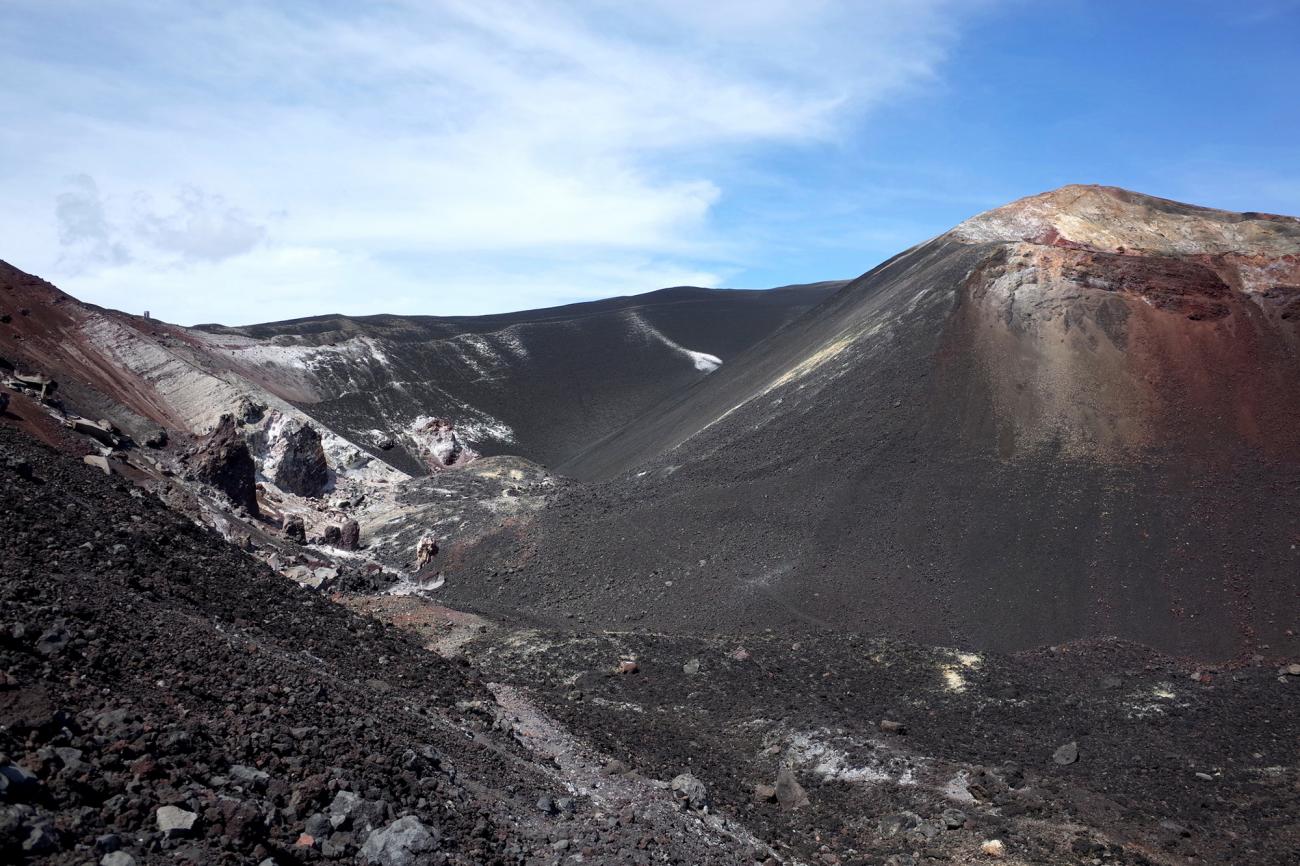
This fierce little volcano (a mere 675m in height) is the newest in the western hemisphere and the most unpredictable of León’s Maribios Volcano range. As its name suggests, Cerro Negro is jet-black, made up of black gravel, solidified black lava flows and massive black sand dunes. NASA used Cerro Negro to understand the rocks they found on Mars, and hiking on the cone is a truly surreal otherworldly experience.
Its hardpack fine black gravel and sand also makes it a favoured playground for visitors. What started with adapted snowboards being shredded and destroyed by gravel gradually morphed into custom-built volcano sledges made in León. Volcano boarding converts a 45-minute hike to the summit into a howling run down the west face as you ride the custom boards and wear special boarding suits, goggles and gloves.
Corn Islands
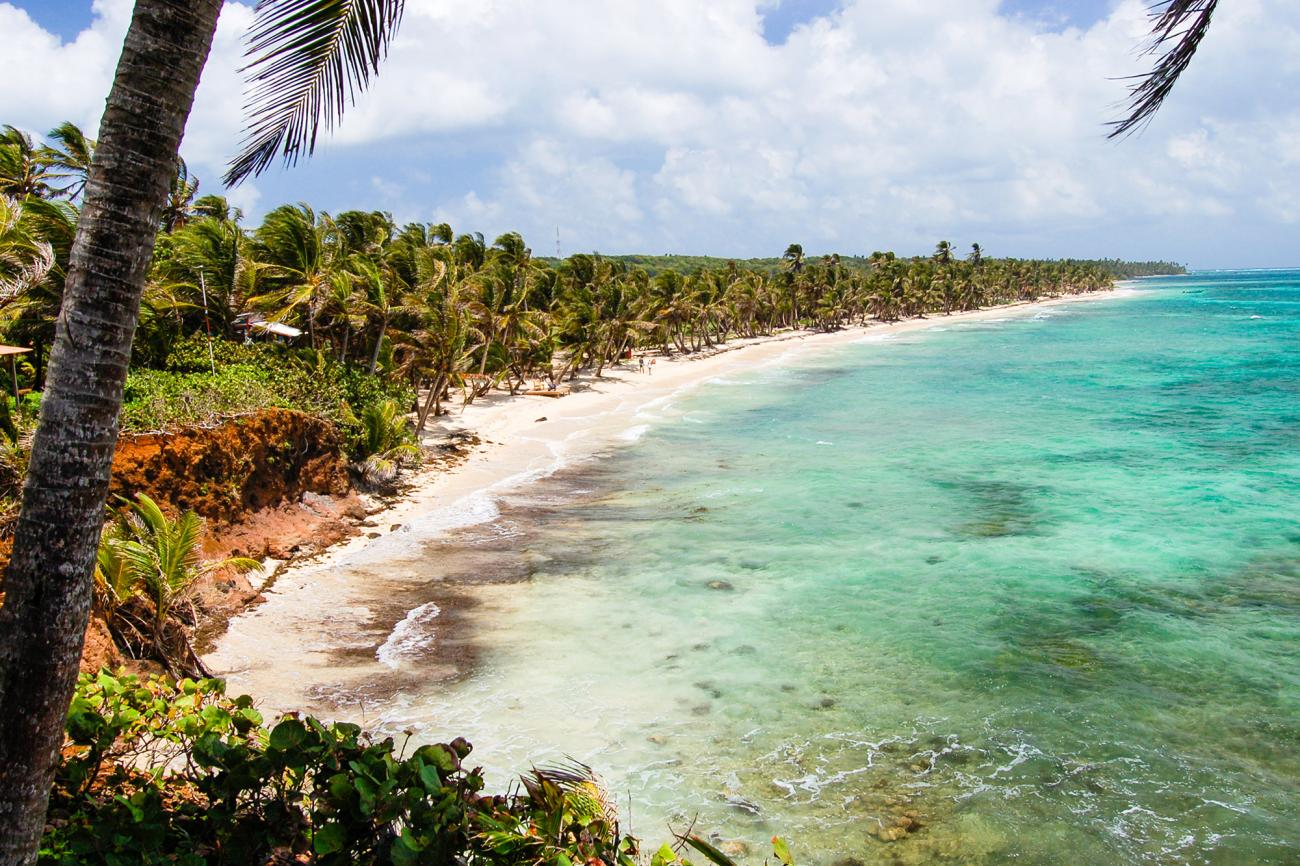
This is the Caribbean as it used to be, relaxed islands that live mainly off fishing and a bit of tourism. There are small family-owned hotels on both islands which are modest and comfortable, while the locals are extremely friendly, and the reefs bathed in crystal clear turquoise waters. Both Big Corn Island and Little Corn Island are lined with spectacular white sandy beaches, and although small, offer a beautiful and peaceful spot to relax.
From here you can explore the stunning reefs, and for those interested, there are dive operators on both islands. You will find the reefs to be better off the beaches of Little Corn Island whereas the diving is superior around Big Corn Island.
El Castillo
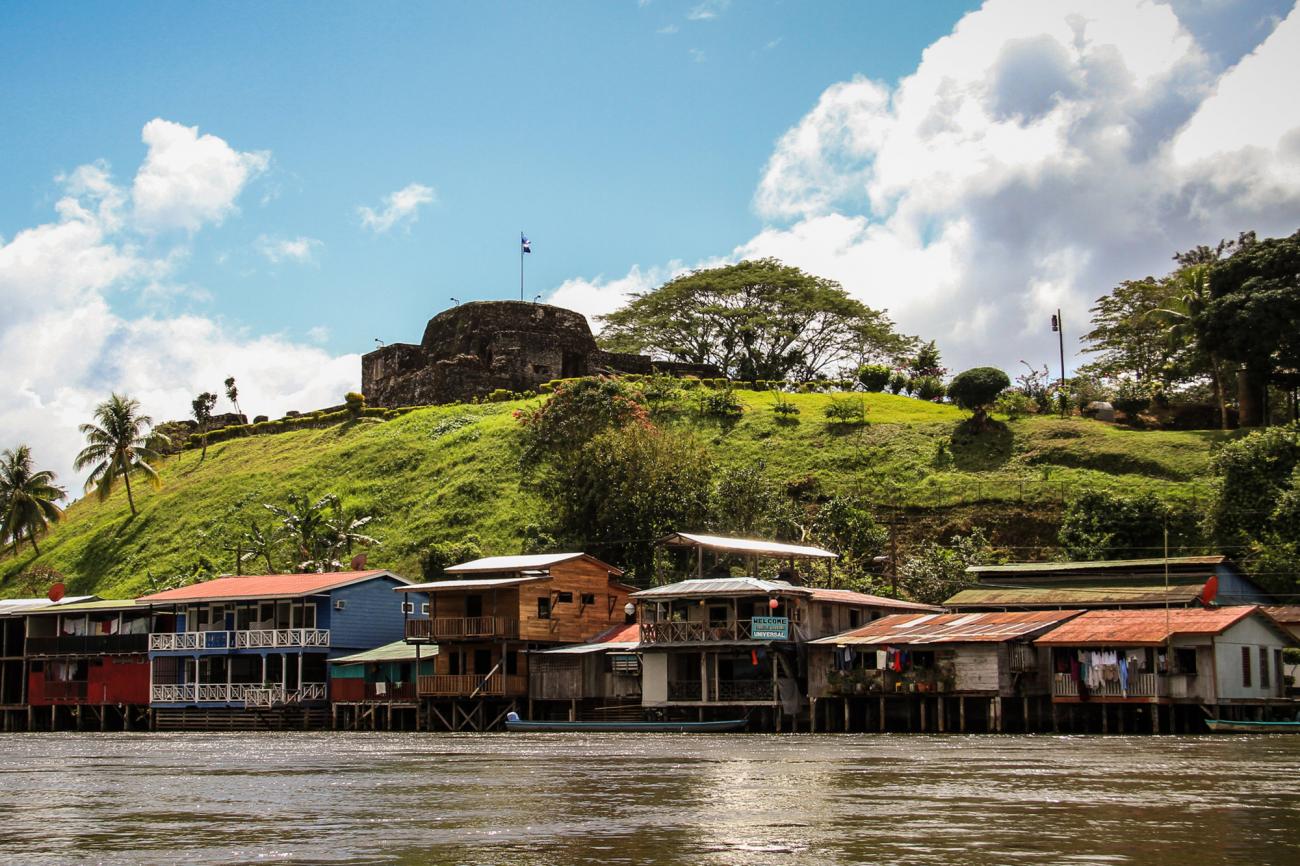
The principal settlement on the San Juan River, El Castillo (despite its name) is built around a fortress, not a castle. When built-in 1675 it was one of the biggest fortresses in the Americas and very effective at repelling both pirates and the British Navy, until a young Lord Nelson, then a captain, attacked it from the rear flank (now called Lomas de Nelson).
The fortress provides a classic view of the San Juan River and there is good lodging near the riverfront rapids, a feature that also helped to protect the town. Today it is a pleasant and friendly base to use for exploring the Indio-Maíz Biological Reserve by boat and on foot, with several traditional river restaurants and a butterfly farm in town. El Castillo is also the last town on the southside of the San Juan in Nicaragua, going downriver to the Caribbean Sea.
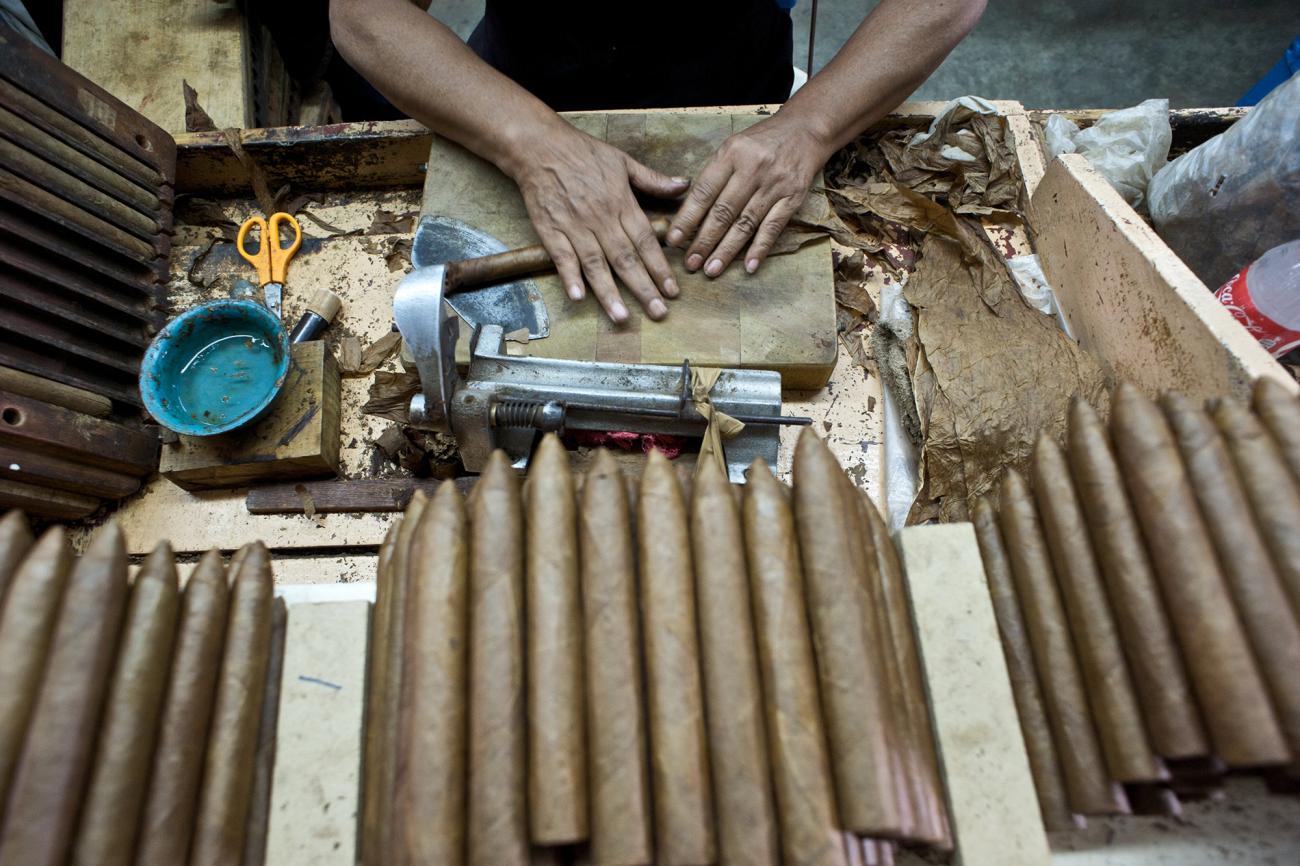
Estelí is the tobacco capital of Nicaragua, where fertile highland soils are said to be superior even to Cuba for tobacco growing. This has attracted Cuban ex-pats from both Miami and Cuba and created consistently top-rated cigars which are rolled in the many factors of Estelí, stuffed and wrapped with Nicaragua tobacco and other blends from around the world.
Tisey Nature Reserve is nearby on the continental divide behind Estelí, with tropical pine forests and cloud forest, as well as Encino Oak groves and the Estanzuela Cascade which is particularly impressive during the wet period and popular for rappelling in the dry season. Estelí is also known for its revolutionary heroes and there is a museum dedicated to their sacrifice as well as an attractive Cathedral and access to the Miraflor Nature Reserve where community tourism is possible.
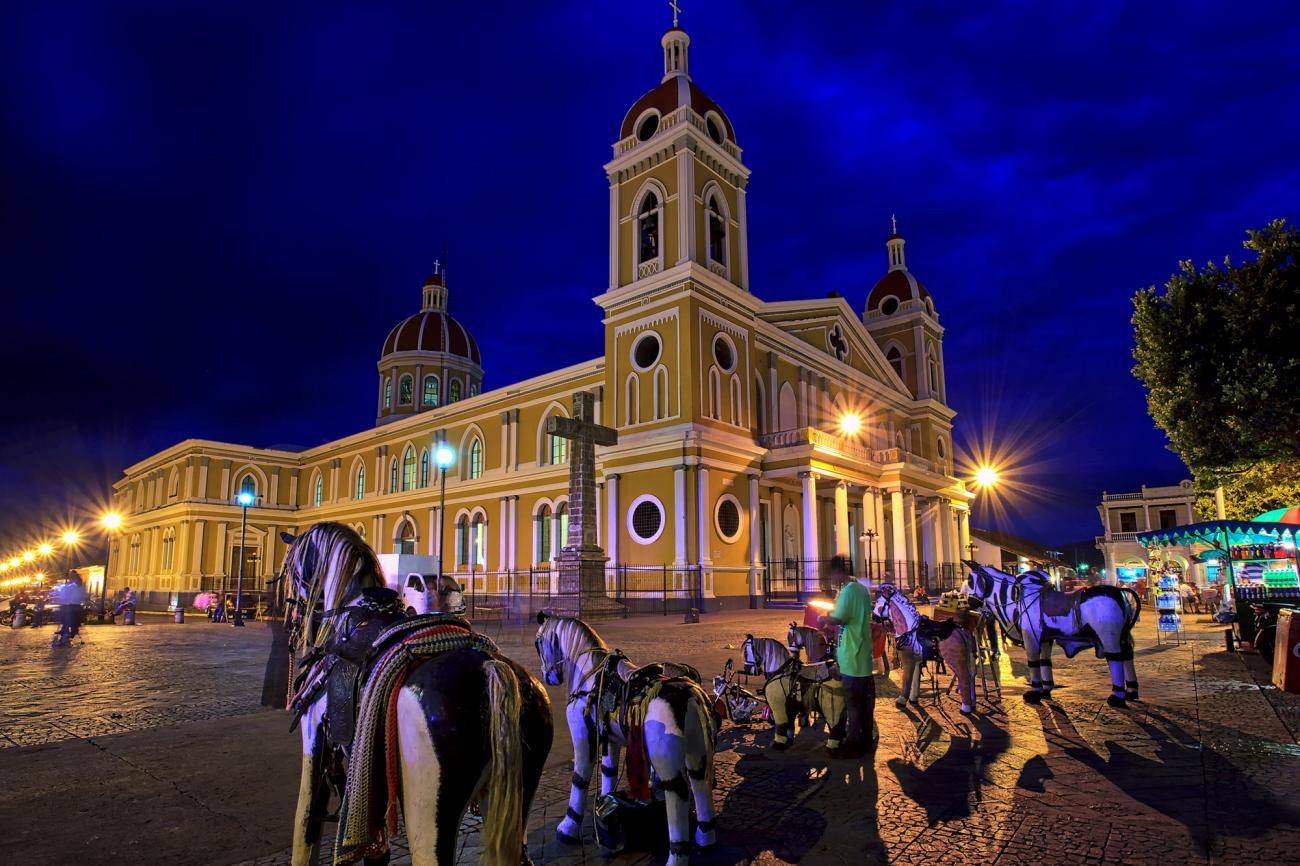
Granada is Nicaragua’s most famous destination, mostly for the beauty of its spacious and brightly painted Andalusian-styled Spanish colonial homes. The historic centre is full of large square homes with lush interior gardens protected by thick adobe walls. Located on the western shores of Lake Nicaragua, the city was sacked numerous times by pirates during Spanish rule, as Granada was effectively the westernmost Caribbean port thanks to boat traffic across the lake and the San Juan River, making it a key commercial centre.
Today, tourism runs the economy and Granada is blessed with numerous good restaurants and boutique hotels and is a great base from which to explore many nearby attractions, including day trips to Isletas Archipelago, Mombacho and Masaya Volcano, Apoyo Crater Lake and Los Pueblos Blancos.
Laguna de Apoyo
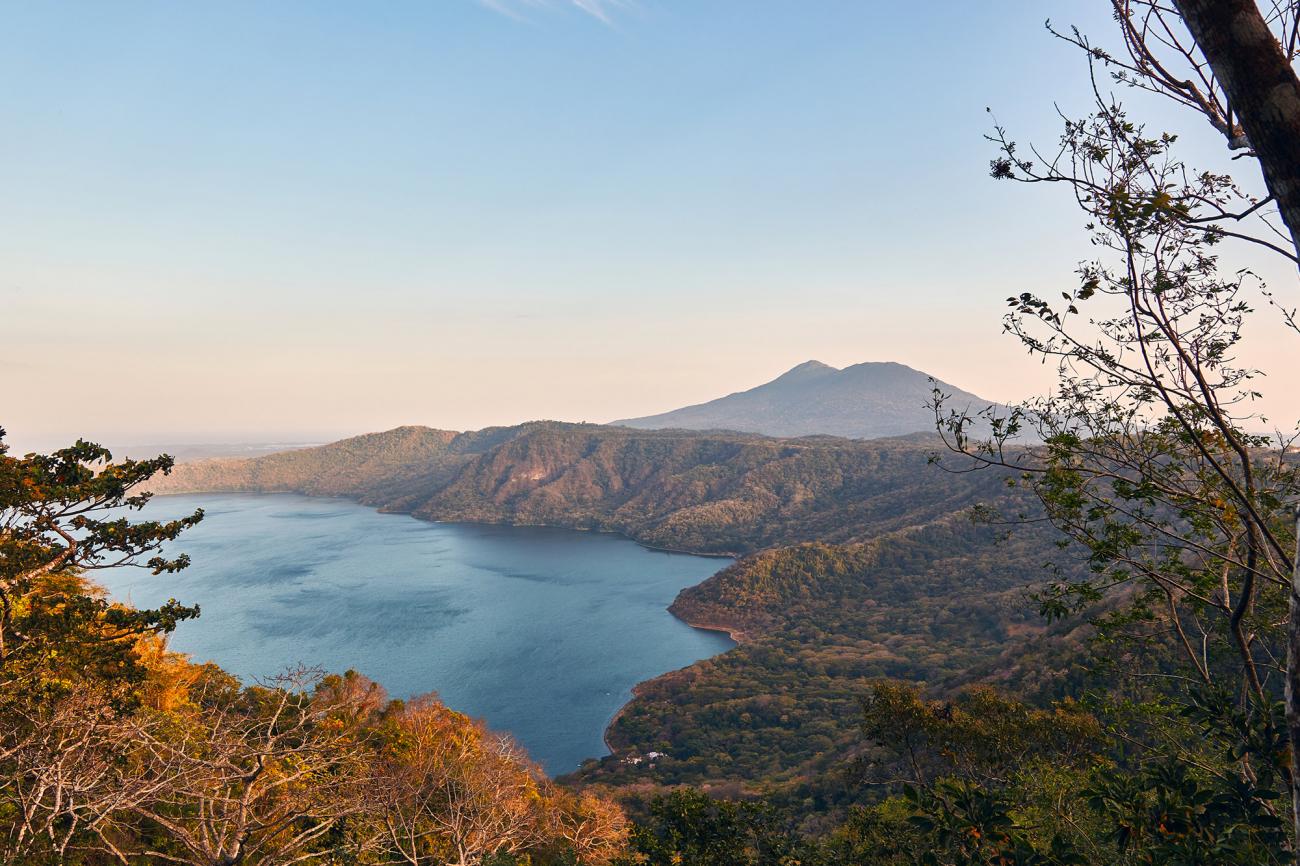
A crater lake, Laguna de Apoyo, is so huge that wind can whip up waves good enough for windsurfing. The lake, which is about 20,000 years old, is fed by volcanic fumaroles, which warm the slightly salty waters of the lake. Visitors can rent kayaks, go swimming, or simply enjoy the views of the forested crater. Divers with a craving for a crater-lake submersion can explore the thermal vents, and check out the endemic fish that live here.
Lake Nicaragua
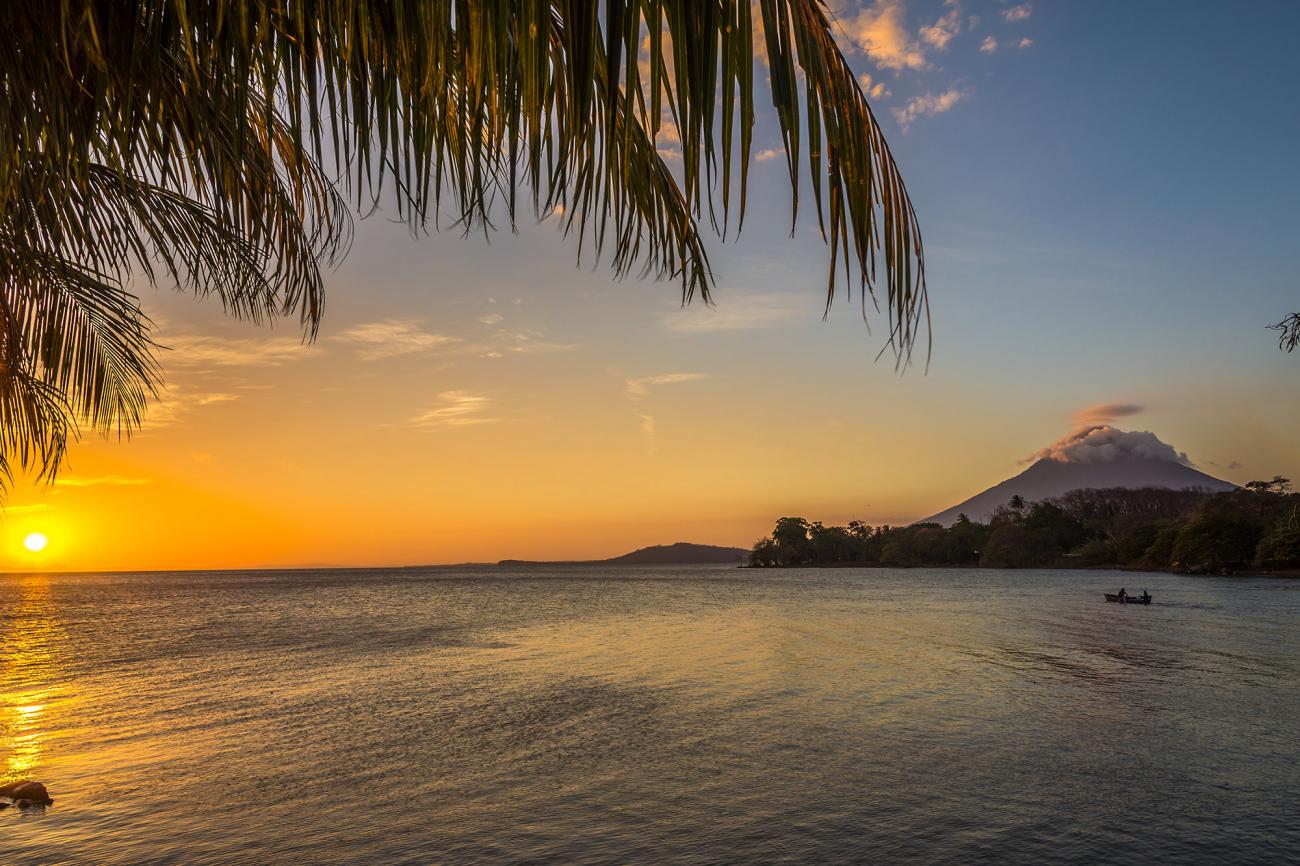
Lake Nicaragua stands as the centrepiece of the country's mini-rift valley and is an integral part of the Nicaraguan psyche, being one of the core reasons Nicaraguans call their country land of lakes and volcanoes. Dubbed the ‘Freshwater Sea’ (Mar Dulce) by the Spanish, Lago de Nicaragua, also known as Cocibolca, covers 8,264 sq-km, making it the largest body of freshwater in Central America and the largest rain-formed lake in the Americas.
The freshwater lake drains into the Caribbean Sea, via the San Juan River and is punctuated by more than 450 volcanic islands, including three archipelagos, a volcanic national park and the dual-volcano Ometepe Island Biosphere Reserve. This unique body of warm water is home to freshwater sawtooth fish, bull sharks, sardines and gar fish.
Las Isletas
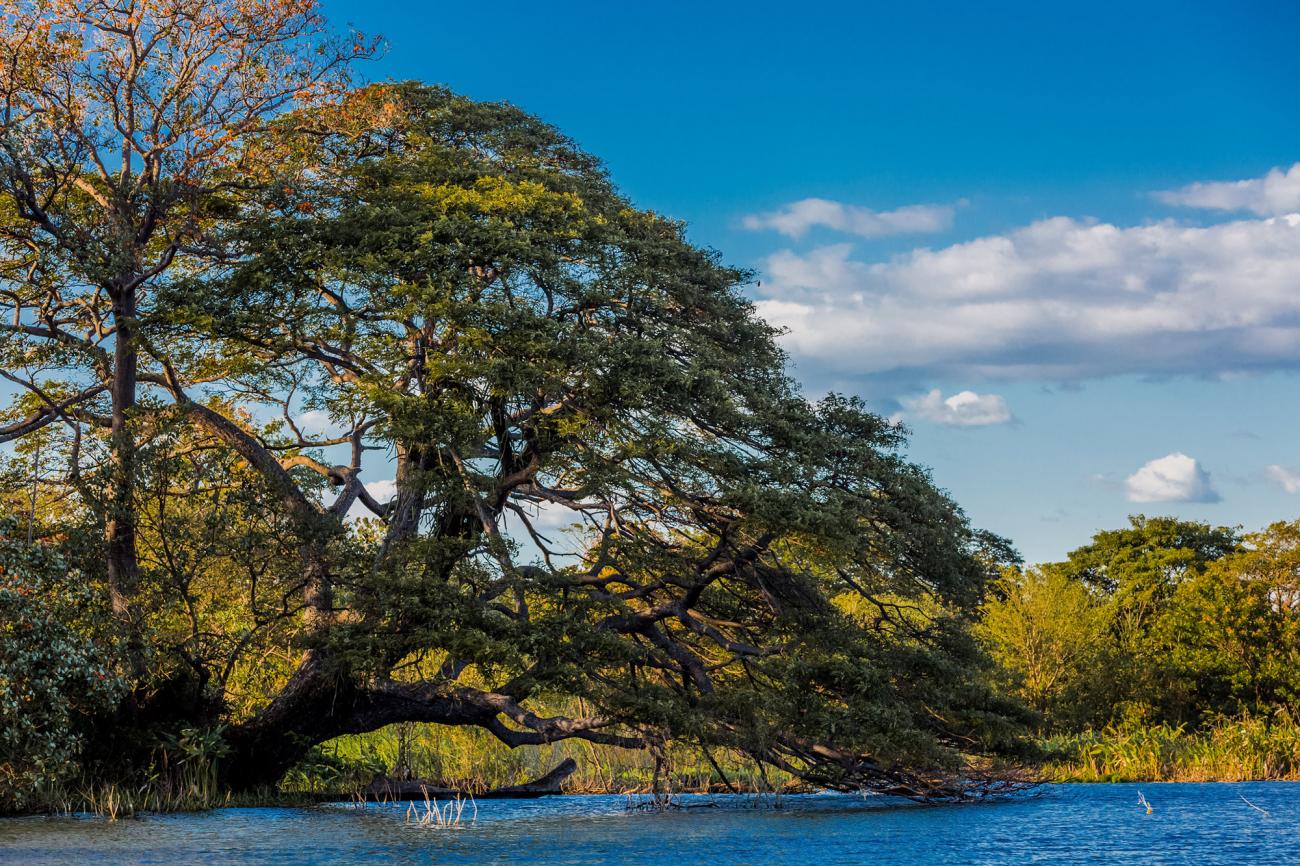
Just five minutes from Granada, in the warm waters of Lake Nicaragua, is the chain of 354 islands called Las Isletas. The basalt rock piles are covered in lush vegetation and birdlife is rich, with plenty of egrets, cormorants, ospreys, kingfishers and oropendolas.
The islands can be visited by motorboat, electric boat or kayaks, an excellent way to appreciate the birdlife. The age of the islands is unknown, but it is believed they were created by a massive eruption by the Mombacho Volcano that watches over the lake and islands to the west. Some islands have simple lodging, but one, in particular, has a very fine ecolodge that we feature in our tour Lakes and Volcanoes.
Las Peñitas & Juan Venado
Just a 20-minute drive away from colonial León, Las Peñitas and Poneloya are both beaches used mainly by Nicaraguans during the end of the dry season, from February to April. This is a fantastic place to spend an afternoon with a long lunch of red snapper cooked whole, bathed in tomatoes and onions. Riptides are very dangerous here, so swimming is only for the most experienced.
On the south end of Las Peñitas is an inlet full of artisan fishing boats and then the barrier island of Juan Venado. This is an important sea turtle nesting site (Aug-Jan), but also a critical mangrove forest very rich in flora and fauna with healthy populations of water birds, green iguanas and caimans. The reserve can be visited by hired motorboat or kayak, and the beach has a sea turtle nursery project to protect the eggs and hatchlings until their entrance to the sea.
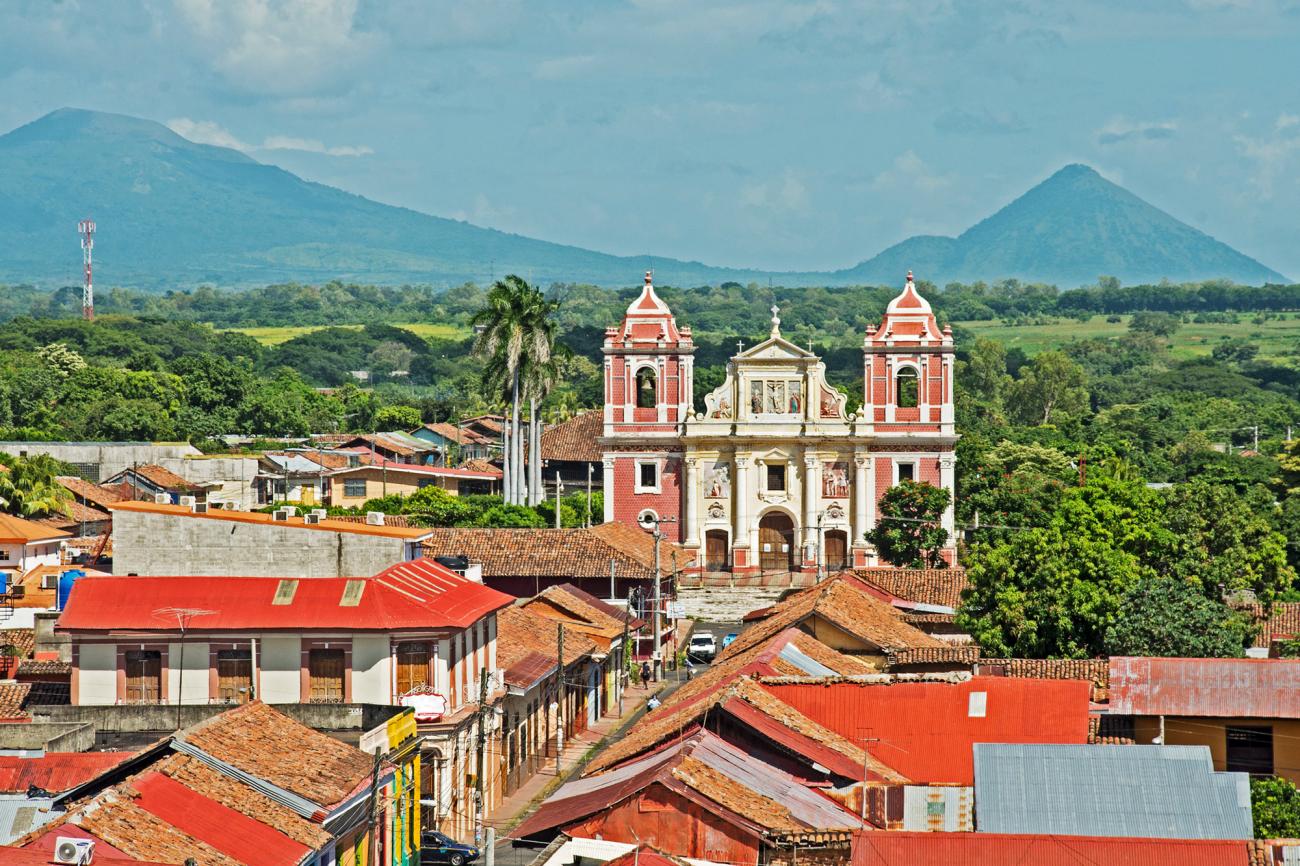
León is the artistic and intellectual heart of Nicaragua, the colonial capital for three centuries and the former home of its three greatest poets, including the undisputed national hero Ruben Darío. Nicaragua’s second-largest city is normally full to the brim with students from around the country that come to study in its fine secondary schools and universities.
A UNESCO World Heritage building, the Cathedral of León is Central America’s largest temple, and despite sweltering year-round heat, the city enjoys an advantageous position set between the ruggedly majestic Maribios Volcanoes to the east and the crashing surf of the warm Pacific Ocean just 21 km to the west. The city is a base for volcano hiking and coastal kayaking and surfing, whereas culture tours highlight the city’s revolutionary history, colonial architecture and artistic traditions.
Los Guatuzos Wildlife Refuge
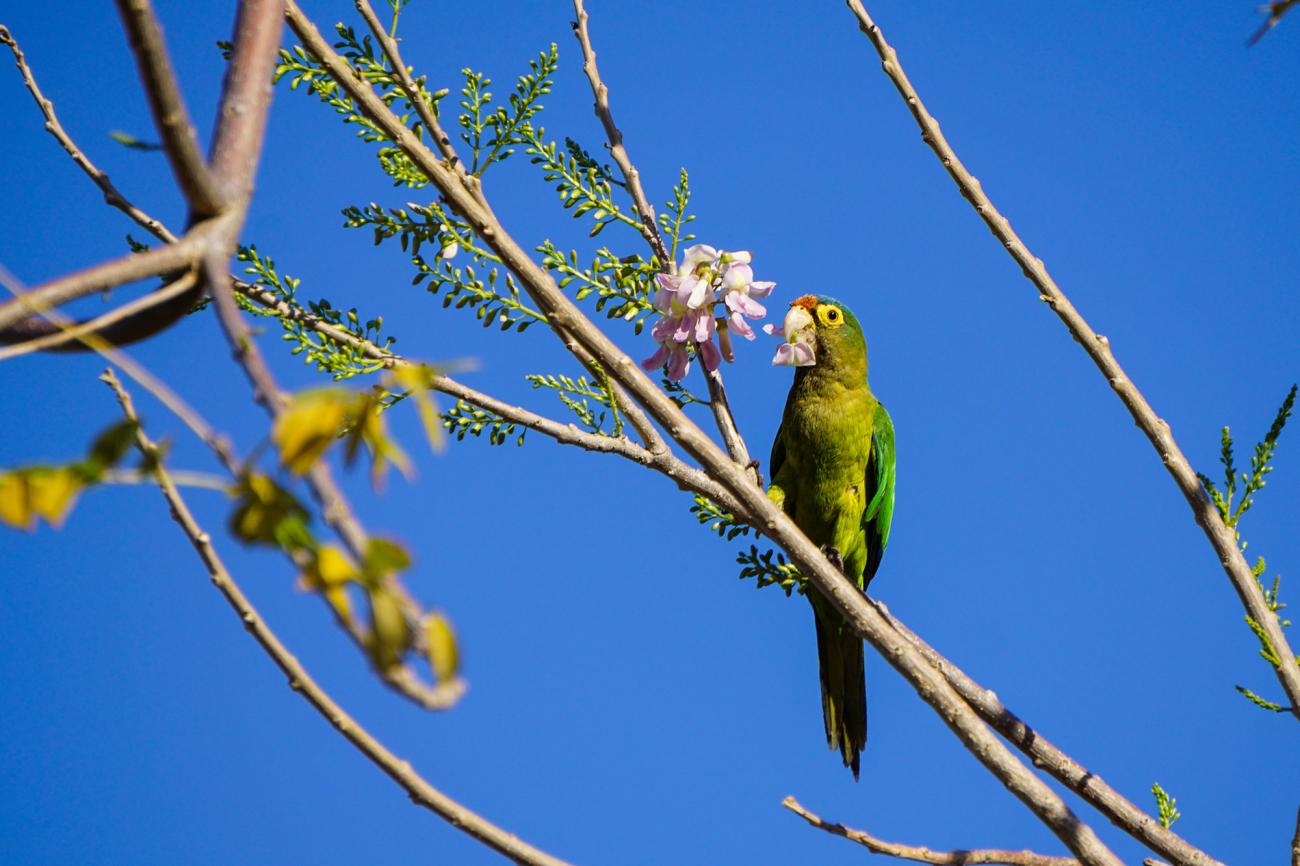
One of the top wildlife viewing experiences available in Nicaragua, the 43,750-ha Los Guatuzos Wildlife Refuge occupies the southern shores of Lake Nicaragua. With more than a dozen rivers running through the reserve, the Río Papaturro is the most popular for wildlife viewing, but a visit to Rio Zapote and Isla Zapote offers up a major nesting site for waterbirds which is also not to be missed.
The ecosystems could not be more diverse in this area, with a mixture of tropical dry forest, tropical wet forest, rainforest and extensive wetlands. Best of all are the many narrow rivers lined with gallery forest, the ideal situation for viewing wildlife. 400+ species of birds are joined by three species of monkey, countless reptiles, amphibians and a healthy Jaguar population.
Los Pueblos Blancos
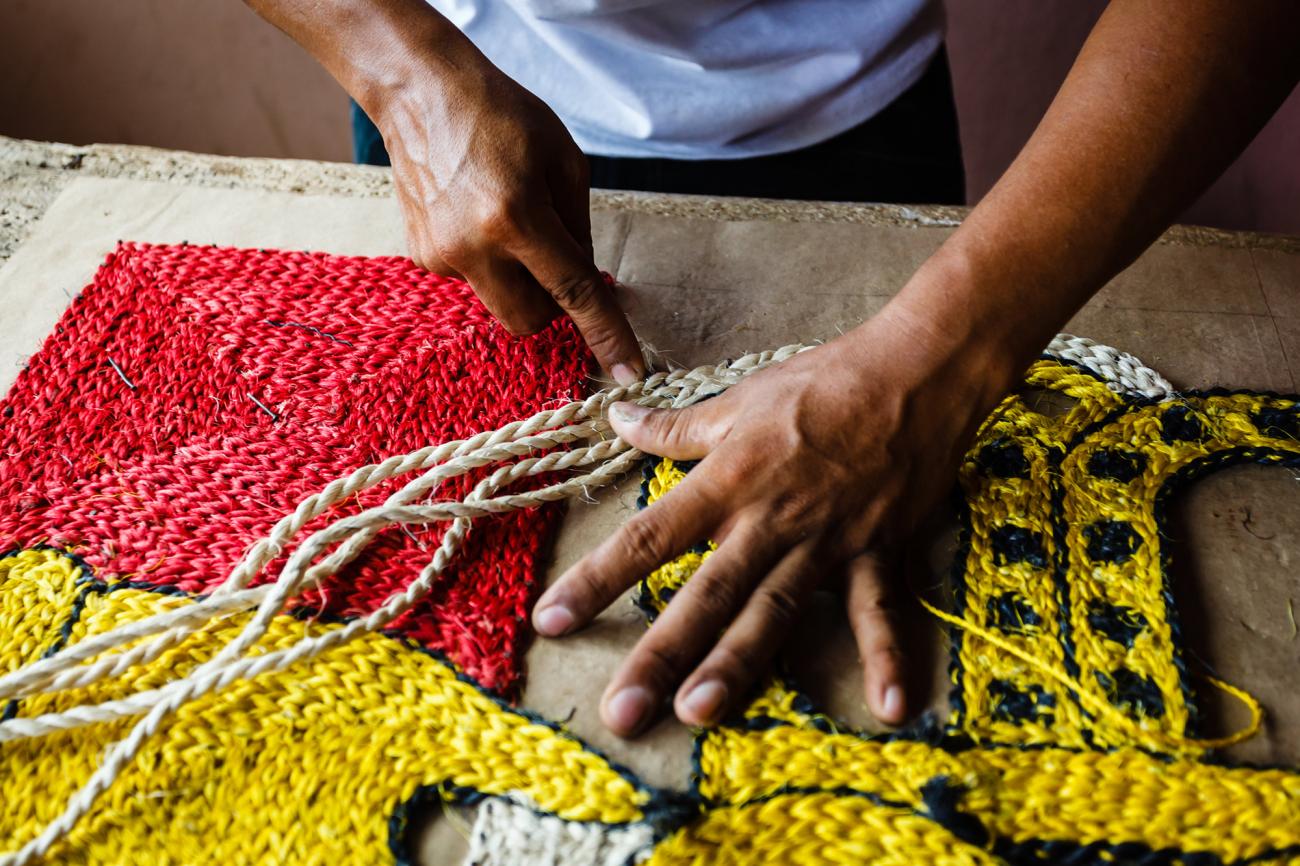
The White Villages of Masaya and Granada are spread across a highland mesa that connects to rims of extinct volcanoes and are home to some of Nicaragua’s finest artisans and some of the country’s most unique festivals. Each town is known for specialised crafts, and although not all of them are still painted white, the villages do have Spanish colonial churches and a very industrious and independent populace.
Most famous of the villages are Diriomo, known for its stone church and native sweets, as well as San Juan de Oriente, whose potters have gained world fame. Catarina is also famed for its potted plants, baskets and unique viewpoint of Apoyo Crater lake, whereas Niquinohomo stands as the birthplace of national hero Augusto Sandino. Masatepe is also not to be missed, as here you will find Nicaragua’s finest handcrafted traditional furniture made in family workshops, as well as several traditional food restaurants worth noting.
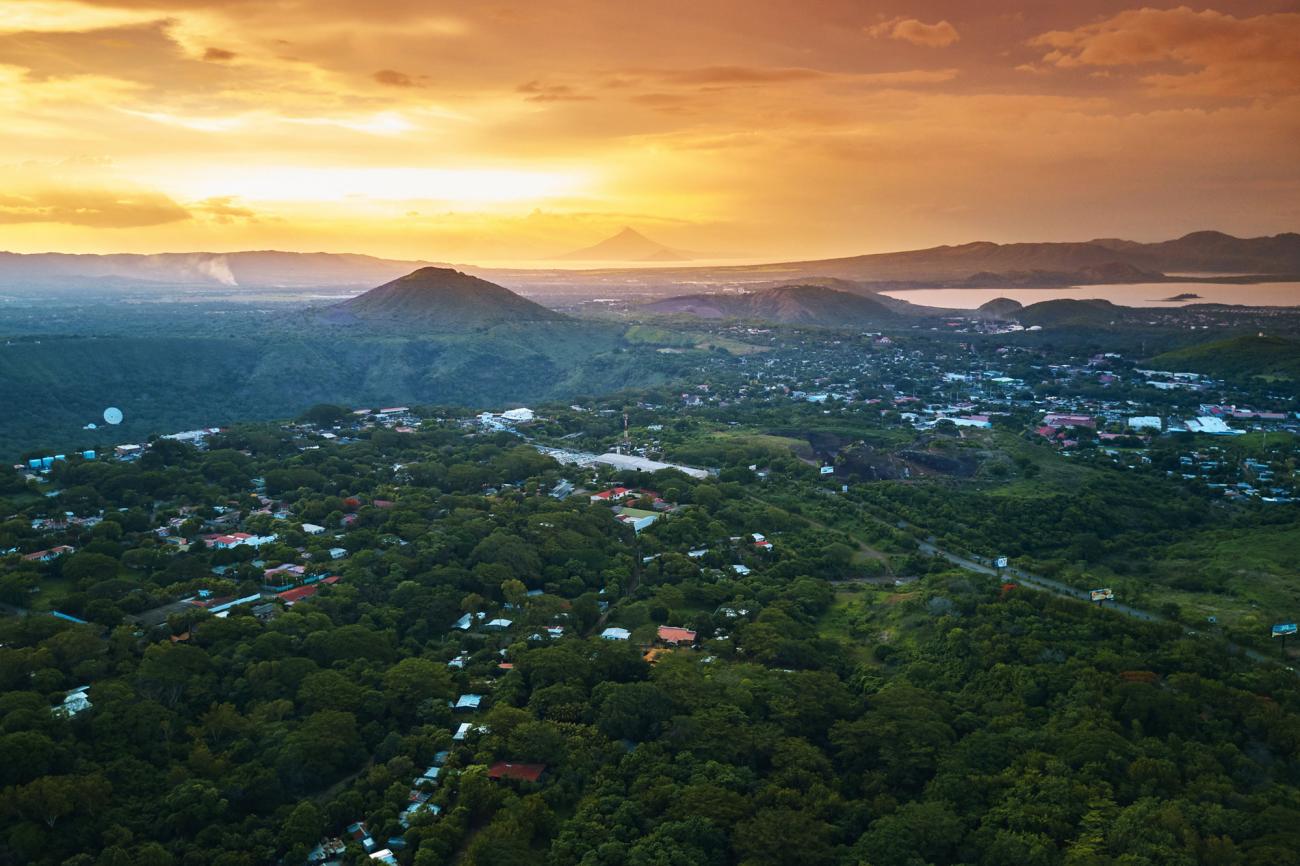
A dramatic setting by any measure, Managua sprawls along the southern shores of Lake Managua and being covered mostly by trees, it’s almost invisible from the air. It is a capital without a city, pockmarked by six crater lakes within city limits. Beneath its improbable surface is dozens of fault lines, one of which destroyed the old centre in 1972.
Never rebuilt under seismologists’ orders, Managua grew out and around the lake valley with no centre or high-rise in sight. Visitors can tour the ruins of the old centre, enjoying revolutionary sites, the cultural palace, new and old Cathedral as well as one of the crater lakes that overlooks the entire invisible city.
It is a gritty place, and although it is home to much poverty and a serious waste problem, it also stands as one of the greenest capitals in the world by some measures, with no air pollution and relatively low traffic.
Masaya Volcano National Park
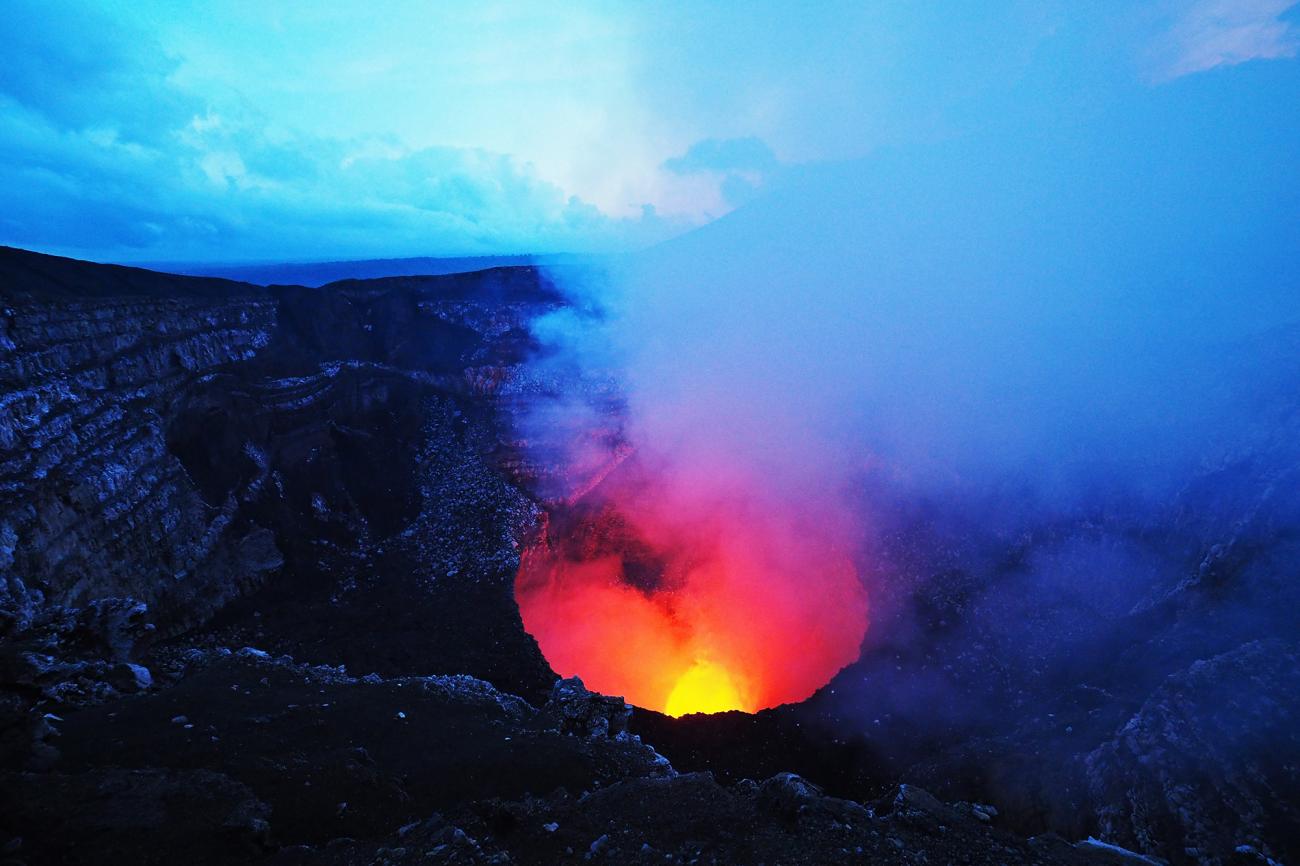
The smoking Santiago crater of the Masaya volcanic complex is one of the most unusual volcanoes in the Americas, maintaining a constant pool of lava (neither receding nor discharging) in its open crater. If smoke and lava levels permit, the inner churnings of an active volcano can be witnessed by peering inside the active crater.
It is a place of eerie beauty with rugged lunar landscapes punctuated by delicate plant life, remarkably resilient animal life and a panoramic view of Nicaragua’s great lake valley. Due to intense volcanic activity in recent years hiking is limited in the park, and most visits are restricted to 15 minutes.
Mombacho Volcano
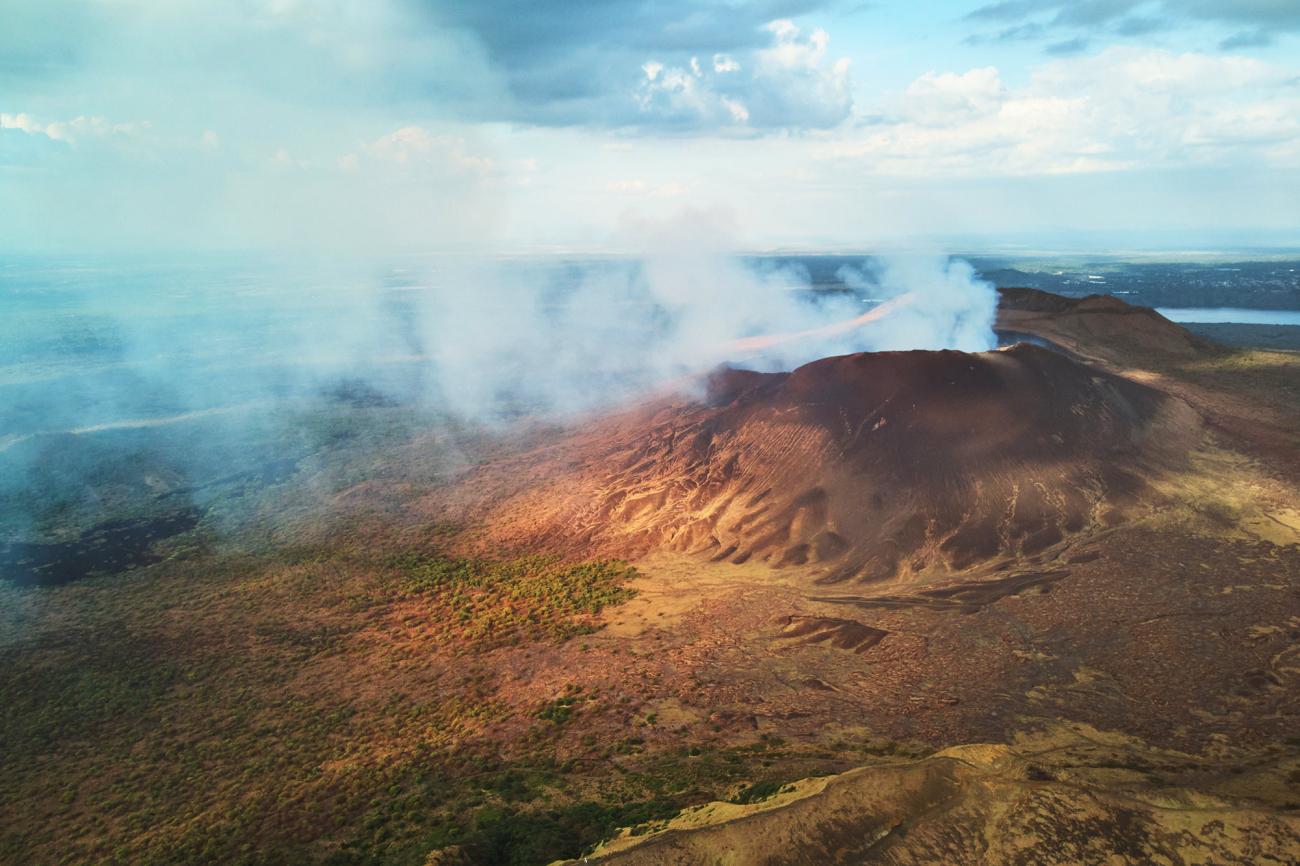
Situated 10km outside of Granada is one of two cloud forests found in Nicaragua’s Pacific slope. The summit has five craters and is home to some of Nicaragua’s most magnificent cloud forest vegetation full of ferns, bromeliads and orchids, where you can find the endemic Mombacho salamander (Bolitoglossa mombachoensis) and nearly 200 species of birds.
The summit trail of Mombacho Volcano offers views of craters, and if clear, Granada, Lake Nicaragua and Las Isletas, whereas the more difficult trails Tigrillo and Puma reveal an even more extensive list of wildlife.
As well as enjoying the forest reserve, where you can even zip-line above the stunning forest canopy, the 1,344-metre-tall volcano is home to an abundance of additional activities, from visiting the local coffee plantations and ranches along the western slopes to learning more about the old indigo and current cacao production found at the eastern base.
Morgan’s Rock
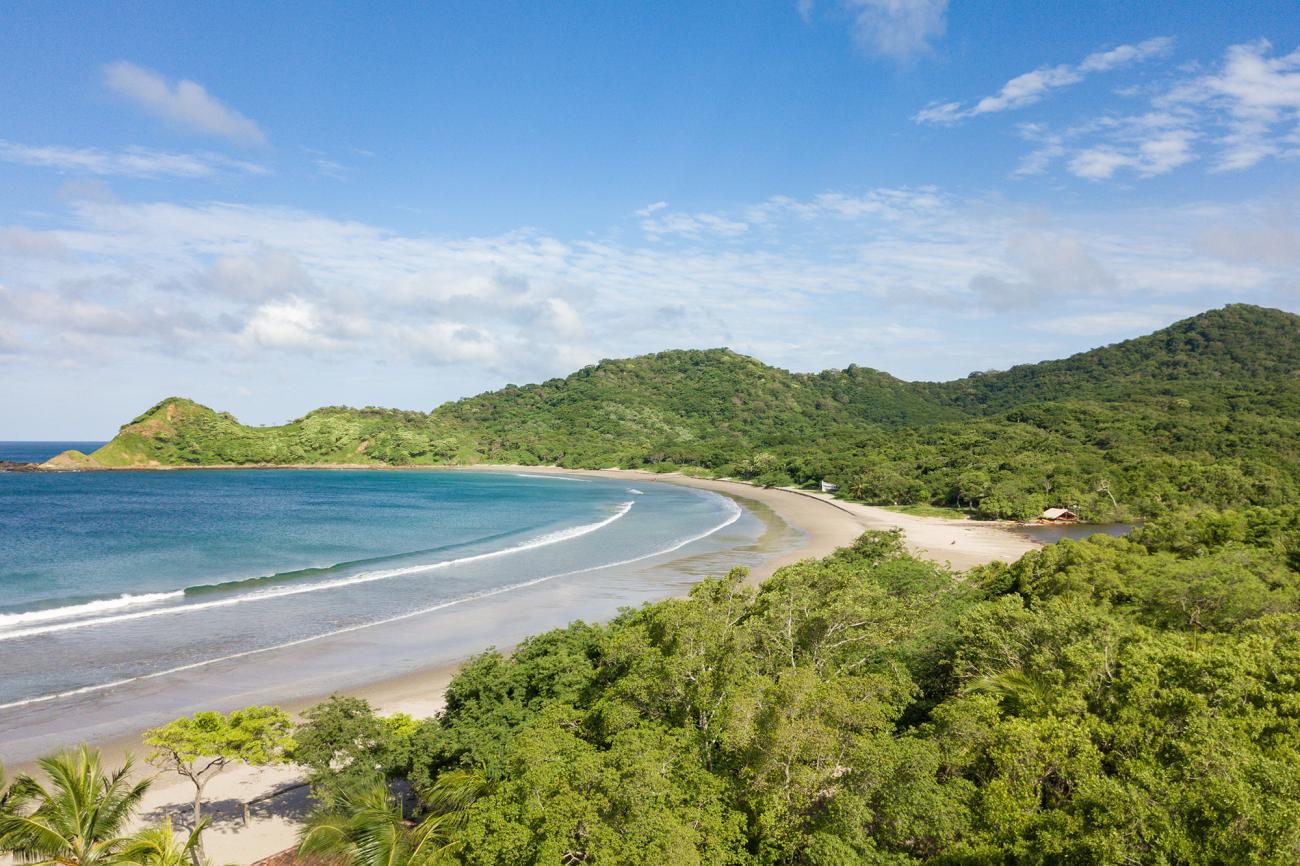
Just north of San Juan Del Sur, on Nicaragua’s South Pacific Coast is one of the prettiest and most under-developed coastlines on the Pacific, with low mountains covered in the lush forest that meet tan and white sand beaches. Nestled in more than 4,000 acres of private coastal nature reserve on that coast is Morgan’s Rock Ecolodge, a destination in itself.
With a private beach and an extensive system of trails, Morgan’s Rock is one of the finest coastal tropical dry forests in Central America, with a gorgeous sweeping private beach and an estuary shared by less than 20 precious wooden bungalows that are perched on a cliff overlooking the sea. Along with kayaking and paddleboarding, visitors can mountain bike, nature hike and fish or surf on a nearby beach, but most find the thatched huts along the pristine beach attraction enough to pass a day or two. It's one of our favourite places to visit in Nicaragua to unwind and relax.
Ometepe Island
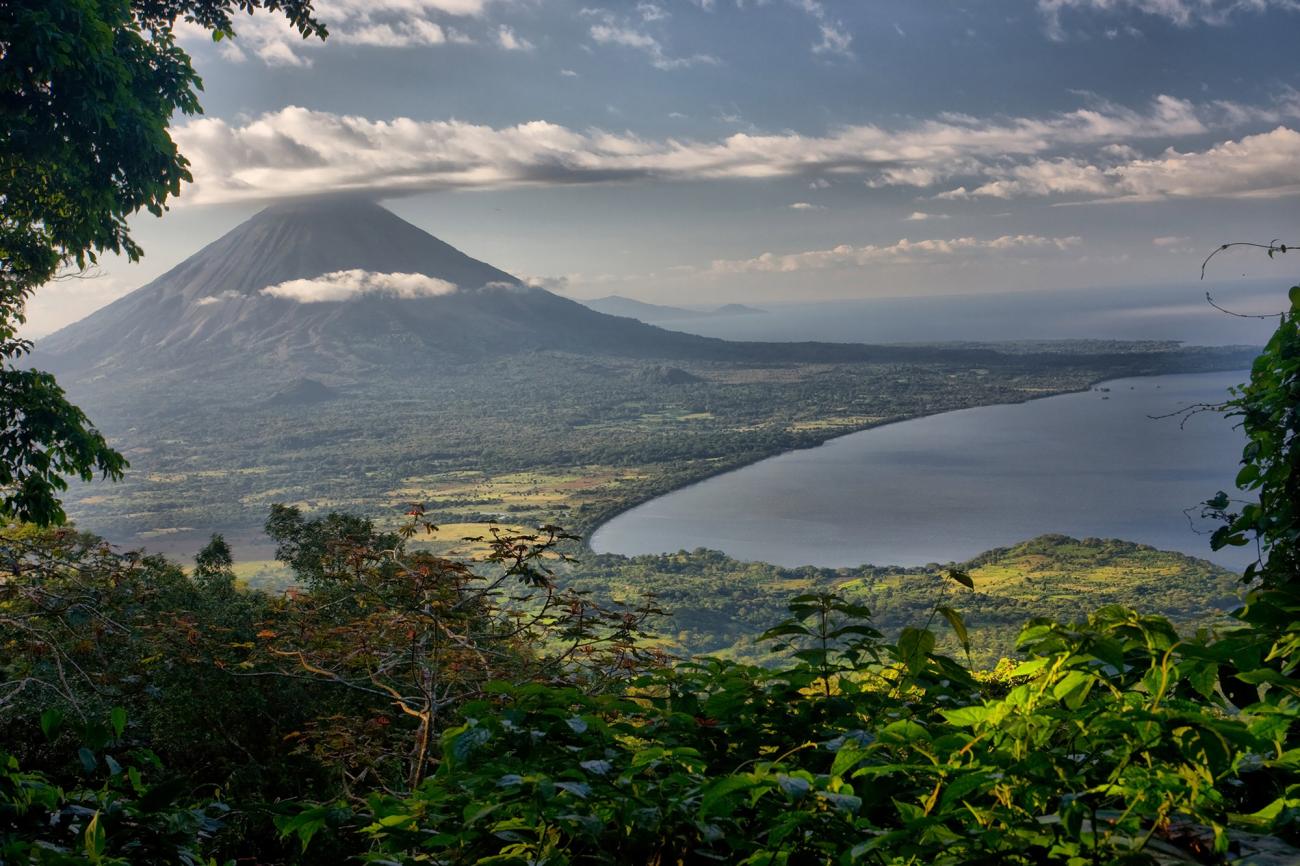
Ometepe’s two volcanoes rising out of Lake Nicaragua seem improbable, prehistoric and almost otherworldly. The two cones are nature reserves and they are connected by a 5-km wide lava-flow isthmus. Travel on the island is always in the shadow of one of its two Olympian volcanic cones.
The dominant mountain is the active Volcán Concepción (1,610 m), whilst Volcán Maderas (1,394m), which last erupted around 800 years ago, is now believed to be extinct. Isla de Ometepe is also home to many freshwater beaches, the most accessible of which is Playa Santo Domingo, a long stretch of grey sand on the Isthmus of Istián, a fertile lowland finger that connects the two volcanoes’ round bases.
Ometepe also has much to offer culture lovers, with unique traditions and pre-Columbian remains found on the island, and stands as a paradise for hikers, climbers, bikers and nature lovers; a must-see for anyone with a strong interest in culture and archaeology.
San Juan River
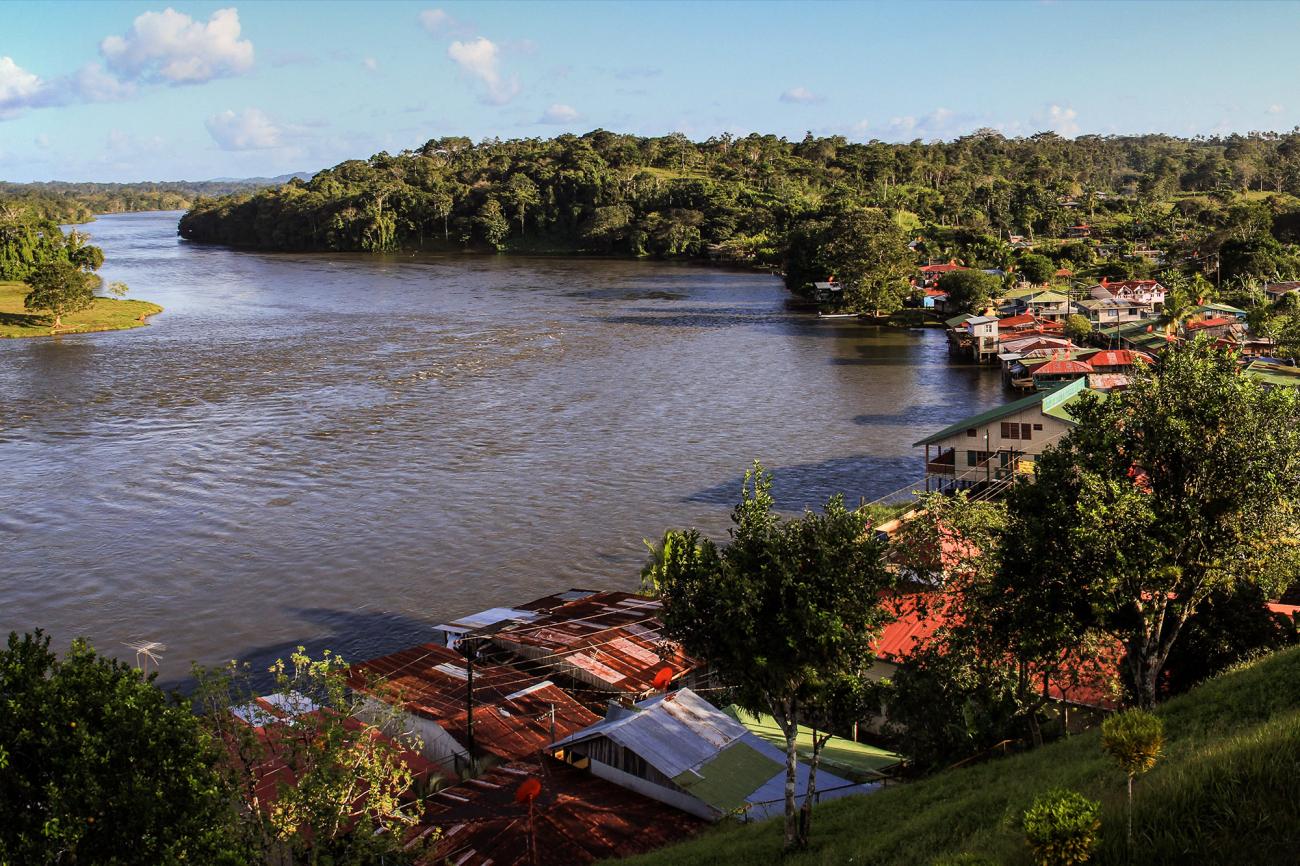
A historic waterway that is now best known for ecotourism, the 190km-long Río San Juan is the only river that drains Lake Nicaragua into the Caribbean Sea. For the visitor, it is an opportunity to experience rainforest flora and fauna and journey from Central America’s biggest lake, all the way to the thundering surf of Nicaragua’s eastern seaboard, while following in the wake of Spanish explorers, Dutch and French pirates and the British Navy.
The river was seen for centuries as the natural canal between the two great oceans, and today it provides access to Nicaragua’s finest lowland rainforest - the Indio-Maíz Biological Reserve, which runs from El Castillo all the way to the scenic coastal estuaries of the Caribbean Sea.
Selva Negra
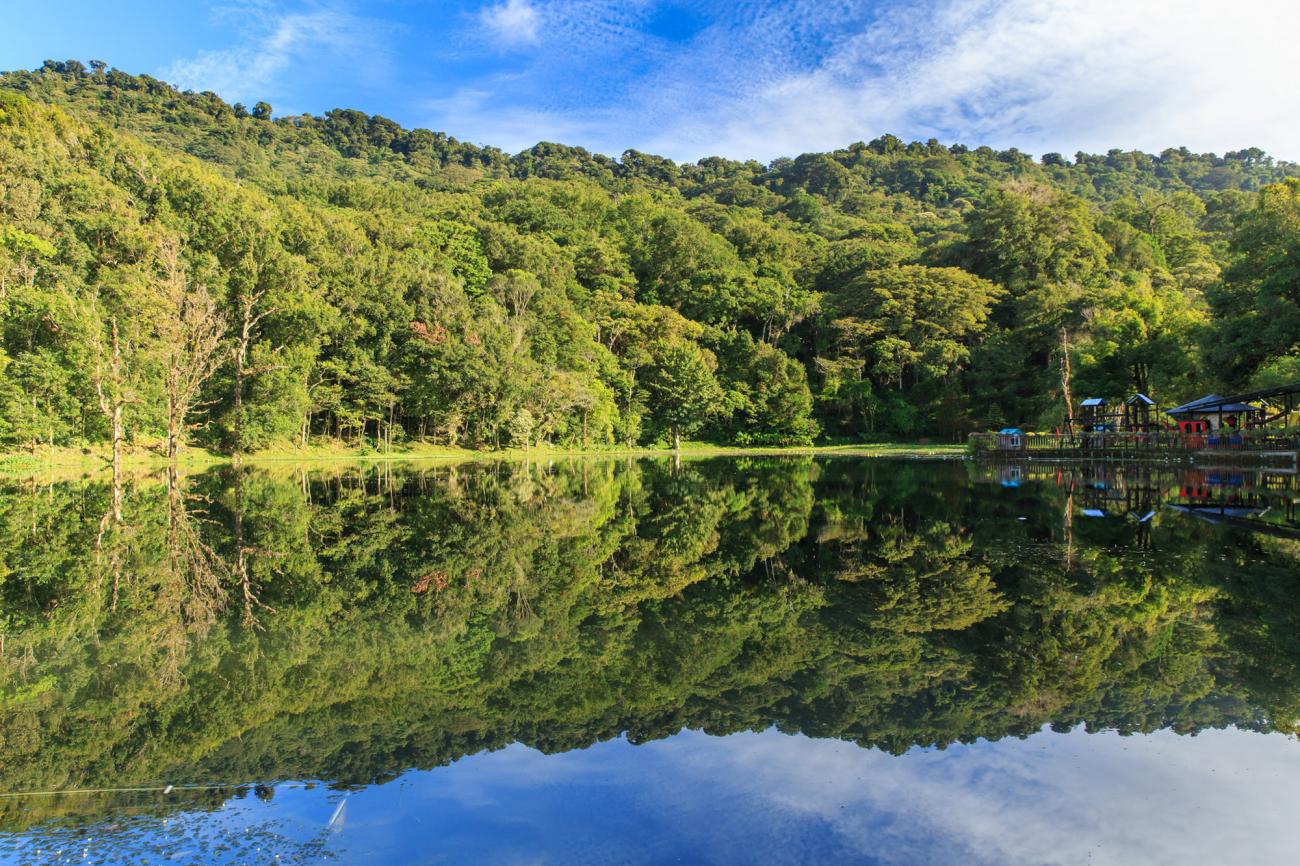
A landmark organic coffee hacienda and private cloud forest reserve, Selva Negra, or the Black Forest, is a pioneer in the burgeoning practice of setting aside economically productive land for private nature reserves.
Its critical watershed of 30 creeks has been rescued by the reforestation of its higher elevations that were once used for coffee production, while simultaneously restoring flora and fauna and making it a key site for ecotourism. Birding is excellent around the property, with more than 200 species documented thus far, howler monkeys are present while other mammal populations are on the rise.
What makes Selva Negra notable worldwide is the way the hacienda's organic coffee, vegetable, flower and animal farming is organised and operated. The hacienda is a model for sustainability, recycling everything from coffee husks to chicken blood. Coffee processing wastewater (a serious pollutant in coffee-growing regions) is run into two-step pressurising tanks that create methane biogas, which is then used on the farm and lodge for cooking and other chores.
Solentiname Archipelago
A national monument, the 36-island archipelago is located in a remote and beautiful corner of massive Lake Nicaragua. A key part of Nicaragua’s revolutionary history and home to some of its finest painters, it was an idealistic poet-priest who founded the artist colony and local church before becoming Minister of Culture in the 1980s.
The islands also provide shelter to an impressive array of wildlife, and touring is usually a mixture of nature and culture while travelling between islands by motorboat. Without roads or electricity, Solentiname is the epitome of peace. The art produced by some of its 800 or so residents reflects natural themes and local legends, and the islands act as the best jumping-off point to visit the precious Los Guatuzos Wildlife Refuge.
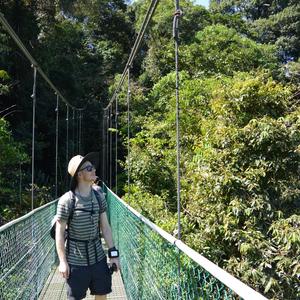
Harry Foskett
View harry foskett's latest blog posts, related tours.
- Central America
- 15 Epic Places In Nicaragua...
18 Epic Places in Nicaragua You Should Visit

A friendly, welcoming all-rounder and the most diverse of all Central American countries, Nicaragua has it all: gorgeous Spanish-colonial architecture, a wealth of indigenous culture, idyllic white-sand beaches beneath swaying palms on Caribbean islands, climbable volcanoes, world-class surf beaches and huge swathes of protected jungle, home to numerous bird and animal species. Whether you’re looking to dally in handsome towns, hit the waves along the Pacific coast or get off the beaten track by staying at a coffee cooperative or venturing into virgin rainforest, the many epic places to visit in Nicaragua are bound to beguile you.
Architectural Landmark

There’s a palpable buzz to León , hotbed of the Sandinista revolution in the 1980s and one of the most alluring towns in Nicaragua . Maybe there’s something in the water, or perhaps it’s the somewhat dilapidated Spanish Colonial architecture, cosmopolitan dining scene, some of the finest contemporary art in Central America or the happening nightlife catering to a large student population. A standout sight is the Museo Histórico de la Revolución , devoted to those who challenged the Somoza dictatorship ; you’ll be shown around by a former revolutionary who participated in the conflict.

2. Isla Ometepe
Natural Feature

You’ll see the twin peaks of the Concepción and Madera volcanoes come into view as your rickety ferry chugs its way from the port of San Jorge across the massive Lake Nicaragua – home to freshwater sharks – long before you reach the shores of the island. Both volcanoes can be climbed, but if that’s not your bag, the island has plenty of other options to offer travelers: a standard beach holiday in Santa Cruz, a hike to the namesake waterfall from the village of San Ramón , tours to ancient petroglyphs, kayaking in the mangroves of the Istiam River, kicking back at the organic fincas (farms) and ecolodges around Balgüe or exploring the remote communities on the south shore of the island via mountain bike or on horseback.
3. Masaya Volcano

Peering at bubbling lava is one of the undisputed highlights of a visit to Nicaragua . Hike the trails along the slopes of Masaya – one of the most active volcanoes in the country – during the day, then drive down to the nearby Laguna de Apoyo for a refreshing dip. For an extra special experience, visit at night, when tour buses are allowed to drive almost right up to the lip of the crater, the lake of molten magma glows a golden red and your fellow visitors appear like other-worldly apparitions between the sulfurous columns of gas rising from the crater. If you’re driving yourself, don’t forget to point your vehicle downhill in case of an emergency evacuation.

One of the oldest towns in the New World, Granada is a beguiling urban enclave. There’s a languid timelessness to the narrow, centuries-old cobbled streets, the graceful Spanish Colonial mansions and churches and the clip-clopping of horse hooves around the tree-shaded central plaza that lies in the shadow of the cathedral. Base yourself in one of the best hotels in Granada , or push the boat out with a stay in a luxury hotel . Then, after you’ve learned about the pre-Columbian people of Nicaragua at the Convento y Museo San Francisco and taken part in the beans-to-bar workshop at the Museo de Chocolate , head for the Marina Cocibolca, where the land dissolves into a mass of islets dotting Lake Nicaragua, and take a boat trip into the big blue.
5. Cerro Negro and El Hoyo

A visit to one of the youngest active volcanoes in the world is a must for adrenaline-seekers wanting to try their hand at a unique sport and a popular day trip from León. Located in Reserva Natural Pilas, Cerro Negro came into being in 1850 and has had 23 eruptions to date. Most tour agencies in León offer three-hour guided hikes to the summit of neighboring El Hoyo, or shorter 40-minute treks up Cerro Negro, which requires stamina, a sun hat and plenty of water. One of the best things to do in Nicaragua, volcano surfing , involves donning a cool jumpsuit and shimmying down the slope of black volcanic ash using a waxed board, leaving plumes of black dust in your wake.
6. San Juan de Oriente
Architectural Landmark, Historical Landmark
This village overlooking the Masaya lagoon has been producing ceramics since before the Spanish conquest, and its artisans are internationally renowned for their craft. Whether you’re looking for decorative vases or functional crockery, you’ll find it here, exquisitely decorated and very reasonably priced. Treasures to look out for include the geometric designs of Helio Gutiérrez, the recreated pre-Columbian jaguar vessels of Gregorio Bracamonte, the cubist creations of José Ortiz and the utilitarian kitchenware of Miguel Ángel.
7. San Juan del Sur

The original surfer party town, San Juan was once frequented by Matthew McConaughey before word got out and the place got too big for its breeches. Whether you’re looking for crush-a-beer-can-against-your-forehead action with like-minded young travelers around the pool at your hostel of choice, or you’ve come with your surfboard waxed and ready to hit the breaks off nearby Playa Maderas, Playa Remanso and Playa Hermosa, you’re likely to find yourself lingering in San Juan longer than intended, enjoying the laid-back vibe, brown sugar half-moon beach and clutch of excellent restaurants and bars .
8. Somoto Canyon
This isolated canyon near the Nicaragua-Honduras border is a beautiful natural attraction that many travelers sadly miss out on. It takes a bit of effort to get here via the city of Esteli, but it’s worth the trip for the hiking , swimming and canyoning that awaits. Recommended by Jack Guy .
9. Laguna de Apoyo
Nicaragua is home to a huge number of volcanoes, and this one has a lake in its crater. Apoyo is an easy day trip from Managua , and you can hire kayaks or paddleboards if the feeling takes you. Recommended by Jack Guy.
A private boat tour from Pearl Lagoon on the remote east coast will carry you across the choppy waters of the open sea to this cluster of tiny Caribbean islands, all palm-shaded white sand and cerulean waters. The names – Crawl Cay, Grape Cay, Wild Cane Cay – may remind you of the islands’ past as buccaneer hideouts, and unless you choose to overnight at one of the best hotels in Nicaragua on Lime Cay, you’re destined to spend the night camping on the beach, living out your shipwreck fantasy. Conservation-minded travelers may wish to visit Crawl Cay between June and September to observe the efforts of the community-run hawksbill turtle conservation program.

Little Corn Island
From the air, Little Corn is shaped like a lamb chop, the vivid green of jungle vegetation standing out against the deep blue of the Caribbean Sea and the aquamarine shallows that fringe its white-sand beaches. Expect that you won’t be coming by air: the only way to get here is by flying to Great Corn Island from Managua, then hopping aboard a narrow panga boat for an exhilarating – and wet – journey to this tiny speck of land. It’s one of the most beautiful places to visit in Nicaragua, and the attractions consist of diving with hammerhead sharks, lazing on beaches and scrambling up to the lighthouse for epic sunset-gazing.
Bosawás Biosphere Reserve
Second only in size to the protected rainforest in Brazil , this Unesco Biosphere Reserve comprises dense jungle bisected by rivers and acts as a vital wildlife corridor for migrating species. It is home to jaguars, Baird’s tapirs, spider monkeys and over 600 of the 790 Nicaraguan bird species, including harpy eagles and resplendent quetzals. One of the best places to visit in Nicaragua, it’s a remote and difficult place to reach, but rewards you with jungle adventure and wildlife spotting opportunities. Ranger stations at Siuna and El Hormiguero can help organize guides for multi-day treks; start by making enquiries at the Bosawás office in Managua.
Río San Juan
Shadowing half of the border with Costa Rica to the south, this ribbon of water meanders through dense jungle and connects with the southern end of Lake Nicaragua. Accessed from the southern town of San Carlos – either by bus or plane from Managua – it was a popular waterway for Spanish conquistadors, indigenous traders and adventurers in search of mythical gold hoards. Today, it’s one of two access routes into the Indio Maíz Biological Reserve, where you can stay in jungle lodges along the river and go in search of jaguars, macaws and alligators.
Solentiname Archipelago
Reachable by boat from the port town of San Carlos, this scattering of 36 jungle-shrouded islands and islets in the southern half of Lake Nicaragua is a wonderfully low-key destination where you can immerse yourself in the lives of local fishers, paddling out at sunrise with binoculars to observe waterfowl or going fishing. You can also hike to see the ancient petroglyphs on Isla Mancarrón, the largest of the islands. Base yourself on Mancarrón to check out the colorful balsa-wood carvings produced by local craftspeople, view the mural by painter Róger Pérez de la Rocha in the chapel of Nuestra Señora de Solentiname and visit the artists’ cooperative on San Fernando island to take your pick of the best balsa-wood sculptures.
Jinotega & Ruta de Café
Jinotega – City of the Mists – is surrounded by mountains covered in cloud forest, and is arguably one of the most beautiful places to visit Nicaragua. A good base for hiking in primary woodlands, Jinotega is best known as the heart of the thriving coffee industry, and is a jumping-off point for visiting the coffee fincas (farms) in nearby villages that make up the Ruta de Café. This loose alliance of growers, ranging from collectives and individual subsistence farmers to coffee plantations going back several generations, has been enticing intrepid coffee drinkers to this little-visited part of north Nicaragua. The best places to sample coffee, spend the night and join in the coffee harvest include Selva Negra in Matagalpa and El Jaguar in San Rafael del Norte .

Playa Popoyo
Stuck for things to do in Nicaragua? Catch a shuttle from surfer haunt San Juan del Sur or a public bus from the bustling market town of Rivas to Playa Popoyo, a seemingly endless stretch of sand dotted with a few surfer hostels and quirky guesthouses, low-key eateries and a couple of shops catering to wave riders. Surfers come here from all over the world to hit those famous waves: a peaky reef and surf break with carvable walls that breaks over Playa Sardinas, and an off-shore beast of a wave that breaks over the outer reef – for experts only!
Las Peñitas
San Juan del Sur might be the best known surf town in Nicaragua, but it’s getting busy and expensive as a result. The relaxed fishing town is just 30 minutes by bus from Leon, surf lessons are cheap, and the vibe is a lot more laid back. Recommended by Jack Guy.
Miraflores National Park
Head to the town of Esteli in northern Nicaragua to reach this beautiful national park. You can plan one or multiple day hikes with local guides through amazing cloud forests, and you’ll see hardly any other tourists. Recommended by Jack Guy. This is an updated rewrite of an article originally by Russell Maddicks.
Since you are here, we would like to share our vision for the future of travel - and the direction Culture Trip is moving in.
Culture Trip launched in 2011 with a simple yet passionate mission: to inspire people to go beyond their boundaries and experience what makes a place, its people and its culture special and meaningful — and this is still in our DNA today. We are proud that, for more than a decade, millions like you have trusted our award-winning recommendations by people who deeply understand what makes certain places and communities so special.
Increasingly we believe the world needs more meaningful, real-life connections between curious travellers keen to explore the world in a more responsible way. That is why we have intensively curated a collection of premium small-group trips as an invitation to meet and connect with new, like-minded people for once-in-a-lifetime experiences in three categories: Culture Trips, Rail Trips and Private Trips. Our Trips are suitable for both solo travelers, couples and friends who want to explore the world together.
Culture Trips are deeply immersive 5 to 16 days itineraries, that combine authentic local experiences, exciting activities and 4-5* accommodation to look forward to at the end of each day. Our Rail Trips are our most planet-friendly itineraries that invite you to take the scenic route, relax whilst getting under the skin of a destination. Our Private Trips are fully tailored itineraries, curated by our Travel Experts specifically for you, your friends or your family.
We know that many of you worry about the environmental impact of travel and are looking for ways of expanding horizons in ways that do minimal harm - and may even bring benefits. We are committed to go as far as possible in curating our trips with care for the planet. That is why all of our trips are flightless in destination, fully carbon offset - and we have ambitious plans to be net zero in the very near future.

Places to Stay
The best hotels in granada, nicaragua.

The Best Boutique Resorts in Nicaragua

See & Do
The most beautiful historical towns and cities in nicaragua.

The Best Bed and Breakfasts in Nicaragua

Bars & Cafes
The best wine bars in nicaragua.

The Story Behind How Nicaragua Got its Name

How To Go Volcano Boarding in Nicaragua

Managua: Why This Hidden Gem Deserves to be Explored

Guides & Tips
11 nicaraguan words and phrases you need to know.

Where to Stay in Granada, Nicaragua

The Best Hotels in Nicaragua for Every Traveler
The best markets to visit in nicaragua, culture trip spring sale, save up to $1,100 on our unique small-group trips limited spots..

- Post ID: 1580544
- Sponsored? No
- View Payload
Eternal Arrival
Travel in the U.S., Europe, & Beyond.
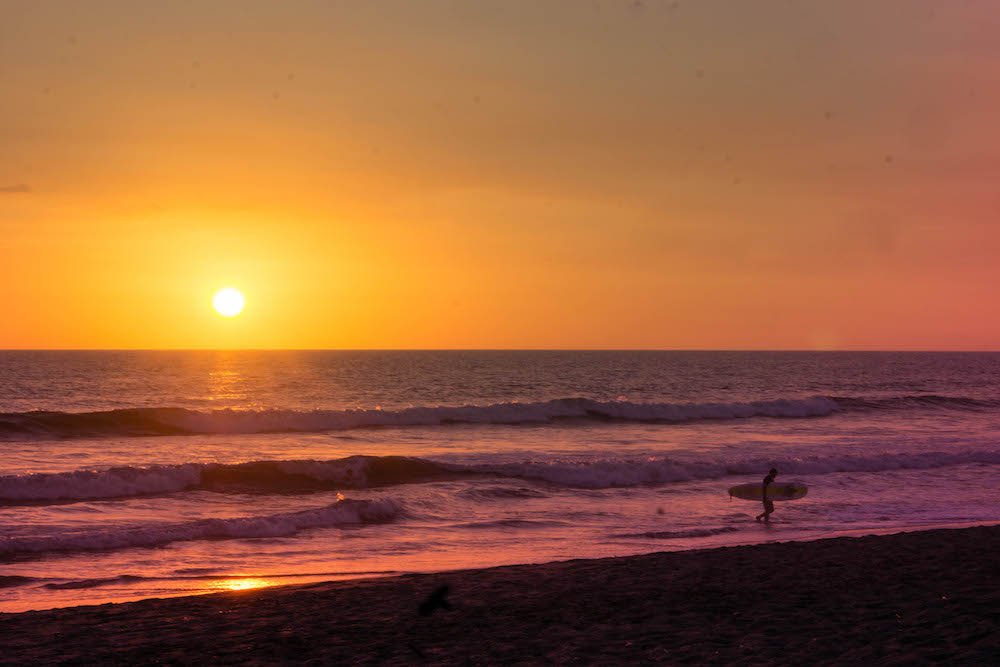
Nicaragua Bucket List: 25 Epic Things to Do in Nicaragua [2023]
Nicaragua was just made for bucket list adventures – with nearly 20 active volcanoes and two equally epic coastlines, it’s heaven on earth for the adventurous spirit.
The icing on the cake? Nicaragua is one of the most affordable places to travel in all of North America, with budget-friendly hostels and lots of affordable things to do.
Nicaragua is far cheaper than its neighbors Costa Rica and Panama , but it’s just as full of adventures.
In fact, it’s one of the cheapest countries in the world to travel!
If you don’t know what is there to do in Nicaragua, you’re in luck – this country has something for everyone.

I spent over five weeks in this small yet action-packed country and had the adventure of a lifetime.
From hurdling down the slope of an active volcano to scuba diving in the Caribbean Sea, I couldn’t simply pick a top 10… so here are the 25 best things to do in Nicaragua to help you plan your trip.
Curious to see what to do in Nicaragua? Let’s get started!
Best Things to Do in Nicaragua
Volcano board down central america’s youngest volcano ..
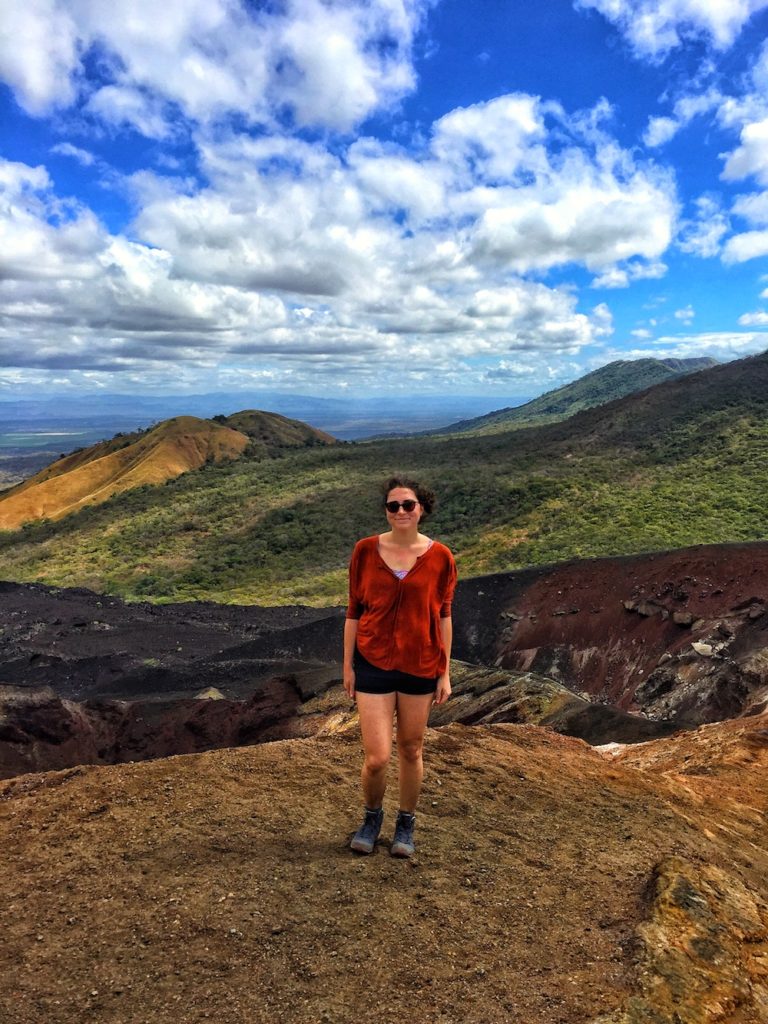
Of all the top things to do in Nicaragua, volcano boarding down Cerro Negro is perhaps the most unique.
Cerro Negro is a young volcano at only 150 years old, and it’s also one of Nicaragua’s most active.
In fact, it’s overdue for an eruption, adding an extra death-defying element to your 30+ mph hurdle down thousands of feet of volcanic gravel!
It’s one of the most popular activities to do in Nicaragua… truly, you can’t go far in the country without seeing a backpacker wearing a volcano boarding T-shirt.
This one’s not for the faint of heart — I fell three times and lived to tell the tale — but it’s an adrenaline rush that only Nicaragua can offer.
Volcano boarding is something you have to do with a tour; it’s impossible (and unwise!) to do independently.
It’s the most popular thing to do in Leon, so be sure to book ahead to reserve a spot .
It should go without saying, but make sure you have travel insurance in Nicaragua, especially when doing crazy things like this!
Where to stay.
I stayed in a dorm at Hostal Casa Abierta and loved it, especially the excellent outdoor pool (perfect for hot Léon) and the delicious restaurant.
It’s quiet but well-kept, with its own eco garden and sustainability measures, which I really liked!
Cliff jump and swim through Nicaragua’s canyons.

The incredible Somoto Canyon was only “discovered” in 2004, and it’s a well-kept secret (though less guarded as each year passes).
Few people outside of Nicaragua have even heard of it!
Those who go will be rewarded with turquoise blue water surrounded by limestone cliffs reaching hundreds of feet high.
You can jump off cliffs up to 33 feet high or just swim and float through the peaceful water.
No matter how you enjoy it, Somoto is one of the best things to see in Nicaragua, so be sure you make time for it if possible.
Be sure to reapply your sunscreen carefully under your life jacket, so you don’t end up permanently branded with a tramp stamp suntan like I did. Ooops.
I suggest you go with a tour like I did — my friends who tried to go on their own found it rather difficult.
Where to Stay: Stay in Léon or if you want to attempt to self-guide, check out Estelí. You can get to Somoto easily from there, about 1.5 hours away.
For Estelí, Casa Vínculos is among the best-rated rated in town and an excellent bargain.
See lava bubble and glow at Masaya.
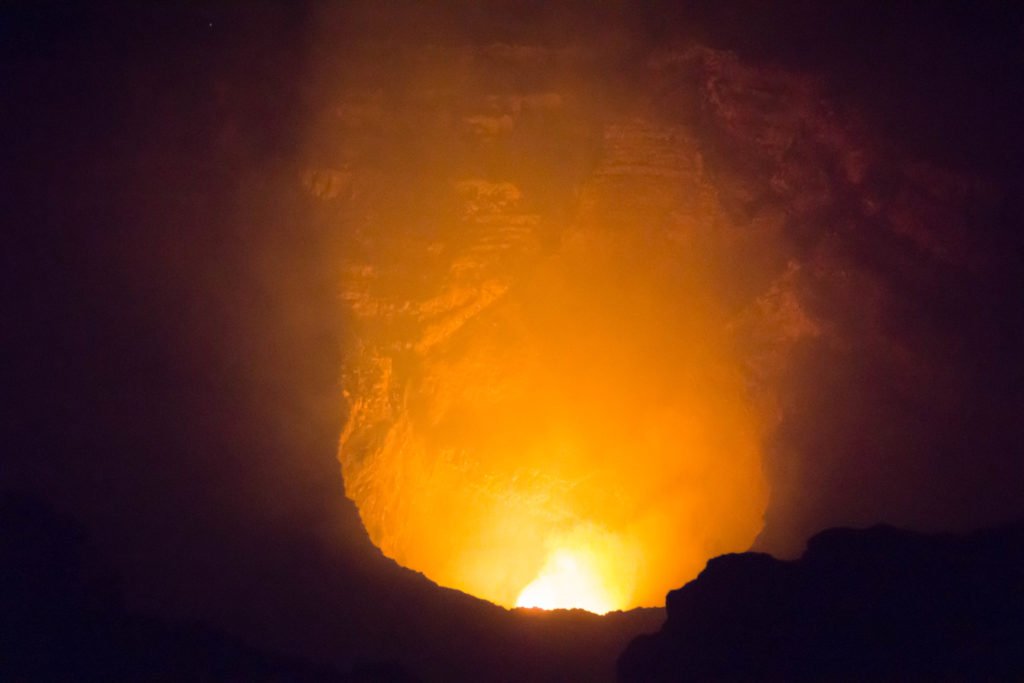
In Granada and wondering what to do? Nicaragua’s most lively volcano is right outside the city!
There’s nothing that makes you respect the badass b*tch that is Mother Nature like staring into the eye of a bubbling orange lava pit!
At Masaya Volcano, you can peer into the volcano from a safe distance, though because of the noxious fumes they limit your time at the crater to about 10 minutes.
Still, it’s an incredible experience, and definitely one of the most iconic things to do in Nicaragua.
Best as a day trip from Granada, a night tour to Masaya surely should top any list of must dos in Nicaragua.
Where to Stay: I prefer to stay in Granada and take a tour, though it’s possible to stay in Masaya as well.
For hostels, I recommend El Caite since they have a pool and Granada is hot, hot, hot.
If you prefer hotels, try Hotel Colonial – the nicest in town and not too expensive!
Swim in an ancient volcanic caldera at Laguna de Apoyo .
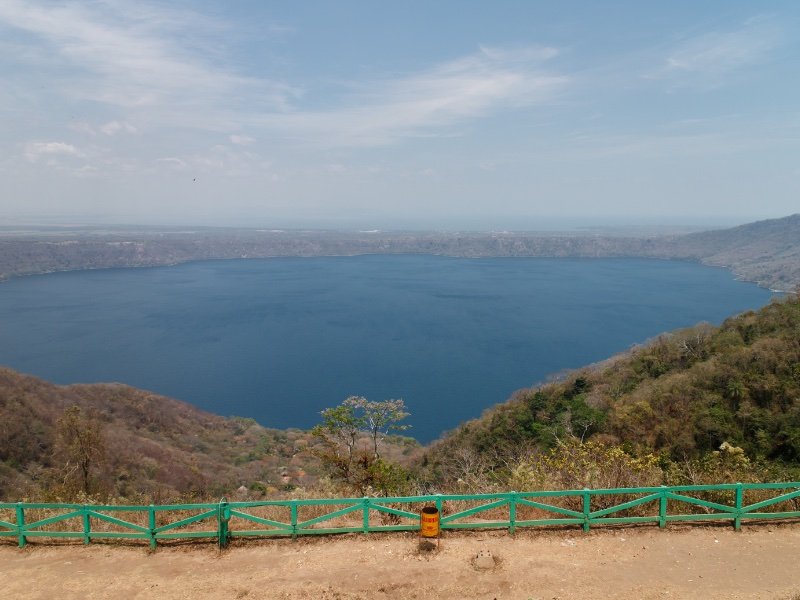
Laguna de Apoyo is a lake formed in the caldera of an extinct volcano between the capital of Managua and the tourist favorite of Granada .
At 175 meters (574 feet) deep, this natural lake is actually surprisingly warm… thanks to the geothermal activity below!
Hostels nearby offer amenities like kayak and stand-up paddleboard rental.
You can do a day trip for as little as $12 including roundtrip transportation and day access to amenities.
Now really, where else can you kayak inside a volcano?
There’s a reason this is one of the most popular places to visit in Nicaragua, so join the crowds and enjoy it.
If you don’t feel like making the day trip to Laguna de Apoyo and would prefer some nature right in Granada, kayaking the Isletas of Granada are a great second choice!
Check tour availability here!
Where to Stay: Same as above – stay in Granada; my recommendations are above!
Learn to surf in Las Peñitas .
Many people go to San Juan del Sur to learn to surf, but I preferred quiet little Las Peñitas , about a 30 minute chicken bus from León.
Lessons start around $20, cheaper than San Juan del Sur where they’re around $30, and the beach in town is much lovelier than San Juan’s.
If surfing’s not your thing – the sunsets ain’t bad either!
The die-hards amongst us can choose a surf camp, but it’s also possible to pick lessons á la carte as you prefer.
Where to Stay: For a hostel, I recommend Mano a Mano Eco Hostel . For a guesthouse, I’d suggest Nayal Lodge .
Hike in the Miraflor Nature Reserve .
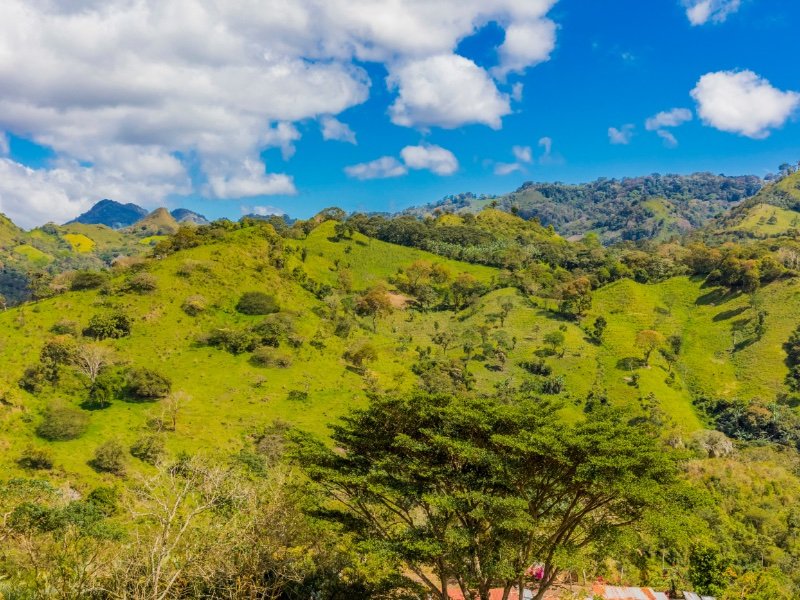
Nicaragua’s north is untouched and pristine, and Estelí makes the perfect base for jumping off to nearby Somoto Canyon and Miraflor Nature Reserve .
You can even arrange 3- to 4-day long homestays with local families who live within the nature reserve if you really want to get off the beaten path and discover Nicaragua’s north.
You can easily make it a day trip by asking around in Estelí.
Where to Stay: Same as my recommendations for Somoto Canyon, Casa Vínculos .
Party in San Juan del Sur .
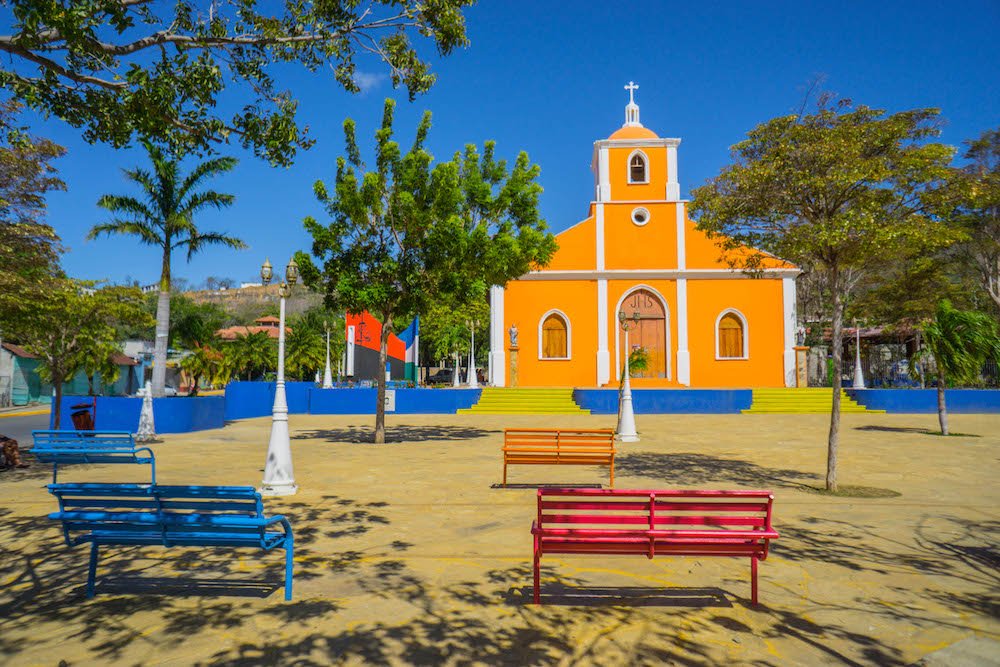
This little touristy town in the very south of Nicaragua (that’s where the “del Sur” comes in) is surprisingly charming despite the legions of Sunday Funday-ers.
Sunday Funday is a massive pool crawl that takes place — you guessed it — each Sunday, with an open bar across 3 different hostels.
The bad news is that this’ll cost you a cool $30 USD, a fortune in cheap Nicaragua.
My liver definitely cannot make $30 worth of beer worthwhile, so I passed.
If you’re younger and hipper than I am, this is one of the can’t-miss things to do in Nicaragua.
Where to Stay: Pick a place wisely — the hostels in town are very party-heavy. If you have more of a budget, Hotel Alcazar has some of the nicest rooms in town.
Sleep on top of an active volcano.
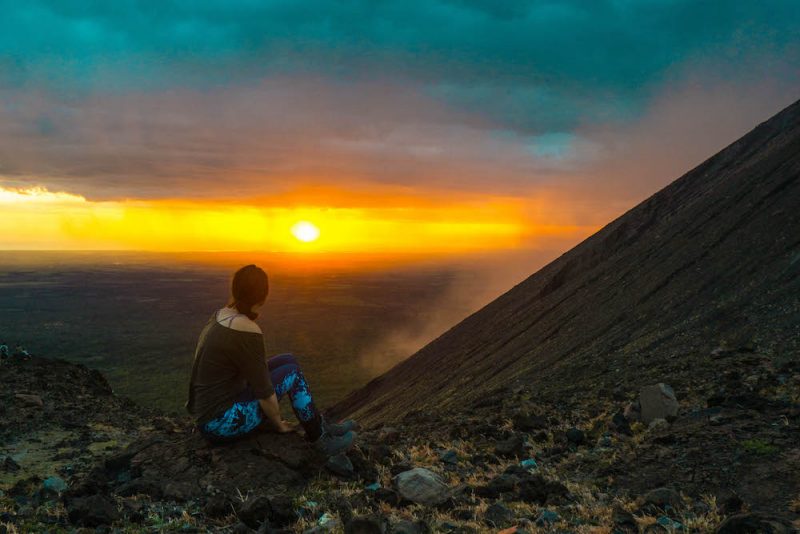
Telica Volcano is another one of Nicaragua’s most active, and it also has the best view of all of them!
And that’s saying something, as Nicaragua has nearly 20 of them.
It’s home to a constantly smoking lava pit and views out to the Pacific as well as San Cristobal.
Since it’s located right on the Ring of Fire, you can also see the other surrounding volcanoes (five of ’em in a row) all the way down to Lake Nicaragua.
The smoke from the crater may look ominous, but it’s actually a good sign — my guide told me that when it stops smoking, that’s when it’s time to run!
On lucky nights, you can look down and even see lava glowing, though not quite at the level as you can at Masaya.
We didn’t have any luck to see the red lava, but the sunset and the following morning’s sunrise were more than worth the climb.
In my eyes, this is one of the best places to visit in Nicaragua, so if you’re into hiking, be sure to make time for Telica.
I recommend doing this as a tour unless you’re a super experienced hiker, as the paths leading up to the volcano aren’t well marked and there aren’t too many people around.
This is the tour I did — I recommend it highly!
There’s nowhere to stay on Telica — just your tent — so see my references above for where to stay in Leon.
Scuba dive – or just relax – in the Corn Islands.
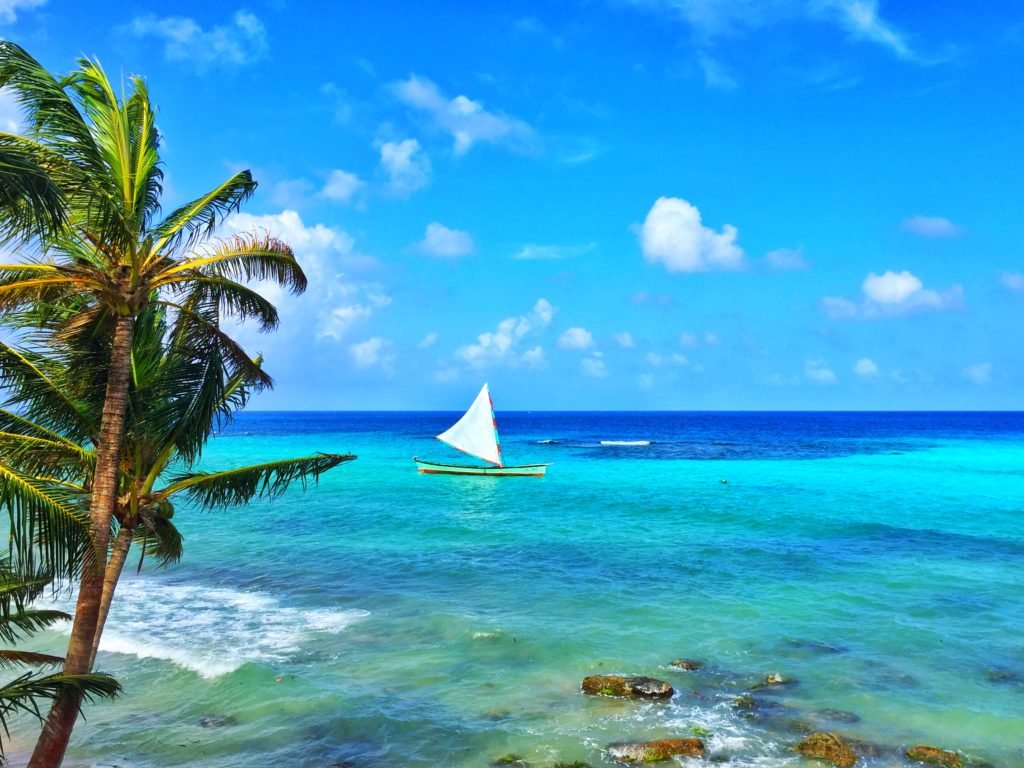
The untouched paradise of Little Corn Island will forever have a little piece of my heart – this gem of an island is simply special.
In contrast to the lovely laidback island life, the surrounding reefs are teeming with active marine life.
Swim with peaceful nurse sharks, parrotfish, spiny lobster, barracudas, blowfish, and more.
It’s one of the best places to visit in Nicaragua, if not the entire Caribbean (I found the diving there comparable to Roatan and Utila , though not quite as good as Cozumel ).
Little Corn is one of the cheapest places in the world to get SCUBA certified ; when I was there, it only set me back about $330 USD.
If you’re already certified, dives here are cheap. When I was there, you could get a package of fun dives, 5 for $150, or single dives for about $35 each.
Make sure you have dive insurance if you dive in Nicaragua! I use DAN, and I use that in addition to my regular travel insurance.
Where to Stay: There aren’t too many options for hostels – I stayed in a private room with a shared bathroom at Three Brothers and thought it offered great value for money.
If you have more money to spend and want something a bit fancy, you can’t go wrong with Yemaya Reef s , where I was a guest for two nights and was the highlight of my time in Nicaragua!
Learn how chocolate is made in Matagalpa.
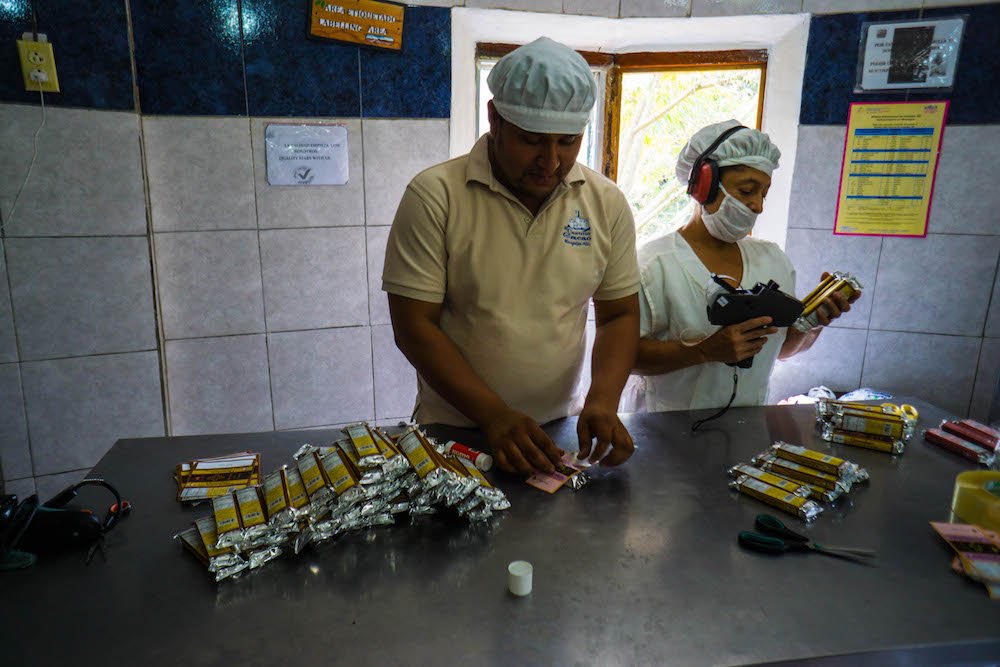
Wondering what to visit in Nicaragua’s northern highlands?
If in Matagalpa, be sure to check out El Castillo de Cacao , a small little chocolate operation where for around $6 USD, you can receive a tour showing you how they make their own chocolate from nearby farms.
It’s no Willy Wonka, but it’s a charming and humble little factory — and samples and coffee are included, of course!
As chocolate is one of the most important crops in the country, it’s definitely one of the most iconic (and delicious!) top things to do in Nicaragua.
Where to Stay: In my opinion, Maria’s B&B can’t be beat in Matagalpa!
Visit a coffee farm.

Nicaragua is renowned for its delicious coffee, and Matagalpa’s surrounding highlands are some of the best places to grow coffee in the world.
If you take the chicken bus from Matagalpa towards Jinotega, you can stop at Selva Negra and take a coffee tour for $20 USD, including tasting the best of Nicaragua’s coffee scene.
These tours only happen once or twice daily, so be sure to call ahead to inquire about schedules.
If that’s not in your budget, you can get a cup of freshly brewed coffee at the restaurant for less than a dollar and enjoy the views of the pond.
You can also hike around the surrounding cloud forest, which is extremely well marked with clearly defined paths.
Where to Stay: See above recommendations for Matagalpa!

Stand atop the largest cathedral in Central America .
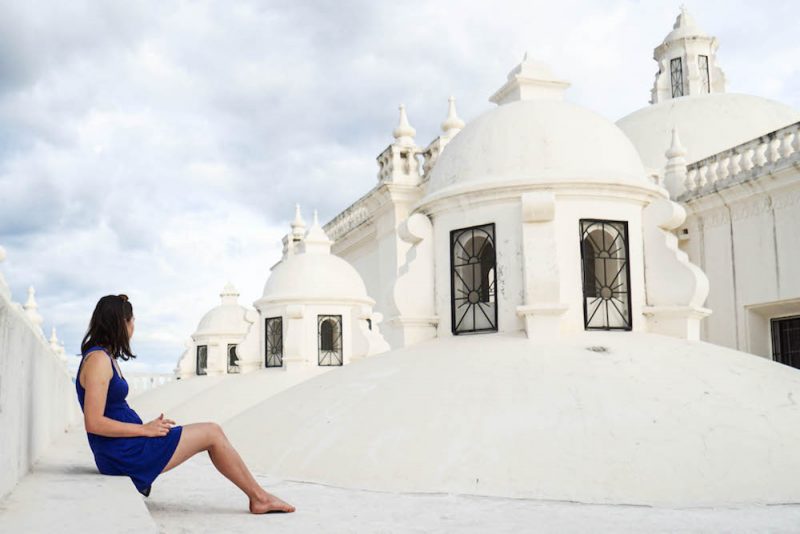
In a country not particularly known for its architecture, the Cathedral de Léon is one thing you simply must see in Nicaragua.
It’s iconic for a reason: how incredibly dreamy is that white rooftop?
They keep it so white by requiring you take off your shoes — wear socks or be prepared for your feet to scorch!
From there, you have an amazing view of the volcanoes surrounding León – you can see Cerro Negro of volcano boarding fame, Telica, Momotombo and Momotombito, San Cristobal, and others flanking the city.
Definitely one of the most photogenic things to do in Nicaragua – I may have had a 30-minute long solo selfie shoot!
Where to Stay: As before – Poco a Poco Hostel for budget; Casa Azul for mid-range.
Pay your respects to those who died in the Revolution .
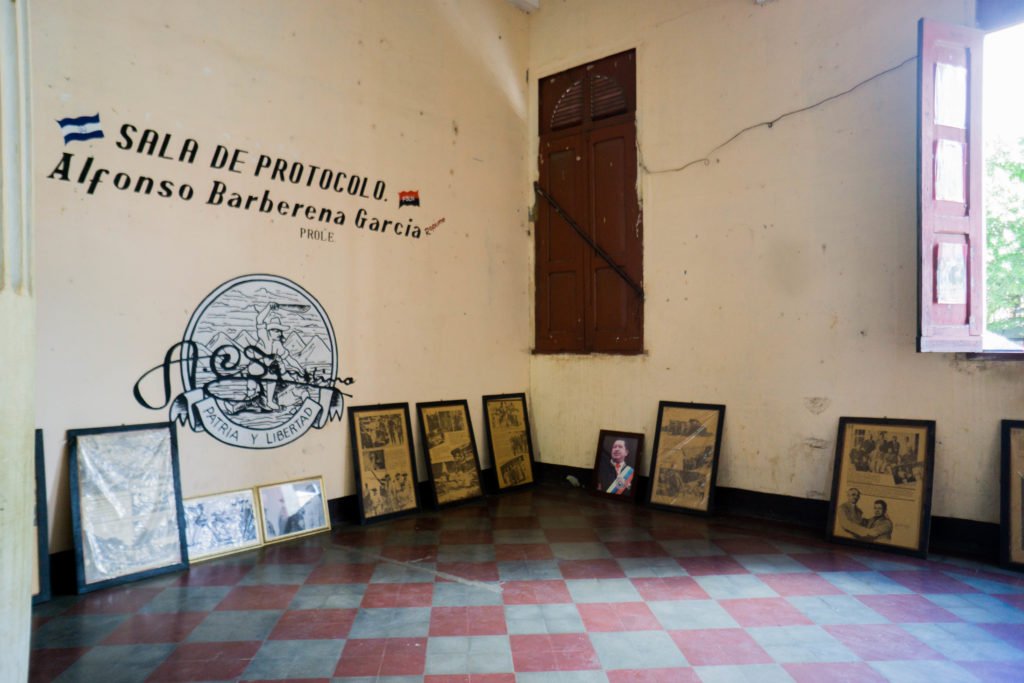
Wondering what to do in Nicaragua’s revolutionary city, Léon?
Visit the Museo de la Revolución , of course!
It is not really a traditional museum; there are no informational placards and very few artifacts to speak of.
What makes this collection of rooms — mostly filled with simply framed photos resting on the floor — a museum is the people who guide you through it: survivors of Nicaragua’s bloody revolution.
Listening to the guide will help you understand the issues both historical and present which face the country today.
Learn how to roll Nicaragua’s finest cigars.
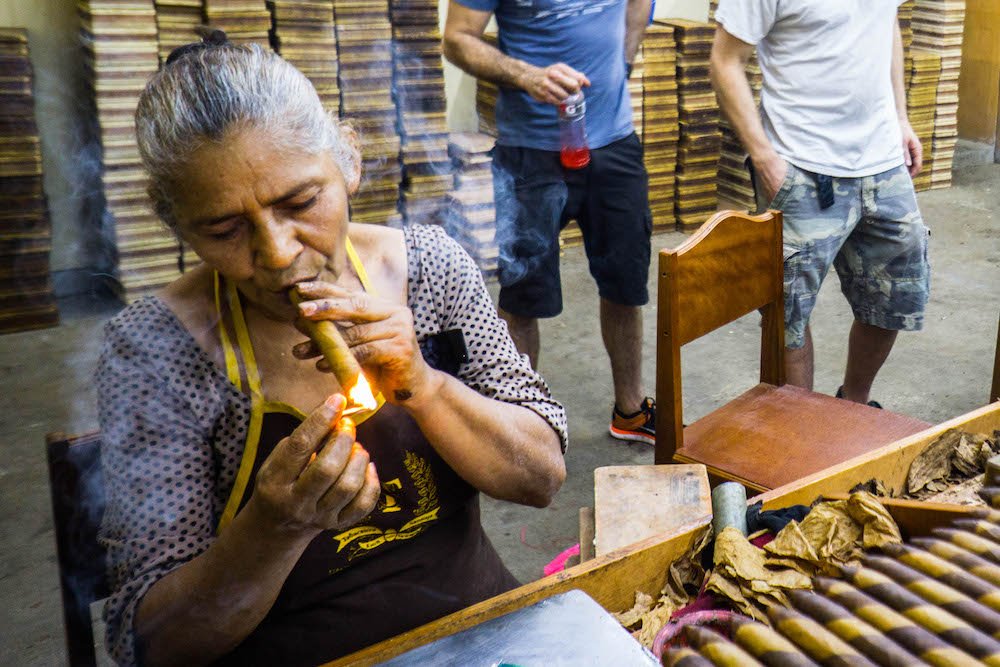
When you think cigars, your mind naturally goes to Cuba – but did you know that hundreds of Cubans fled to Nicaragua after the Cuban Revolution and brought their tobacco farming knowledge with them?
Now, Estelí makes some of the finest cigars in the world, and for around $10 you can take a tour of one of the city’s many small cigar factories selling the best of Nicaragua.
One of the most badass grandmas in the world, who had been working at the factory for nearly 50 years, carefully taught me how to roll cigars.
I had to smile when she deemed me fit to work in the factory and dubbed me “la reina de la fábrica” — queen of the factory.
Learning to roll cigars from the pros is definitely a can’t miss thing to do in Nicaragua’s north, even if you’re not a cigar smoker!
Where to Stay: If you want a hotel, Casa Vínculos is the highest rated in town.
Chase waterfalls in Estelí.

If you’re in Estelí looking for some exciting things to do, Nicaragua’s waterfalls can’t be missed!
The cigar factories of Estelí are so cool, but you leave them feeling as if you’ve just lost a year of life from your lungs because the fumes are ridiculous.
Refresh your poor lungs at one of the many beautiful waterfalls flanking Estelí.
Tisey Estanzuela is the most well-known and is quite close to town – about two hours’ walking distance or a cheap, quick taxi ride away.
If you want to go further afield, there are day trips to Colocondo and Quiabuc las Brisas , which you can find in town when you visit Estelí.
Where to Stay : See recommendations for Estelí above.
Kayak in Nicaragua’s idyllic mangroves.

Kayaking through mangroves of Isla Juan Venado , a nature reserve near Las Peñitas on Nicaragua’s northern Pacific coast, is one of the most peaceful things to do in Nicaragua.
Look for birds and other native life, and if you’re lucky, you may even see a turtle laying its eggs in the sand, as this is a protected turtle sanctuary.
It’s one of my favorite places to visit in Nicaragua, and it’s peaceful and not very touristy.
Where to Stay: I recommend staying in Las Peñitas and getting a day tour or overnight stay. For a hostel, I suggest Mano a Mano Eco Hostel or for a guesthouse, I’d suggest Nayal Lodge .
Get a chocolate massage.
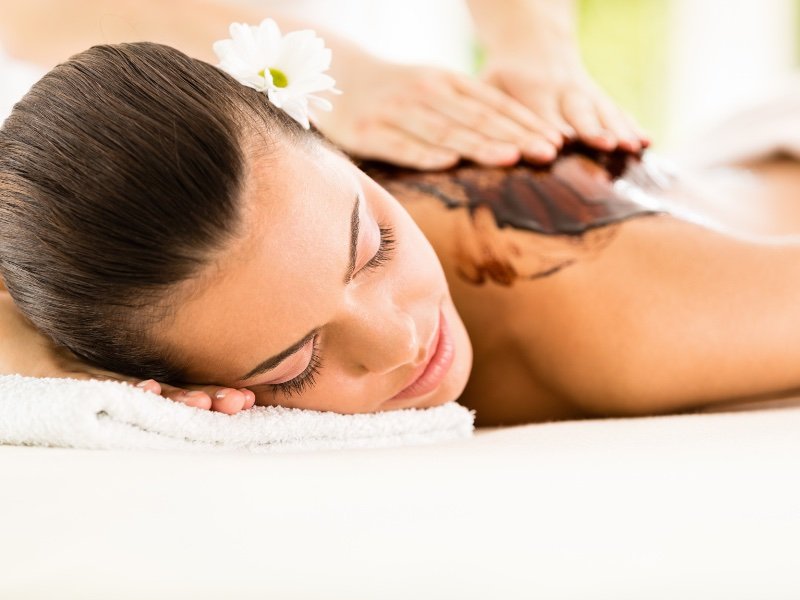
You may be exhausted just reading all of the epic things to do in Nicaragua….
… So why not take 5 (or 60) and relax with a chocolate massage at the luxe Mansion de Chocolate, a colonial era building turned hotel and spa in the beautiful city of Granada?
For a mere $40 USD or so, you can get lathered up in chocolate, scrubbed off, and then have an invigorating massage to soak up all that cacao-y goodness.
Not into the massage, but still curious about chocolate? There are also chocolate workshops in Granada that teach you how to make chocolate.
Where to Stay: If you’re on a budget, try El Caite . If you have some extra cash, though, you can stay at the Mansion de Chocolate itself for not that much money!
Photograph the colonial buildings of Granada.
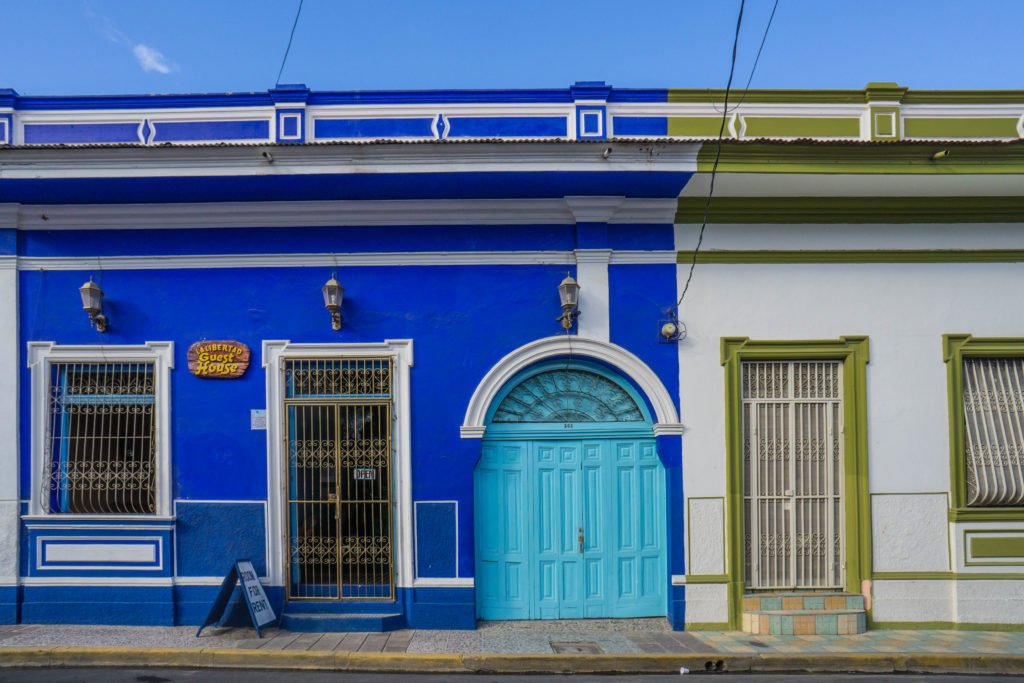
Granada is an Instagrammer’s dream and its colonial architecture is one of the top attractions in Nicaragua – houses of every color line the streets.
From deep cobalt blues to vibrant yellows and hot pinks, basically every color you can think up has a home here.
The doors are no less stunning, and so fun to pose in if you can grab a photo buddy. One of the can’t-miss things to do in Nicaragua without a doubt!
Where to Stay: See above recommendations for Granada.
Get the best view of Nicaragua’s most iconic church .
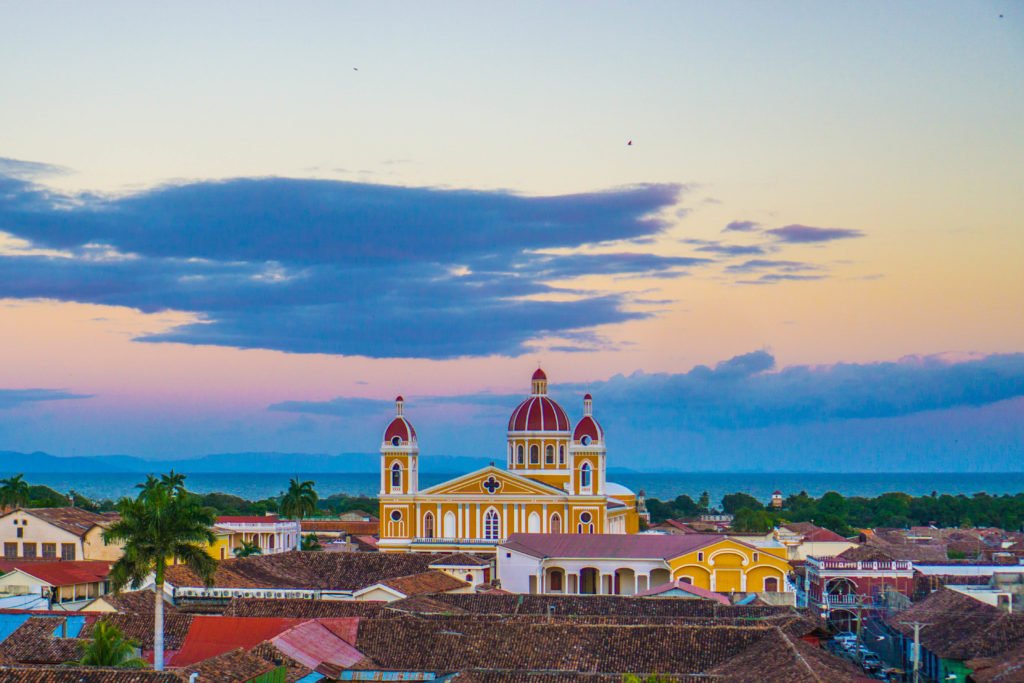
The best view in Granada costs only a buck, and it’s a Nicaragua must see.
Climb to the top of Iglesia de la Merced ‘s belltower and marvel at the view of the yellow and red postcard-perfect Granada Cathedral .
Lake Nicaragua even peeps behind it to make a photobomb appearance so you can really grab the perfect photo!
Go around 5 PM for the best light and a sneak glimpse of sunset before the belltower closes at 5:30.
Try the local food .
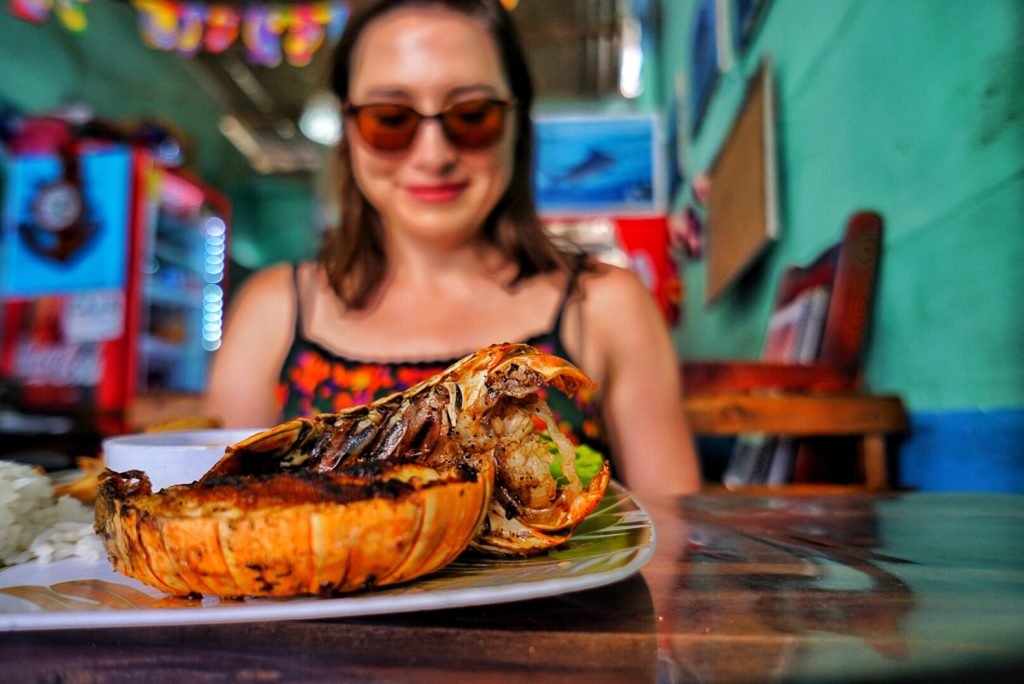
Nicaragua’s food will never win any awards for creativity, but it’s not without its comforts.
Gallo pinto – a simple side of rice and beans – will adorn basically every local meal you eat in this country.
Have it with pollo asado (grilled chicken), tajadas (super-thin plantain chips), ensalada, and maduros (sweet roasted plantains) for the most Nica of meals.
Other things to try include vigerón in Granada, a dish made of yucca, cabbage, and chicharrón, and nacatamales , a Nicaraguan spin on the tamale.
Also, if you like lobster, this is one of the cheapest places in the world to eat it!
You can get a whole lobster meal for about $10 USD in certain parts of the country, particularly the Pacific Coast and Little Corn Island.
Swim in a natural spring on Isla de Ometepe .
El Ojo de Agua is a natural swimming hole on the stunning Isla de Ometepe, an island composed of two volcanoes in the middle of Lake Nicaragua.
Nicaragua is freaking hot pretty much any time of year, so cool off with a lovely dip at this natural beauty.
There are lots of fun things to see in Ometepe to make it worth your while, so swimming in the springs is only one of many things you can do!
Where to Stay: I didn’t make it to Ometepe – I blame the beautiful Corn Islands for holding me captive for two weeks – but I’ve heard to skip Moyogalpa, the port city. Instead, try to find accommodations in Altagracia , Balgue , or Mérida on Ometepe.
Hike Nicaragua’s toughest volcano, Concepción.
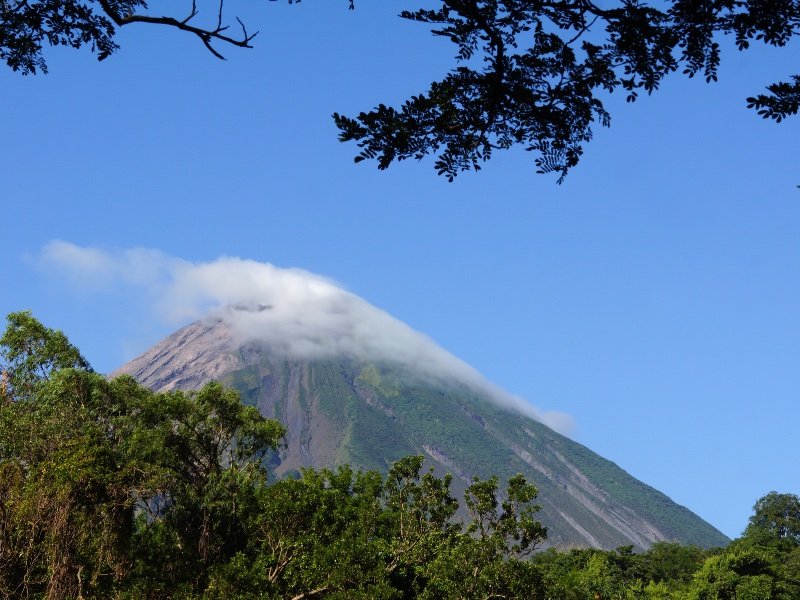
Warning: not for the faint of heart.
I didn’t even attempt this one after hearing from countless people that it took over 10 hours and was the toughest thing they have done in their lives.
At 5,282 feet or 1,610 meters, altitude is not what’ll get you here: it’s the sheer steepness of the incline, muddiness of the paths, and relentlessness of the Nicaraguan sun.
After climbing Telica and Cerro Negro, I can attest that climbing any volcano in Nicaragua is tough, and Concepción only ups the ante.
Maderas, the other volcano composing Ometepe, is also tough but supposedly not quite as difficult.
It is illegal to hike either volcano without a guide, and with good reason – people have lost their lives trying. A guide will cost you around $50-70 for a day hike.
See a Pacific sunset.
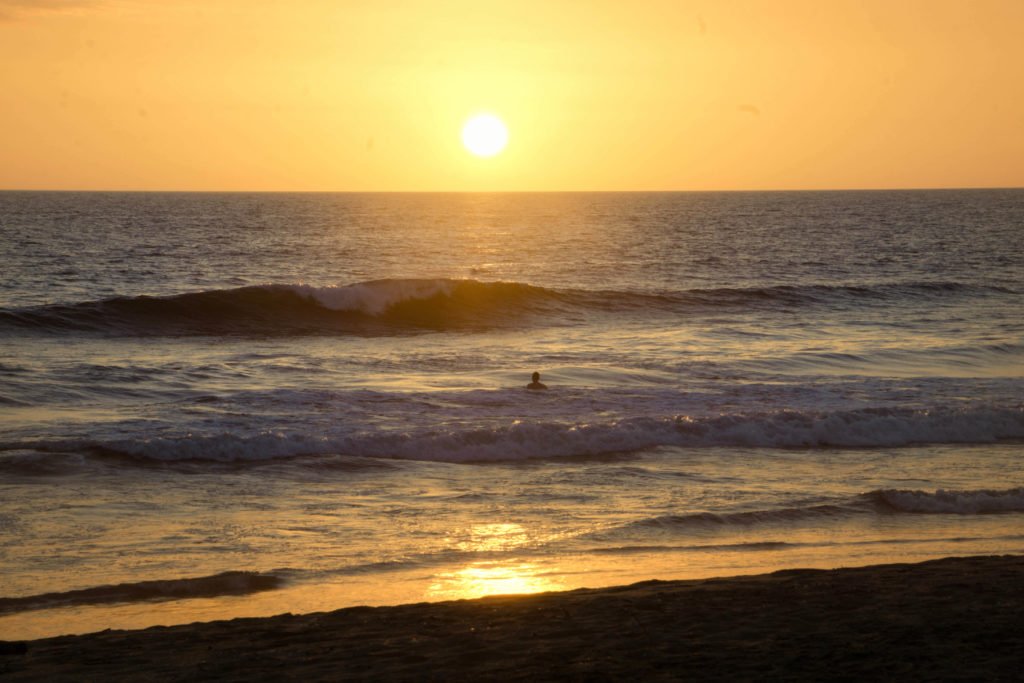
As a California girl, the Pacific holds a special place in my heart.
Whether you watch the sun sink into the ocean from the chilled out beach town of Las Peñitas , the surf mecca of Popoyo , or the party city of S an Juan del Sur , you can’t go wrong with that view.
One of the simplest yet best things to do in Nicaragua.
Check out a traditional craft market in Masaya.

If you’re a souvenir person, Nicaragua’s got your back.
Quite literally, in fact, if you opt for their most famous export, the high-quality hand-woven hammocks. These’ll set you back about $20 apiece.
Ceramics, jewelry, and embroidered clothing also round out the craft offerings you’ll find here.
Masaya’s craft market is the most traditional in the country.
Just make sure to ask to be directed to the municipal or local market – prices are half the price of the tourist market!
Where to Stay: Masaya is easy enough to get to by chicken bus from Granada, but if you’d like to stay and get a more local experience, there are lots of affordable places to lay your head at night in Masaya. The best-reviewed guesthouse in town is Hostal Casa San Miguel .
Ride a chicken bus.

This is more of an inevitability than a thing to do, but alas.
If you haven’t taken a chicken bus, I don’t think you get to say that you’ve been to Nicaragua.
The humble chicken bus will take you virtually anywhere you need to go in this country for a song – I never paid more than $2 for a single journey, and often less than $1.
These are converted American schoolbuses tricked out to the nines with distinctly Jesus-y vibes.
Enterprising locals swarm the bus at every stop, selling sodas, tajadas, enchiladas (which are basically empanadas with salad), cakes, coffee, you name it.
It doesn’t get more Nicaraguan than that!
Important Safety Notes
Travel Insurance: Nicaragua is generally a safe but developing country, and accidents, illness, or theft can happen anywhere. There have also been intermittent protests and unrest between 2018 and 2022, which could potentially impact some travel plans. Have travel insurance just in case – I use SafetyWing .
Mosquitos: Nicaragua has a tropical climate with mosquitos year-round, particularly in the rainy season. Zika, dengue fever, malaria, and chikungunya have all been reported there.
While there’s no reason to cancel your trip on account of it, unless you’re pregnant and concerned about Zika, protect yourself anyway with mosquito repellent .
I also carry around a few mosquito repellent wipes with me in my backpack in case I forget to bring spray.
Petty Theft: Nicaragua is one of the safer countries in Latin America. However, crimes of opportunity happen everywhere.
Pay attention to your belongings, especially on public transit, and I recommend this anti-theft backpack with locking zippers if you chose to carry a daypack.
Allison Green is a former teacher who has been travel blogging since 2016. She has a Masters in Teaching and a B.A. in English and Creative Writing. Her blog posts merge her background as an educator with her experience traveling to 70+ countries to encourage ethical, meaningful travel. She has been a speaker at the World Travel Writers Conference and her writing, photography, and podcasting work has appeared in National Geographic, CNN Arabic, CBC Canada, and Forbes, amongst others. Now a full-time traveler, she has lived in Prague, Sofia, New York City, and the San Francisco Bay Area.
91 thoughts on “Nicaragua Bucket List: 25 Epic Things to Do in Nicaragua [2023]”
We just did the Masaya Volcano trip a few days ago, and all I can say is WOW. It was amazing, even if I did spend way too much time thinking about how the lava reminded me of playing Mario 64 as a kid.
Isn’t it incredible? I’ve never seen anything like that. I really hope you’re enjoying your time in Nicaragua!! It is definitely one of my favorite countries in Central America — just so many fun things to do. Really try to get over the Corn Islands if you can! And hahahah on the Mario, I can totally relate. Bowser boss battle flashbacks!!
You may have just convinced us to add Nicaragua to our RTW itinerary! It looks amazing!!!! I need to do some research into kid-friendly hikes
You should! Definitely try Mombacho near Granada (you can take transit up most of the way and then do a hike from the summit) and Masaya (volcano tour at night, totally safe and so cool! – not really hiking since they drive you, but a great experience)
I heard so many great things about Nicaragua and after reading your post I can really understand why. This post just put Nicaragua a lot of places higher up on my bucket list 🙂
So glad to hear it! I hope you get to go soon, it’s amazing!
Oh my this is AMAZING! The lava pit is ridiculous! I’ve never seen anything like that. Nicaragua is ultimate destination if you want some adventure. Saving this for future travel plans, thanks Allison!!
Isn’t that lava crazy?! It’s really an incredible place, I hope you get to go to Nicaragua soon. It’s such a beautiful country with so much to see!
NICARAGUA seems a heavenly travel destination. Thanks for sharing!
It’s a beautiful country — thanks for reading 🙂
Nicaragua sounds amazing! I’m considering taking my kids this summer after Costa Rica! Do you think it’s child-friendly? Thanks!
Yes, I definitely think so 🙂 Your kids will love it.
As I am planning my trip to Costa Rica and Nicaragua, and reading through dozens of blogs and overwhelming myself, yours is one of the best and cleanest list of things to do that I have come across so far. Very well written, nice pictures and thanks for sharing! If I end up booking the places you have suggested, will make sure to use your links!
Rohini, that’s so great to hear! I’m glad you found this list useful and easy to use 🙂 I totally feel you on getting lost down a rabbit hole of blog posts when trying to plan! Thanks for using my links, it helps keep the blog going!
I generally don’t find lists like this super useful but i completely agree with the comment above. This is the best list ever… so excited for Nicaragua now
As someone who shares your skepticism of lists, I’m so happy you found it useful! I hate blogs with super vague information so I’m glad you found this useful. Feel free to email/comment with any questions, I hope you have an AMAZING time in Nicaragua!
I was born and raised in Nicaragua until the age of 15 and now live in NYC and heading to Nicaragua tomorrow for two weeks after 14 years of absence, can’t wait to see my beautiful country again. Thinking of Gallo Pinto, Tajadas, Pitaya, etc, and fritangas of course.
Oh wow, you will have SUCH an amazing time! I really miss tajadas… oh man! Enjoy your trip back to your homeland, hope you have a great time 🙂
What a great list!! Do you speak Spanish? If not, did you find it difficult to navigate through the country? I can speak basic conversational Spanish and am hesitant to travel without a better understanding of the language. Thanks!
Hi Sarah, sorry for the delay in answering your question – my wifi has been spotty in Turkey. I’m fluent in Spanish so I had no problems navigating my way through the country, but I think you will be fine with a basic understanding of Spanish. I frequently travel places where I don’t speak the language and manage to get around anyway! Nicas are super friendly people, and the country has lots of English-speaking tour offices where they can help you book tours, shuttles, etc. as needed – so don’t worry, you’ll be fine there 🙂
OMG I love your blog! Do you have the route you did? I need some inspiration for a 4 week route? Thanks for this blog
Hi Daphne! Thank you! So I had 5 weeks and this was my route, though you definitely could do it differently as I stayed for two weeks in the Corn Islands. Flew into Managua –> Granada –> Léon –> Las Peñitas –> Estelí –> Matagalpa –> Corn Islands (flew via Managua) –> Granada again –> San Juan del Sur. I’d also recommend adding Ometepe between San Juan del Sur and Granada, or skipping the second trip to Granada. I wish I had gone but I was feeling kind of burnt out and just wanted a place to catch up on work after wifi trouble and nearly destroying my laptop in the Corn Islands.
Btw, if you fly to the Corn Islands, I recommend calling them and requesting them to book you on an open ticket — it’s cheaper than buying one ways online – I think only $130 roundtrip?
Hey Allison, any recmendations on a 2-week trip (wish we had more time!)? We’re planning our honeymoon and are really thinking Nicaragua. Thank you!
Hi Toni! Oh that’s so great to hear, congrats! I would say fly into Managua, then fly straight to Little Corn for 3-5 days for some beach time (I highly recommend Yemaya Island Hideaway if it’s in your budget, Little Corn Beach & Bungalow if you want something mid-range, and Grace’s Cool Spot if you’re on a budget). After Little Corn, go to Leon (2-3 days), doing a volcano hike or going to the beach at Las Peñitas, Granada (2-3 days) visiting Masaya and Laguna de Apoyo, then Ometepe (2-3 days) before going back to Managua. You could switch it around and add Estelí or Matagalpa if you really want to get off the beaten path (in that case I’d skip Granada/Ometepe) but this is probably the best route to see the best of Nicaragua 🙂 Don’t skip Little Corn!! And congrats!
Are all these places driving distance from each other?
Well, yes, it depends what you consider driving distance though. Distances in Nicaragua aren’t that far, but enter things into Google Maps to see how far things are apart. For example, Léon is like 2-3 hours from Granada and Granada is like 2-3 hours from San Juan del Sur.
HI Allison – great article – so much helpful info! I’m planning a 9 day trip to Nicaragua, flying in and out of Mangua. Any suggestions on what would be the most logical itinerary. I’d like to do Leon, Granada, San Juan del Sur, Ometepe island and the corn islands? Is that too much to fit into 9 days? Also is there other ways to get to Corn Islands other than fly, if so how long would a chicken bus then boat take? Any help at all would be greatly appreciated! 🙂 Thank you!
Hi Mia, so sorry for my delay in responding. For your time, I would say that’s too much. I would say either cut out Corn Islands or San Juan del Sur (I wasn’t a big fan, tbh). If you’re short on time, you definitely don’t want to do the chicken bus then boat way to Corn Islands… that’ll take you at least 2-3 days as the boat schedule is not at all formal, and it takes a looooong time to get to the coast. https://www.alongdustyroads.com/posts/2014/11/15/how-to-get-to-the-corn-islands-without-flying has a great resource.
My suggestion would be: Managua straight to Leon (2 days)–> Granada (2 days) –> Ometepe (2 days) –> go back to Managua and fly to Corn Islands (3 days – make it worth the flight) and back on your final day, assuming you can make the flight times work (if not, do Corn Islands first).
Or if budget is an issue strike Corn Islands and go to San Juan del Sur instead, but it’s more of a party place and the beach in town is pretty crappy TBH — you have to take a shuttle or bus to one of the nicer beaches, but even those have absolutely nothing on the Corn Islands.
Hi Allison, Would do you speak Spanish? I am a little nervous of the ease of getting around the places you have suggested with my very minimal Spanish skills. Thanks!
Sorry for the brutal sentence structure there. Also, how would you recommend getting out of Managua to Leon? Thanks!
Hi Kathleen! Yes, I’m fluent in Spanish and it definitely helped. However, it’s not 100% necessary, as all hotels/hostels/tour agencies will speak English. You may have trouble in the more off the beaten path places, though, like Matagalpa which have less tourist infrastructure.
The best way to get from Managua to Leon is to take a taxi from the airport to UCA central bus station (aim to pay $10), then a minibus to Leon (these are quite easy to find!). Once in Leon, you can take a collective taxi or tuk tuk pretty much anywhere in the city for $1 or less – ask the fare before you get in.
Hi Allison,
This is an absolutely sensational read, thank you very much. I am planning my first solo backpacking adventure to Nicaragua in December and wanted to ask a few addition questions. Do you know anything about doing scuba diving in Nicaragua? Also what’s the most logical route for about 8 days there? I plan to hostel it up. And I’ve also noticed that everyone has pretty much said fly into Managua and then leave and go elsewhere and I was curious about that. Is the capital really that bad/ not exciting ? Thanks in advance for any help you can lend!
Hi Jordan! So, scuba diving is really only good/possible in the Corn Islands, and it’s amazing there – I got my open water scuba certification there. But it’s far away (if you have limited time, you have to fly from Managua, really, which of course puts a damper on your diving time). So if you go to the Corn Islands, I’d say 3-4 days there, then split the rest of the time either in the North (Léon (2 days) — Esteli (1 day) — Matagalpa (1 day) or South (Granada (2 days) — Ometepe (2 days) — San Juan del Sur optional) — it depends on your interests. The first is better if you want to get off the beaten path, the South portion is a lot more well-traversed.
Hi Allison! I’m considering my second solo trip in Nicaragua in December. I’m thinking 7 days. I was looking at a yoga hostel in the jungle but after reading your article.. I’m thinking I may want to bounce around rather than one place. How do you book stays? Do you book ahead online before the trip or just book the first hostel then book the rest when you arrive to the next destination? It seems scary to not have stays booked ahead of time but I’m sure it ok. Any suggestions on this? Or the top 3 must see places? Thank you, Stephanie
I booked the first hostel before arriving then made up my plan as I went. I always booked something the day before and it was never a problem and that was in peak season when Nicaragua was a lot more popular than it is now because of the current political climate. Top must see places are Granada, Ometepe, and Léon in my opinion. But check to see how safety is in those places as protests and police violence in retaliation to the protests have been rocking Nicaragua really hard this year — I was there in 2016 so can’t give up to date advice on the current safety. Enjoy and stay safe!
And yea, the capital is not that safe, and not exciting — really nothing to see, as much was destroyed by an earthquake in the 70s and ended up in a massive urban sprawl. I haven’t heard much good feedback about it, and as a general rule I avoid capital cities in Central America with the exception of Mexico City <3
headed to Nicaragua for a 5 week language immersion program! thanks for sharing… can’t wait to explore all of these places!!
So excited for you! You’ll have a blast 🙂
We are looking to travel to Nicaragua with 4 adults and two kids. My husband is thinking that renting a car might be the best option to get from town to town, however I’m thinking that getting a driver might be less stressful. Sound like you took public transport mostly, but would you have any guidance for a larger group?
Hi Yvette! I would think it would be quite easy to hire a driver or charter a shuttle van. When I wasn’t feeling up to navigating public transport, I took a shuttle from Granada to Leon for $12 per person I think – I would imagine you could get your own shuttle van for 6 for not too much more than that per person. There are a number of agencies selling tours in all the downtown tourist areas in Granada, Leon, SJDS, etc. that can help you arrange that. I didn’t drive so no experience with how the roads are, but I don’t recall the traffic being particularly crazy there… so up to your comfort level!
We just returned from our trip to Nicaragua and rented a car right at the airport. Once we managed to get ourselves out of Managua we had no problem at all as long as we stuck to the main routes; google maps was very useful. If going off the beaten path take a tour as they use 4×4’s and know where they’re going. If taking the ferry to Ometepe make sure you book way in advance to take your vehicle across and back. You and your children will love it. I’ll be returning soon.
Thank you for taking the time to share your two cents and offer a perspective I couldn’t!
Love your article, thanks for all the tips! Very helpful and written in a very fun way!
Thanks Gabrielle! Glad you enjoyed, that’s great feedback to hear. Hope it helps in planning your trip, feel free to reach out with any questions!
Hey Allison, great list a very interesting! We’re heading to Nicaragua for the first time in May we have around 7 whole days on the main island and 7 days stay in the corn islands. For the main island stay we were planning on doing 3 nights in Leon ( volcano boarding, city touring), 3 nights in Isla Ometepe and 2 nights in Granada (lake apoyo and volcanos Masaya and city exploring) . We’re not looking to do any beach trips as we’ve got the week in the islands. Do you think that itinerary is ok? Would you change it in anyway?
Hi Kim, I think that is an absolutely perfect itinerary and pretty much exactly what I’d recommend 🙂 You’re going to have so much fun!! <3
I’m just starting to plan our trip to Nicaragua in November or December…but you’ve definitely helped me decide to go to Little Corn island…I kept getting mixed reviews on SJDS, it’s definitely not for us…I’m so excited to also check out Granada, Ometepe and Leon. Your list was the best thing I’ve read about Nicaragua and made my planning so much easier! Thank you and happy travels:)
Thanks Kristen, I’m so glad to hear that! Little Corn is so, so, so much better than SJDS, you’ll definitely not regret it 🙂 I’m glad that it was helpful in planning, feel free to reach out if you need any additional help in planning your trip!
Hi Allison from Alison Your blog is amazing . Can you tell me where and how much would a flight be to Corn Islands please , I just used google flights and it came up with a ridiculous 800$ surely that’s not correct, which app or site do you book your flights with . Look forward to your reply Ali New Zealand
Hi Ali! Thank you so much. A flight to the Corn Islands from Managua should cost about $130-160 roundtrip on La Costeña Airlines if you book roundtrip in advance. (One-ways are more expensive.) You can book an open ticket roundtrip if you don’t know exactly when you’d like to leave and then call a day or two before and reserve your seat for the return. I recommend calling La Costeña to book rather than booking online as I personally was able to get a cheaper price this way — not sure why but that’s how it worked out for me!
ALLISOOOOON!!! You are a freaking life saver! My friend and I decided to go to Nicaragua after reading an article saying it’s a dope spot but then we couldn’t find ANYTHING for recommendations and I’ve been dying for the beach. Your article here is the best we found and I wanted to thank you for it. I’m def using your links so you can collect those coins for referrals. I wanted to know if you had a referral for a hotel in Managua? I used your link to book Mansion de Chocolate in Granada.
Weeza, that’s so nice of you to say! I’m so glad you found this article useful and that it’s been helpful in your travel plans (and jealous that you stayed at Mansion de Chocolate — I got two spa treatments there and hung by the pool but never stayed!) I do actually have a recommendation for a place in Managua! I stayed there for 1 or 2 nights post Corn Islands (which I hope you have time for!) when I was having a Macbook crisis. I was a bit nervous about Managua from what I had heard but I can vouch that this is probably one of the safest neighborhoods in Managua (they also have 24/7 security) – Hostal Maracuya. It’s a hostel but they have double rooms, etc and are super friendly. Here’s a link (affiliate): https://www.booking.com/hotel/ni/maracuya-managua.en-gb.html?aid=1211027&no_rooms=1&group_adults=2
Thanks for info! My friend would prefer a hotel, so if you have a referral for that, I’d appreciate it. Sorry, should have mentioned that = )
Also, do you recommend bringing US currency with me and exchanging or getting money out of the ATM while in Nicaragua?
Sent you an email about the hotel recommendations. I would recommend just getting money out of the ATM in Nicaragua but I always bring about $50-100 USD cash just in case my card doesn’t work and I can’t get in touch with my bank.
Thank youuuuu!!! Thank youuuu!!!!
HI Allison, thank you for your blog and sharing your pictures. Can you advise how can I watch the sea turtles in Nicaragua? I read that I can visit them at the La Flor Wildlife Refuge.
Hi Fariza! From what I know, your best bet is to go to Las Peñitas near Léon and organize a trip to Reserva Natural Isla Juan Venado, where there are often sea turtles. I’m not sure about La Flor Wildlife Refuge, so you’d have to reach out to them directly (looks like they’re down near San Juan del Sur). Or, you can go to the Corn Islands (flying — about $160 roundtrip) and have a chance to snorkel and dive with them!
Am planning a trip with my 9 year old daughter this summer. She’s game for adventure, but 9. My travel Spanish is pretty good. Would appreciate your thoughts on any don’t-miss experiences for a 9 year old, and neighborhoods that are safe but as Nicaraguan as possible? Am thinking volcano and a horse ride?
For kid-friendly, I’d say kayaking through a nature reserve and horseriding on the beach (Las Peñitas town, about 30 min away by bus from Leon – ask Barca de Oro, linked above, they can help organize actitivies). Very safe and very local Nicaraguan town, quite small.
When in León anywhere near the Cathedral is a good neighborhood – but there’s not as much for kids here, as it’s more about history and architecture. I wouldn’t recommend volcano boarding for kids, and the volcano hikes I did were all quite strenuous.
Granada is very kid-friendly with lots of beautiful places. I’d recommend a day trip to Laguna de Apoyo or save that, kayaking in Las Isletas which is an area of 365 little islands in Granada. For a more kid-friendly volcano I’d opt for Masaya in Granada. You can drive up to the top, no crazy hiking required, and see the lava below as shown in the picture!
If you have more time check out Ometepe or the Corn Islands. I’d give San Juan del Sur a pass as it definitely doesn’t feel “Nicaraguan” – it’s been overrun by expats everywhere close to the beach – and the nicer beaches are up and down the coast from it.
Hey Allison, I’ll be travelling to Nicaragua in January 2019 and would like to do a few weeks at a Spanish school. Can you recommend any schools and is there any particular town, city or region that might be a good place to learn. Many thanks, Andrew
Oh, I should mention that my plan so far is to spend time in the areas of Ometepa, Granada, León, and Matagalpa.
Hi Andrew! I didn’t do a Spanish school personally, but I know for sure there are schools in Granada, Léon, and Matagalpa. I’m sure there are some in Ometepe as well but I can’t confirm. Honestly, I think you’re good anywhere – it depends what you want. Granada is a lot more colorful and expat/foreigner-friendly, Léon is more local and historical and hotter but close to beach and volcanoes to hike, and Matagalpa has slightly cooler weather, is much more local, and doesn’t have so much “to do” for tourists but has a more ‘everyday life’ feel. So three very different lifestyles, so I’d go for whatever suits your fancy best! Sorry I couldn’t be more helpful.
All info is helpful Allison and many thanks for the quick response! Love your blog btw
Great to hear, thank you!! I hope you enjoy Nicaragua – I absolutely loved it, as you can probably tell! 🙂
Hi Allison, great post! I’m planning a trip shortly and wanted your thoughts on our route. Planning on spending 7 days in Nicaragua and then heading to Costa Rica (sadly I have to cut out the corn Islands). Our flight wouldn’t get in to Managua until midnight so I’m not sure if heading straight to Leon is feasible. I would appreciate any feedback.
Hi Vicki, thank you! Hmm, I’m not sure. Personally, I’d probably stay in Managua that night. I was able to find this — http://www.ridewithless.com/ — that says they offer 24/7 service from Managua Airport to Léon. Or you could opt for a private taxi which I would guess would be around $60-80 USD (I took a taxi from Managua to Granada when I arrived at night and it was about $40, and the trip from Managua to Léon is about twice as long)
Hey Allison, like everyone before I have to say…. great blog. I think we have just decided that’s where we’re going in April! I just wanted to ask you, for the 5 weeks you were there, what kind of budget did you have? We will be going around 5 weeks as well, so would be great to an idea….. Thanks and all the best
Hi Stevie! So, my budget was around $30-50 per day as a solo traveler staying in hostels, eating my meals out, taking public transport, and doing lots of activities. If you go to the Corn Islands, you’ll definitely spend more there, especially since flying there is pricy. It’d be helpful to know a bit more about your travel style to be able to answer your question better 🙂
Thanks Allison…..
We’ll be active as much as we can be. Snorkeling, hiking, swimming, volcano boarding, surfing….. basically everything that you’ve done haha. We’re not party animals but like an occasional beer. We travel quite simple and want 3-4 weeks of traveling and adventure and 1 week of chilling out ….probs on Corn Islands (you’ve convinced us to be there hehe). We don’t usually organize any accommodation beforehand, happy to just turn up somewhere and figure it out then. Is this easy to do there too? Airbnb or Couchsurfing quite active over there you know? Happy as long as its cheap and meeting locals and staying with them is even better.
Thanks Allison
I just booked a flight to Nica for my husband, 15 year old daughter and myself for the first 10 days of July. Your blog was very helpful. We plan to “wing” it and rent a car and drive around. Are the roads good?
Hi Gloria, Nicaragua is a great place to wing it! You can definitely rent a car. The roads are in decent condition and you won’t need a 4×4 unless you’re really going off the beaten path. Public transportation is also accessible and shuttles are a good compromise if you don’t want to be stressed with a car (most shuttles will cost about $10-15 per person to take you from city to city in air-conditioned comfort). But if you prefer the autonomy and adventure of a road trip, Nicaragua’s roads are decent, but definitely not up to North American/European standards.
I love it!! I went to Nicaragua last year and I ABSOLUTELY loved it! I would also like to add a little tip. Whenever you guys visit Granada, a lot of tour guides WILL approach you telling you to take a trip to Isletas. DO IT! you won’t regret it. We were a group of 15 (husband’s family LOL) and we only paid 70$. It’s really nice taking in the view, and the fresh air from the boat ride. AND 2 of the islands have restaurants WITH POOLS! how cool is that? lol they can drop you off at one of the islands and then they go back and pick you at the end of the day. You don’t have to pay anything to enter the island, just whatever you eat and drink. I’m going back in June and definitively following your tips for my future country exploring! 🙂 Traveling is Life 😀
Awesome blog!
Thank you Kendy!! I actually didn’t do the isletas because I had researched it a bit and read about how most tours take you to a place called “Monkey Island” where someone stranded 4 monkeys several years ago and now brings tourists to interact with them and feed them :\ I’m very hesitant with animal tourism as I don’t want to support anything unethical. It’s awesome to hear though that going to “Monkey Island” isn’t mandatory part of the tours and that you can go to see other islands, and I had no idea that there were places with restaurants and pools!! It’s definitely on my list for my next time I return to Nicaragua. I’m so excited to hear you’re going back in June (and a little jealous!) — I hope you have a fantastic time. Be sure to make it out to the Corn Islands if you have time this time around. And yes, I totally agree – traveling IS life! Thanks 🙂
My bride (of 32 years) and I really enjoyed your tips on “25 Bucket List Things to Do in Nicaragua”. We have a trip planned there April 10 to 19. Our abbreviated itinerary is to fly into Managua and stay at the Hilton for 2 days, hopefully see Granada for a day and Masaya lava flow at night. Then fly to the Corn Islands for 3 days. Next fly back to Managua, and take the ferry and a rental car to Ometepe for 3 days, then back to the Hilton in Managua, maybe drive to San Juan Del Sur for a day trip and see cloud and rain forests near Granada.
However, my better half has been reading Lonely Planet and googling “safety in Nicaragua” and we are a little concerned about our well-being there. She went for her inoculations today and the nurse, an extensive world traveler, told her it is a singularly dangerous place, that if, for example, we wear Merrell hiking shoes we will attract robbery by being rich American tourists.
We have traveled to India, Costa Rica, Kauai, Culebra (3 times) and extensively in the Yucatan, and have never felt unsafe. But we are worried by what we have heard about Nica. I’m getting too old (65 years) to fight my way out of these situations, and we totally get not inviting crimes of opportunity in under-developed, impoverished countries. But we are a little concerned.
What can you tell us on this topic?
Thanks so much in advance for your expertise.
Hi Sterling and Laureen! Your itinerary sounds great. To be honest, I’m actually a bit surprised to hear that! I traveled Nicaragua completely alone for 5 weeks as a solo woman in her late 20s. I had very few issues – only catcalling from men, which is a reality everywhere for solo women travelers, but wouldn’t affect you two traveling as a couple.
I’ve been to Puerto Rico (San Juan – Culebra looks beautiful though and is on my list!), Costa Rica, and the Yucatan as well and felt just as safe in those places as I did in Nicaragua. Even Managua, which I had heard no good stories about, ended up feeling pretty safe since I did my research and chose a good neighborhood (and I’m sure the Hilton in Managua will be perfectly fine). All in all, I was in Nicaragua for 5 weeks and I didn’t hear any bad stories about robberies or even scams.
I think if you’re reasonably alert and don’t invite opportunity by getting drunk on the street, wearing expensive jewelry, putting your wallet in your back pocket, etc. you will be fine. I’d consider canceling the Hilton in Managua and staying in Granada or San Juan del Sur instead — Managua is a bit dull, and there is a higher risk of crime there compared to the other cities in Nicaragua. But Managua is not so bad and I’d just have your hotel call you a cab to avoid scammy taxis. There’s really no need for elevated concern, and Nicaragua is actually the safest country in all of Central America.
LOVE this list. I’ve been to Nicaragua twice.. once for a missions trip and once for a few days of volcano boarding and volcano hiking. I would love to go back and have more time for all the things on this list! You’ve done such a great job of showcasing what an amazing country it is. I had no idea about the cliff jumping/grand canyon-esque area to hike. And I’d love to see Granada. And an active volcano…. Oh I can’t wait to go back. Thanks for the inspiration 🙂
So great to hear that even after two trips to Nicaragua you’re still finding more to discover 🙂 It’s such a diverse and beautiful country with so much to see!
Amazing post and thank you for the suggestions. I just want to inform you about the misconception of Volcan Concepcion. I am here in Ometepe now and the going price is around $30 for a guide, and if you aren’t unfit it should take about 7 hours. Also, im staying at Hostel Cocos and the lady said she knows a guide who will do it for $15, the same goes at Hospedaje Central. I will do the hike in two days and let you know how it goes 🙂
Hi William, thanks for your feedback! Perhaps those are the rates with unofficial guides? I don’t know because I didn’t do it personally but that was what I heard when I went (early 2017). I’ll update the post shortly to reflect the range of rates. And good luck with the hike!
The hike was $15 with the guide through Hostel Cocos. (I would recommend everyone to stay here, the lady is amazing) 3 of us did the hike and we paid an extra $10 ($3.33 each) for a tuk tuk as we wanted to leave at 5am.
We started out ascent at 5:20am and reached the peak by around 9:15am. We left at 10am and I was down by 12pm, but the others took maybe an hour or two more. I was running to catch the 12pm bus from the road to get back to town and leave Ometepe
I will have some photos and information about it on my blog wherewillygo.wordpress.com if you want to check it out in a couple of weeks 🙂
Thanks for your feedback, it’s very valuable to future readers! 🙂 Will update the post to reflect new information, so thank you!
I absolutely fell in love with Nicaragua.Actually there is a lot to see in Managua. Try going to Puerto Salvador Allente, next to that you see Nicaragua’s Palace of the people, they’re old cathedral, and another palace.
Seems like I’ll have to give Managua another chance next time! Thanks for your comment 🙂
Great post! My husband and I (both 30) like to do many of the things you mentioned on trips abroad and be as active as possible (biking, surfing, hiking, boating, etc.). We are planning a trip in spring 2019/ What would you suggest for a good itinerary/regions to stay in for a 5-6 day trip. I wish we could stay longer, but we have so much travel planned next year already that we can’t get away for too long! Thank you 🙂
Hi Lindsay! I would recommend staying in Granada, Ometepe, and SJDS if you want an active trip. Keep an eye on the political situation though as it has been quite bad all year!
Hi Allison, My husband and i are thinking of going to Nicaragua for 2 weeks in mid Feb we are worried about the political situation we are in our early 50’s and we won’t be doing any high active excurtions but do plan on doing some light hiking to volcanos and BTW this would be my 2nd trip there and i have been to LCI and cannot go this time but will next trip we also will be looking for the perfect place to buy land for our later retirement, where do you suggest ? Thanks
Hi Sylvie. I haven’t been since 2017, before the political situation started to get sour, so I can’t really speak to its updated situation. If you’re looking for land for retirement, Nicaragua seems a little volatile and I wouldn’t recommend it. I know Belize is quite popular for foreigners, especially since they are an English speaking country, as well as Panama. Perhaps those might be a little better suited for retiring in? Ecuador is another popular option with retirees, especially Cuenca.
Great resource for my November trip, first time abroad since December 2019! Thank you. 🙂
Great to hear Jilly! Have a fantastic trip!
Great post, Allison! I visited San Juan del Sur where I stayed in an ecolodge/ sea turtle sanctuary. It was the most magical experience to see them hatch in the light of the moon and scurry out to sea.
I also got to visit Masaya Volcano and Grenada which I highly recommend. Nicaragua is truly an underrated destination.
Sounds like a lot of of fun Jenn, I’m jealous of that experience!
Leave a Comment Cancel reply

Nicaragua Travel Guide
Looking for an in-depth Nicaragua travel guide ?
Then you’re in the right place!
Bordered by Honduras to the north and Costa Rica to the south, Nicaragua is the biggest country in Central America and has much to offer travelers.
It’s quickly becoming a top travel destination and for good reason. From its beautiful biodiversity to its bustling cities, this country is home to roughly 47 million people and has a lot to explore.
Nicaragua is known as the land of lakes and volcanos making it a big draw for nature enthusiasts.
Lake Nicaragua, the biggest in the country, has been amazing outsiders since the 1500s. I mean, where else can you find oceanic marine life in a freshwater lake?
There are also several active volcanoes to explore throughout the country, each offering something different.
For a truly unique experience, head to Cerro Negro, where you can try your hand at volcano boarding; you’ll really have to see this one to believe it!
Moreover, beach lovers should check out Nicaragua’s Pacific coast, home to some of the most gorgeous shoreline in Central America.
Nicaragua’s cities are also full of life and new things to explore.
The country’s capital of Managua is home to incredible colonial architecture and museums like the Palacio Nacional de la Cultura, where you can learn all about Nicaragua’s pre-Columbian heritage.
While you’re there, sample some of the local flavors like gallo pinto , a rice and beans dish that’s a favorite among travelers and locals alike.
Keep reading to dive into resources that will help you with planning a trip to Nicaragua. If you’re traveling in Central America , you won’t want to miss this incredible destination!
Note: This ultimate guide to Nicaragua travel contains affiliate links to trusted partners!

Nicaragua Map
Use this Nicaragua travel map to begin planning your trip to this incredible country!
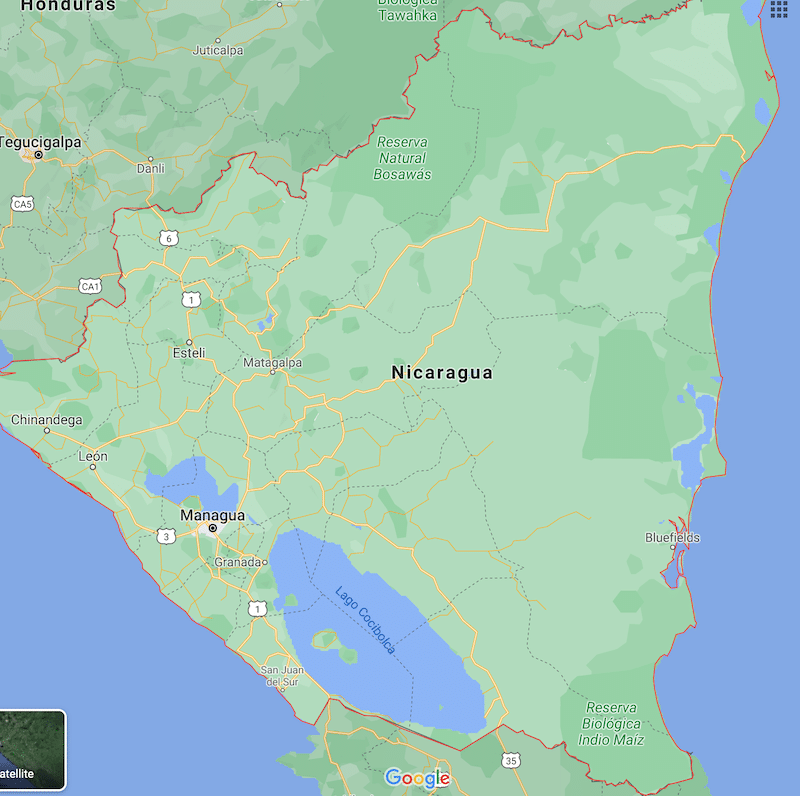
Click here for an interactive Google Map version of the above graphic.
Things To Do In Nicaragua
Discover the best places in Nicaragua to visit & the top experiences to have!

Nicaragua Adventures: Hiking The Active La Concepcion Volcano On Ometepe Island

Volcanic Adventures Outside Of Granada, Nicaragua
Nicaragua Travel Advice
Use these Nicaragua travel tips to plan the perfect trip!
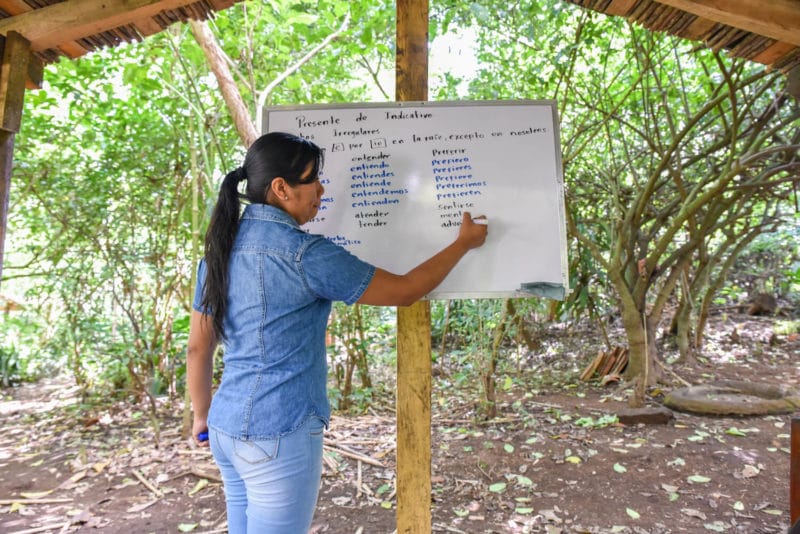
How To Volunteer While Learning Spanish In Nicaragua

From Solo To Sidekicks: Notes On My Central America Group Travel Experience
Top Nicaragua Tours
Explore the local culture with the help of a Nicaragua tour guide !
- Food Tour – Nicaragua Gastronomy in San Juan del Sur
- Masaya Volcano Night Tour in Managua, Nicaragua
- Hike Maderas Volcano in Ometepe Island from Managua
- Day Trip to Cascada Blanca Waterfall in Matagalpa from Granada
- Tour Chinandega & City of El Viejo from Corinto
Renting A Car In Nicaragua
Need a rental car for your Nicaragu trip?
Use Discover Cars to quickly compare your car rental options.
Nicaragua Hotels
Click here to browse hotels in Nicaragua!
Prefer self-contained stays?
Click here to check out unique local rentals!
You can also use this map to search for local stays:
Nicaragua Travel Insurance
It doesn’t matter if you’re traveling solo or with a group on a Nicaragua tour. When visiting Nicaragua — or any other country in the world — make sure to get travel insurance to protect your health and safety.
In my opinion, the best travel medical insurance for travelers is SafetyWing as they’ve got a large network and offer both short-term and long-term coverage — including coverage if you’re traveling for months as well as limited coverage in your home country).
Additionally, SafetyWing is budget-friendly and offers $250,000 worth of coverage with just one low overall deductible of $250.
With coverage, you’ll have peace of mind as you embark on your Nicaragua itinerary.
Click my referral link here to price out travel insurance for your trip in just a few clicks .
Nicaragua Travel Guide FAQ
Below, find answers to frequently asked questions about traveling Nicaragua .
Q: Is Nicaragua safe for tourists?
There are several things to watch out for and keep in mind to stay safe while in Nicaragua. Nicaragua has an authoritarian government that limits freedom of expression, dissent against the government, and demonstrations. Demonstrations throughout the country have turned violent and if you are detained by the government, you may be stuck in that situation for a while.
While you likely won’t run into any issues like this during your stay, it’s best to watch what you say about the government and avoid any situations of unrest.
Also, keep the number of your home country’s local embassy handy just in case.
Street crime and theft are also common throughout Nicaragua, particularly on crowded busses and in popular markets like the Oriental. Stay aware of your surroundings, keep any valuables out of view, and only carry a small amount of cash.
Make sure any valuables are locked away before you leave your hotel, home, or hostel for the day to avoid pickpockets and keep any possessions out of sight before leaving your car.
“Express kidnappings” by unlicensed taxi drivers are also an issue in Nicaragua. If you plan to take a taxi during your trip, try to order it from a radio dispatcher at the airport or your hotel.
When the cab arrives, make sure that there is a red border around the car’s license plate and that it has some kind of company name or logo displayed.
These tips will help you weed out the legitimate cabs from those operated by criminals.
And of course, check your country’s travel alerts for Nicaragua before you leave to stay informed on any possible safety issues.
Q: Is Nicaragua expensive to visit?
Like many Central American countries, Nicaragua is very budget-friendly. The average traveler spends about $32 USD per day on accommodations, food, transportation, and other expenses.
Of course, this depends on your travel style — you’ll pay a bit more for higher-end accommodations and excursions.
Your biggest expense will likely be round-trip flights. Non-stop flights from the United States are rare, but you can find some good deals depending on your travel dates and your departure city.
Q: How long do you need in Nicaragua?
Most experts suggest spending 10 days to two weeks in Nicaragua to get the full experience of the country. If you’re doing a full tour of the country, you’ll want to spend a few days in each place.
You’ll also want to budget in a half to a full day for travel between certain locations as travel within the country is pretty slow and domestic flights are limited.
Q: What do I need to know about traveling to Nicaragua?
There are a few things to know before traveling to Nicaragua. It’s good to learn a few Spanish words and phrases before your trip, particularly if you’ll be traveling to more rural parts of the country. Not everyone speaks English, so knowing a bit of Spanish will take you far and shows respect when meeting locals .
Bluefields (the capital of the South Caribbean Autonomous Region in Nicaragua) and the Corn Islands are known as unspoiled coastal paradises, but their remote location comes with little access to medical care and law enforcement. The Corn Islands in particular are only accessible by plane. though flights are relatively inexpensive. Keep this in mind as you plan your trip.
Nicaragua also has a long history of occupations and revolutions, particularly in the twentieth century. Reading up on the country’s history before your trip can give you a better understanding of what you’ll see and the issues the country currently faces.
It’s important to be an informed traveler, particularly in places like Nicaragua.
Q: What are the top attractions to see in Nicaragua?
Nicaragua is known as a land of lakes and volcanoes, so naturally, these are some of the country’s top attractions. Masaya Volcano and Cerro Negro are great for those wanting to explore beautiful hikes and active volcanoes. You can even surf down the volcanic ash at Cerro Negro (with proper protection, of course) for a truly unique experience!
Apoyo Crater Lake and the vast Lake Nicaragua are absolutely gorgeous spots and perfect for water sports. Take out a stand-up paddleboard, go for a swim, or try your hand at windsurfing on particularly blustery days. Alternatively, you can just enjoy the view and tranquility of an unspoiled paradise.
Nicaragua’s cities are also not to be missed! The lakeside city of Granada is home to some incredible Spanish colonial architecture as well as great restaurants and bustling markets.
In Leon, you can explore the ruins of Leon Viejo, one of the country’s earliest colonial settlements and a UNESCO World Heritage Site. Today, the city is home to the country’s National University, fantastic museums, and delicious food.
Q: Do I need a visa to visit Nicaragua?
Citizens of the United States, the United Kingdom, Canada, the European Union, and many other countries do not need a visa to travel to Nicaragua for less than 90 days. You will need to purchase a tourist card upon arrival for about $10 USD. Citizens of other countries may need to acquire a visa to enter Nicaragua.
It’s recommended to view your country’s Nicaragua International Travel Information page for the most up-to-date information on entry and exit requirements. You can also contact the Consulate General of Nicaragua.
Q: Are credit cards accepted in Nicaragua?
While many tourist attractions, as well as big hotels and restaurants, accept credit cards, it’s wise to carry cash when traveling to Nicaragua.
Moreover, it’s smart to bring a backup ATM card in case you run into any issues.
Q: What is the best time to visit Nicaragua?
While Nicaragua is a year-round destination, the dry season is between November and April.
Q: What months are summer in Nicaragua?
Summer in Nicaragua runs from November to April.
Q: Can you drink tap water in Nicaragua?
It is best to avoid drinking the tap water in Nicaragua.
Q: What is the hottest month in Nicaragua?
The warmest month in Nicaragua is typically April.
Q: What is the local currency in Nicaragua?
The local currency in Nicaragua is the Nicaraguan córdoba.
What would you add to this Nicaragua travel guide?


Travelling Without a Passport

The Top 5 Must-Visit Places in Nicaragua
Nicaragua has quietly become one of the top travel destinations in the world and a hot spot for surfers and backpackers on the Central America circuit.

Nicaragua has quietly become one of the top travel destinations in the world and a hot spot for surfers and backpackers on the Central America circuit. With the country realizing its potential as a destination for tourism, Nicaragua is finally catching up to its more developed and highly visited neighbor to the south: Costa Rica. Being Central America’s largest country, Nicaragua is also home to some incredible gems you can’t find elsewhere in the world. Here are the Top Five Must Visit Places in Nicaragua :
1. Laguna de Apoyo

Laguna de Apoyo is a nature reserve consisting of a thermally vented 48-square kilometer body of water contained inside the crater of the Apoyo Volcano. 20,000 years ago, the volcano imploded on itself and has continued to fill with both rain and subterranean water. Nicaragua has fortunately also limited development along its rocky and sandy beaches. The end result is a giant, pristine lake with some of the cleanest and clearest water in Central America…along with the opportunity to check off ‘swim in a volcano lake crater’ from your bucket list.
2. San Juan del Sur
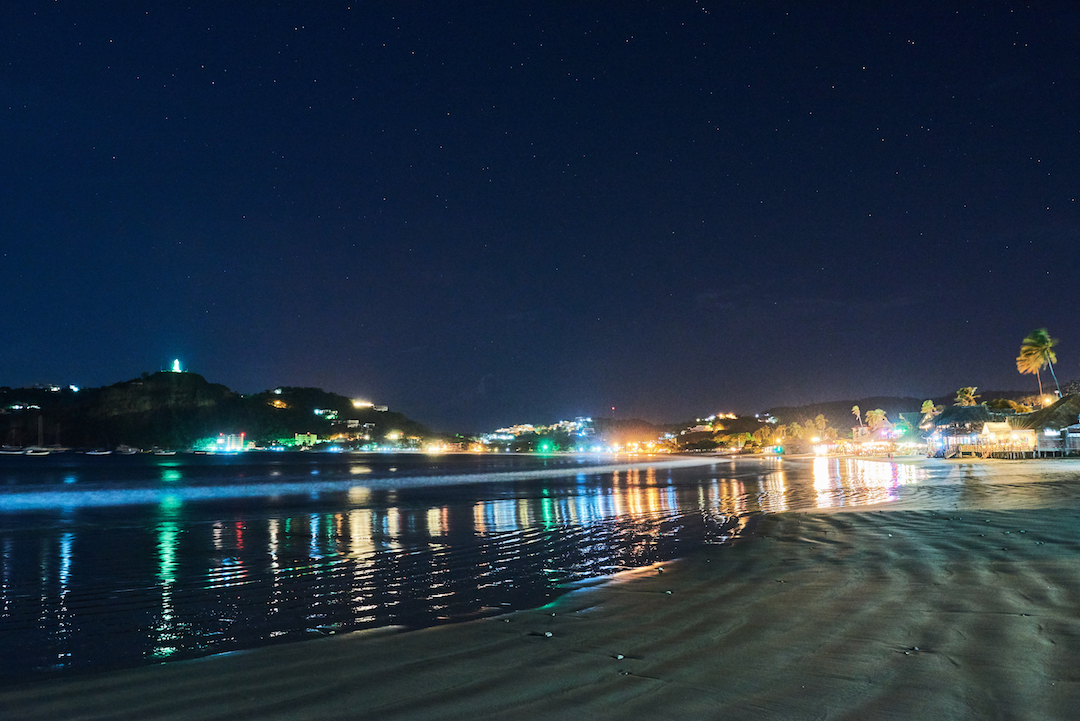
There is something infectious about this little local fishing village turned surf and party mecca. Besides also being a new locale for nearby yoga retreats, it is home to the infamous Sunday Funday Poolcrawl , AKA the biggest weekly party in Central America. Whether you go for its long beautiful beach, carefree vibes, central location for surf spots or its unlimited fuel to fiesta, it’s the community’s mix of welcoming locals and young entrepreneurial expats that will make you stay longer than planned.
3. Isla de Ometepe

Lake Nicaragua—the largest in Central America—is home to a biosphere unlike any other in the world. Ometepe is a twin volcano island surrounded by fresh water—the only island of its kind on the planet. From its fertile volcanic soil, black sand beaches, immense natural wildlife and archaeological sites from pre-colonial Aztecs, it’s amazing that more backpackers and eco-tourists haven’t discovered it yet!
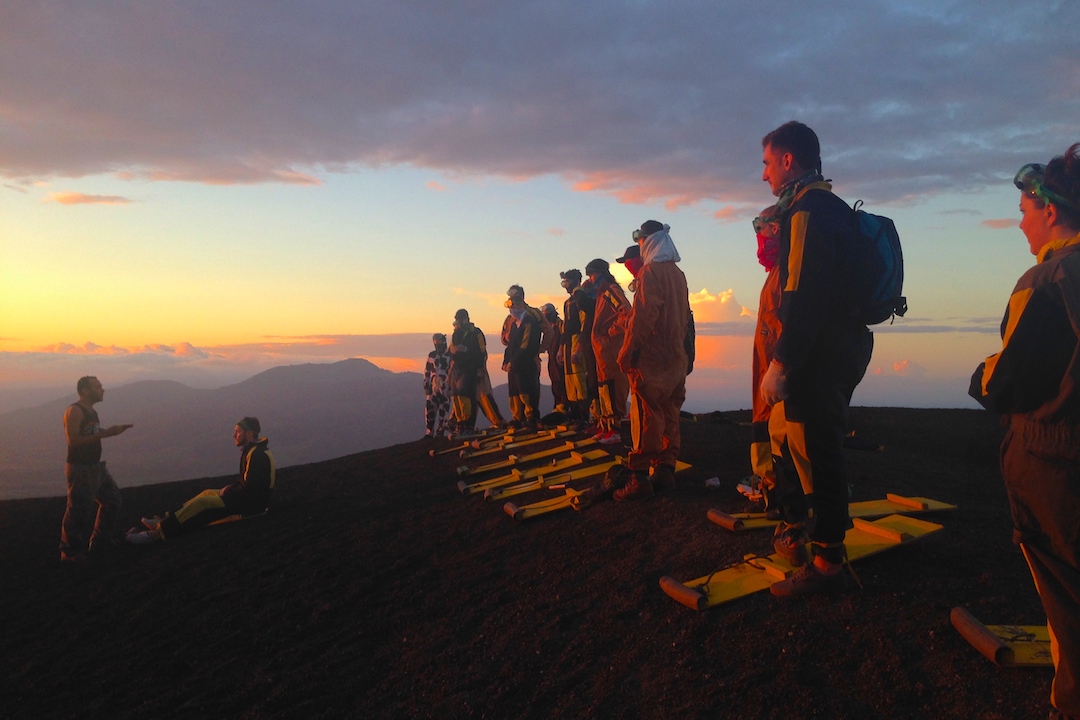
Léon is the second largest city in Nicaragua (after the capital city, Managua) and was founded in the 16 th century. Spanish colonial churches, historic buildings and local markets fill the beautiful downtown core. Although its rival (and more polished) colonial town, Granada, is the more popular tourist destination in Nicaragua, Léon offers the history and local charm without feeling like a tourist hotspot. Also, backpackers are now flocking to this university town because of the nearby active volcano, Cerro Negro. Not surprising when you find out that it’s one of the few places in the world where you can go volcano boarding!
5. Corn Islands
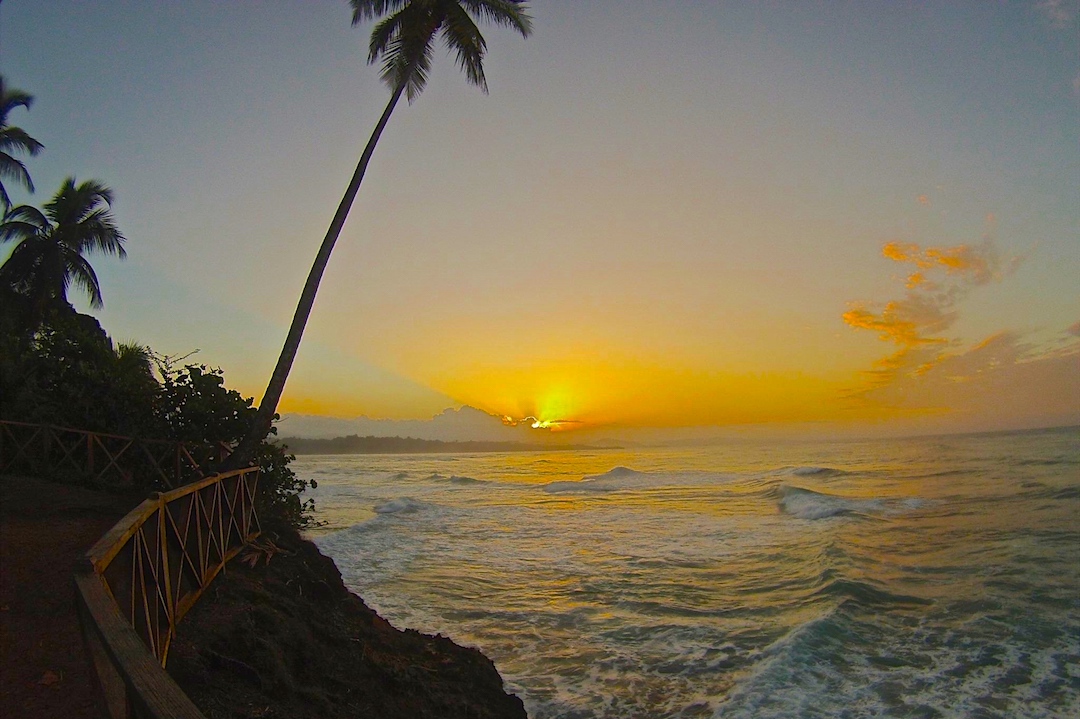
The Caribbean coast of Nicaragua is home to a set of islands that are a world away from the rest of the country. The Corn Islands consist of Big Corn and Little Corn—the latter being a car-free paradise which is home to world class deep sea diving, incredible seafood cuisine and a fusion of Rasta culture. You might have trouble understanding the locals—but it isn’t because they speak Spanish. The islanders speak a mix of English, Miskito and other Caribbean dialects…but as long as you can say “ Jus’ chillin’ mon”* you’ll fit right in. *Don’t believe me? Let a local explain the Nicaraguan way to properly “chill out”
The tourism sector in Nicaragua is currently booming as people discover its natural and cultural wonders. Now is the time to visit this country while tourism is still a relatively fresh concept: prices are cheap and the travel trail isn’t overrun but still has all the amenities for a foreigner. You’ll be sipping their delicious Flor de Caña rum from a coconut exclaiming the local slang diacachimba in no time!

John Early is an author, musician and tour manager. He has just released his book Tales of the Modern Nomad – Monks, Mushrooms & Other Misadventures It colorfully captures a decade of global backpacking with a wild fusion of stories, photos, sketches and quotes with travel insight you’d never get in your guide book. For more info or to order your copy visit Modern Nomad or follow him on Facebook
Related Articles
- North America
Your Guide to Easter Around the World
Easter is a time to celebrate new beginnings. The symbols and...
- South America
Carnival Around the World
The world goes a little crazy every February when carnival season...
- Tips & Tricks
Cheap Places to Travel in the US
From California’s shimmering coast and Colorado’s snow-dusted peaks to Louisiana’s steamy...

10 Things To Do In Peru (That Aren't Machu Picchu)
Get unlimited access to the world's best travel stories. subscribe now., privacy overview.
Must-see attractions in Managua
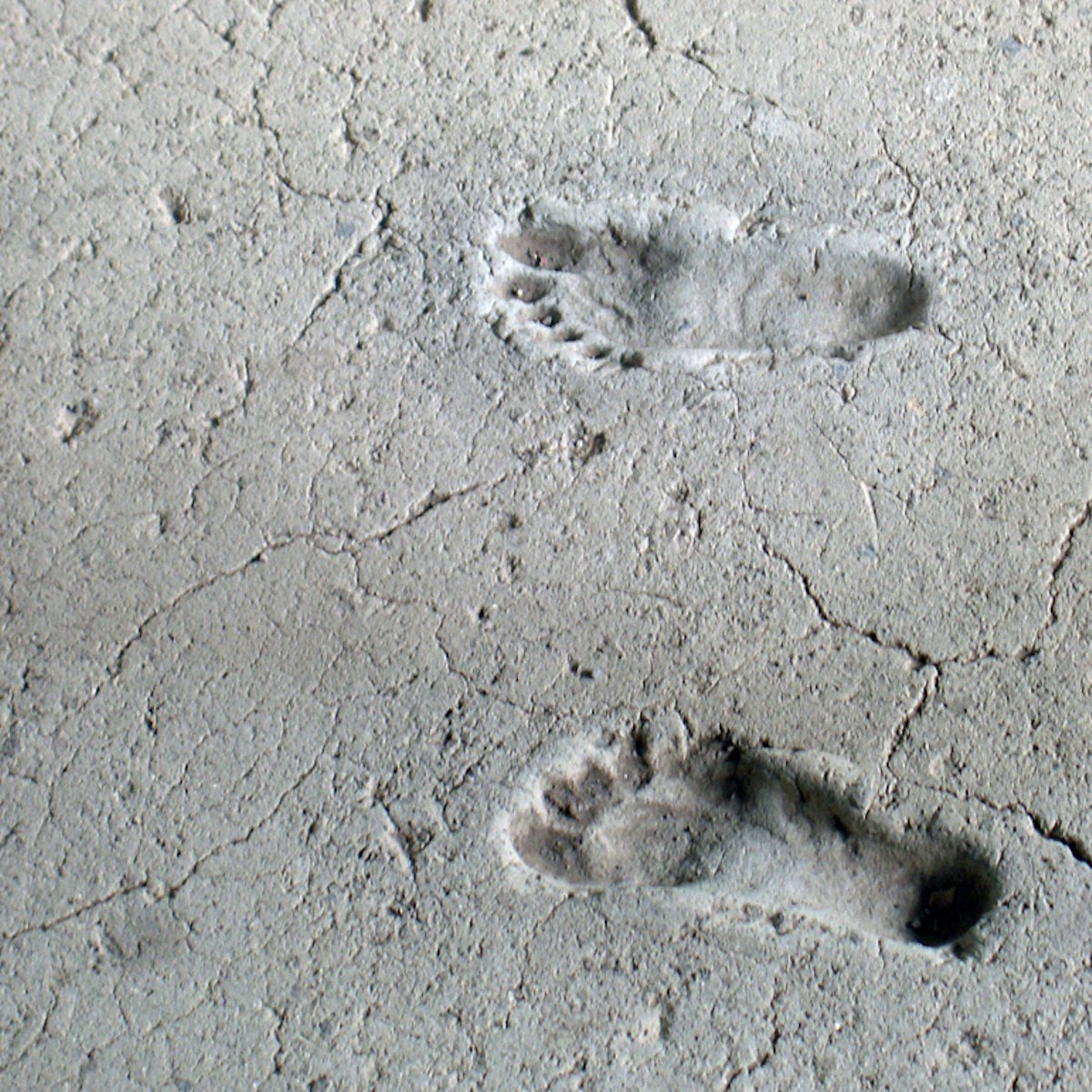
Museo Arqueológico Huellas de Acahualinca
Discovered by miners in 1874, these fossilized tracks record the passage of perhaps 10 people – men, women and children – as well as birds, raccoons, deer…
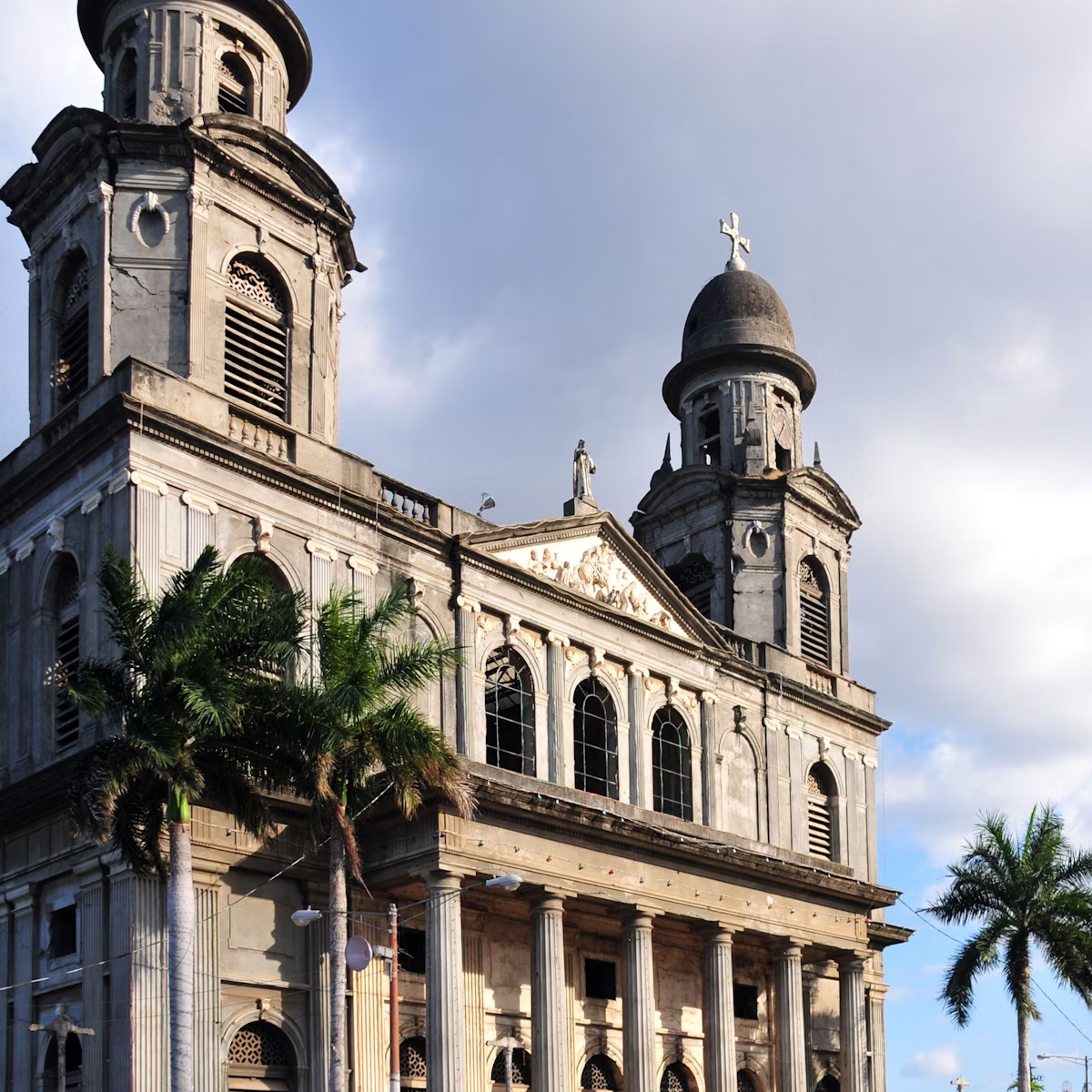
Antigua Catedral
The hollow shell of Managua’s Old Cathedral remains Managua’s most poignant metaphor, shattered by the 1972 earthquake – and slowly undergoing restoration…
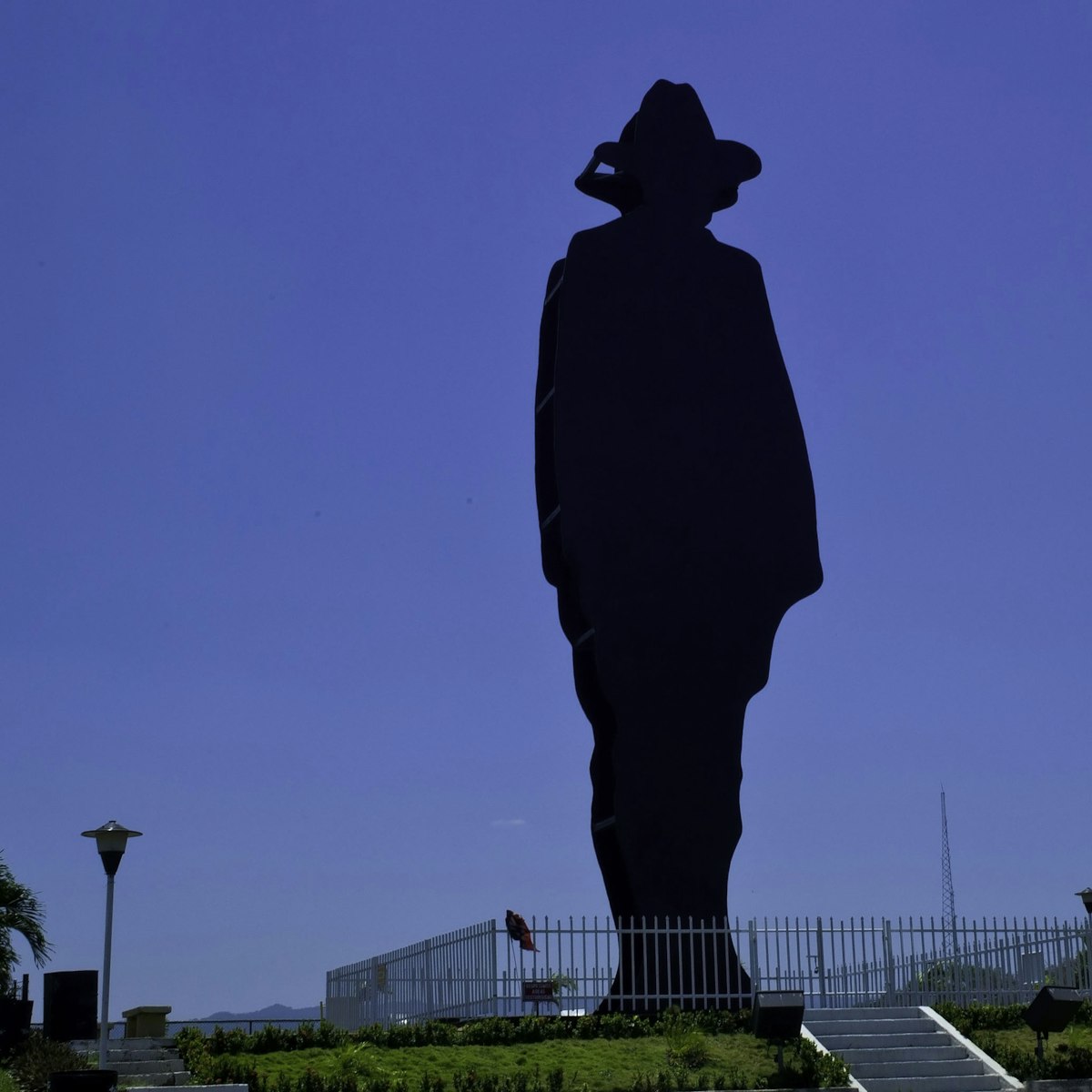
Parque Histórico Nacional Loma de Tiscapa
Home to what’s easily Managua’s most recognizable landmark, Sandino’s somber silhouette, this national historic park was once the site of the Casa…

Plaza de la Revolución
Inaugurated in 1899 by national hero and original anti-American General José Santos Zelaya, this open plaza has been the scene of countless protests,…

Museo Nacional
Inside the Palacio de la Cultura y Biblioteca Nacional, the beautiful national museum is an enjoyable romp through the country's history – from Nicaragua…
Catedral Metropolitana
Just north of the Metrocentro mall is an unforgettable Managua landmark that's practically new (the doors opened in 1993). It's an architectural marvel…
Paseo Salvador Allende
The malecón (pier) has been perked up by the Puerto Salvador Allende tourist complex at its base, and comes alive in the evenings (particularly on…
National Assembly Pedestrian Walk
East of the National Assembly along Av Central is a pedestrian walk with open-air exhibits on Nicaragua's history, featuring everything from historic…
Parque Luis Velásquez
This park is a prime spot for observing local life. It really comes alive on weekends and in the evenings, when it seems like all of Managua's families…
Galería Casa Los Tres Mundos
This gallery is the workshop of former Catholic priest, politician, poet, artist and sculptor Ernesto Cardenal, who founded the primitivist art community…
Monumento Roosevelt
Acsending Loma de Tiscapa from Crowne Plaza, you'll pass Monumento Roosevelt, constructed in 1939 and offering lovely lake views over the Laguna de…
Epikentro Gallery
Straddling the divide between fine and contemporary art.
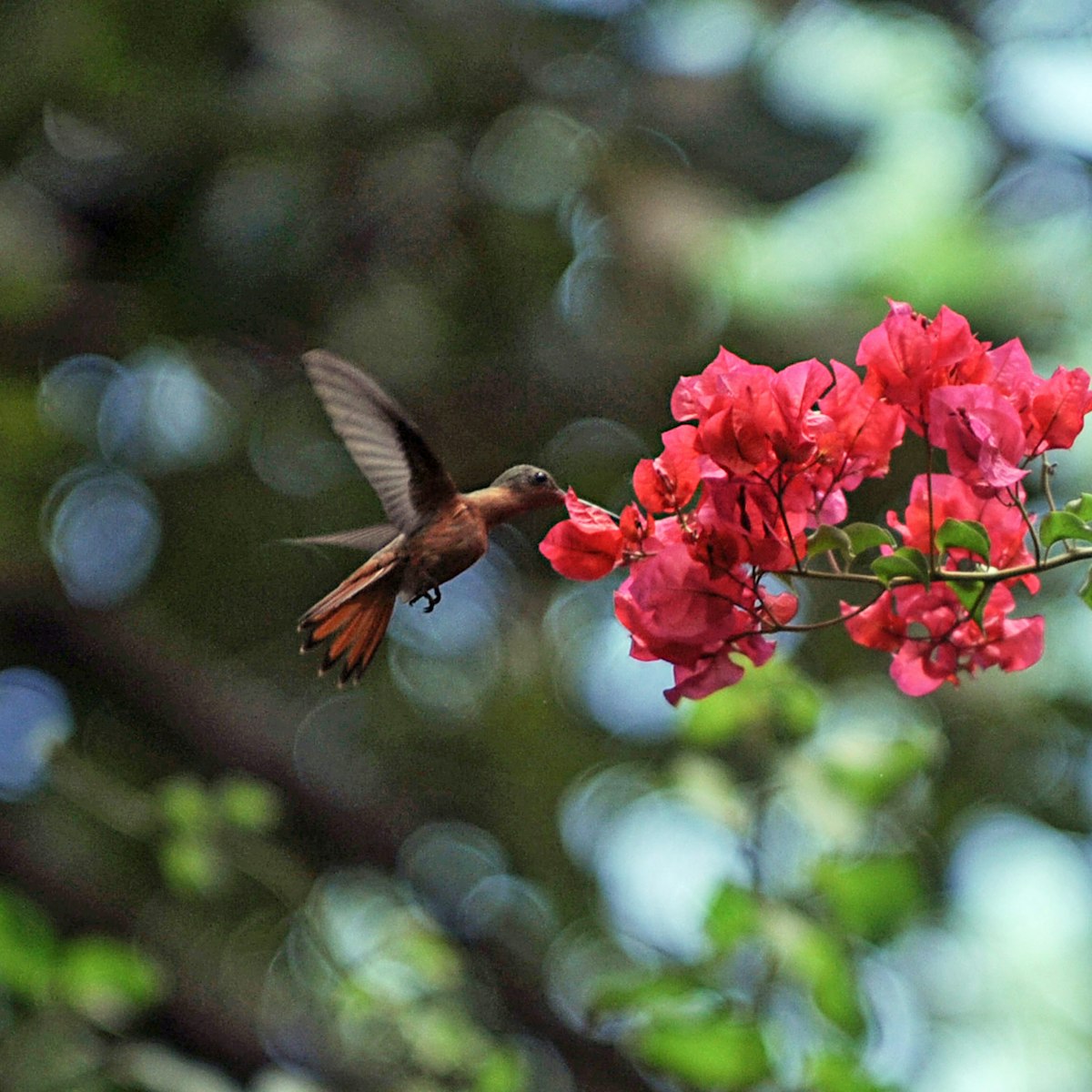
Arboretum Nacional Juan Batista Salas
These modest gardens, inconveniently located halfway between Barrio Bolonia and the Plaza Monumental on Av Bolívar (well, it’s convenient if you’re making…
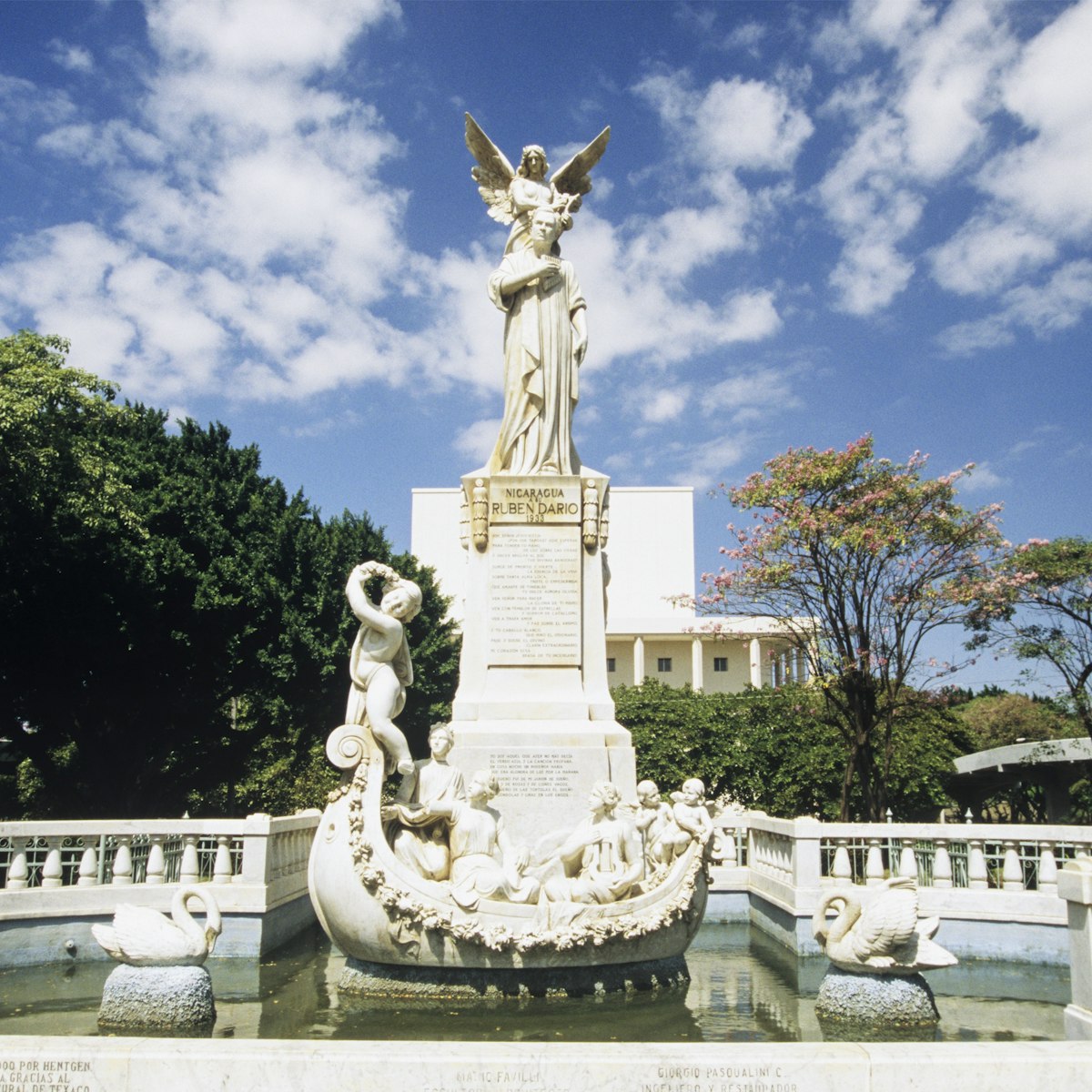
Monumento a Rubén Darío
On the lake side of Plaza de la Revolución, this monument was refurbished after the original 1933 statue fell into graffitied disrepair. A group of…
Casa del Pueblo
This was rebuilt during the Alemán years with the help of the Taiwanese government, and is now home to the controversial Consejos de Poder Ciudadano (CPCs…
Parque El Carmén
A couple of blocks from Barrio Bolonia’s concrete jungle, this surprisingly pretty park is a little slice of suburbia, with kids' riding bikes, a…
Casa de Ben Linder
This cultural center that formally served the English-speaking volunteer community, has been taken over by the Jubilee House Community and turned into a…
Palacio de la Cultura y Biblioteca Nacional
The 1930s-era Palacio de la Cultura (Palace of Culture) housed the National Congress until 1994. The historic building now houses the national museum and…
Tomb of Carlos Fonseca
The tomb of Carlos Fonseca, founder of the Sandinista National Liberation Front (FSLN). He was killed fighting Nicaraguan National Guard forces loyal to…
Estatua de Montoya
A statue dedicated to national hero Ramón Montoya, a Nicaraguan soldier who died (at the age of 14) in 1907.
Galería Solentiname
Appealing art gallery specializing in paintings and carvings from the Solentiname Islands.
Monumento al Trabajador Nicaragüense
A monument to Nicaraguan workers – a man and a woman, taking part in manual labour.
Códice Espacio Cultural
The best place to catch really cutting-edge contemporary art in Managua.
Founded in 1960 as a Jesuit school, this is one of Nicaragua’s premier universities, with a curriculum heavy on science and alternative technologies, Che…
Parque Japon
This not-particularly Japanese park, nestled in the back blocks of the Metrocentro area, is a great place for a bit of time out. There are plenty of trees…
The Managua branch of Nicaragua’s oldest university (the original is in León, the former capital) was founded in 1958 and has more than 24,000 students.
The grocery store called 'La Vicky' doesn't stand here anymore, but locals still use it as a point of reference for navigating the town.
Parque Las Palmas
A cute and shady little neighborhood park with the requisite benches, snack kiosks and even a laid-back bar in the middle.
A former casino (now closed) and current landmark that locals use to give directions in the area.
Casa del Obrero
A downtown landmark originally dedicated to the Nicaraguan worker.
Casino Pharaoh
A landmark locals use to give directions in the neighborhood.
Estatua al Soldado
The monument to Nicaraguan soldiers dates from 1909.
Parroquia San Francisco de Asís
A minor Bolonia landmark.
More destinations you need to see
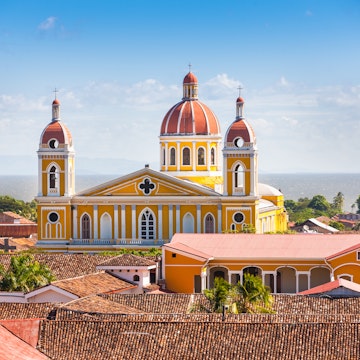
Suggestions
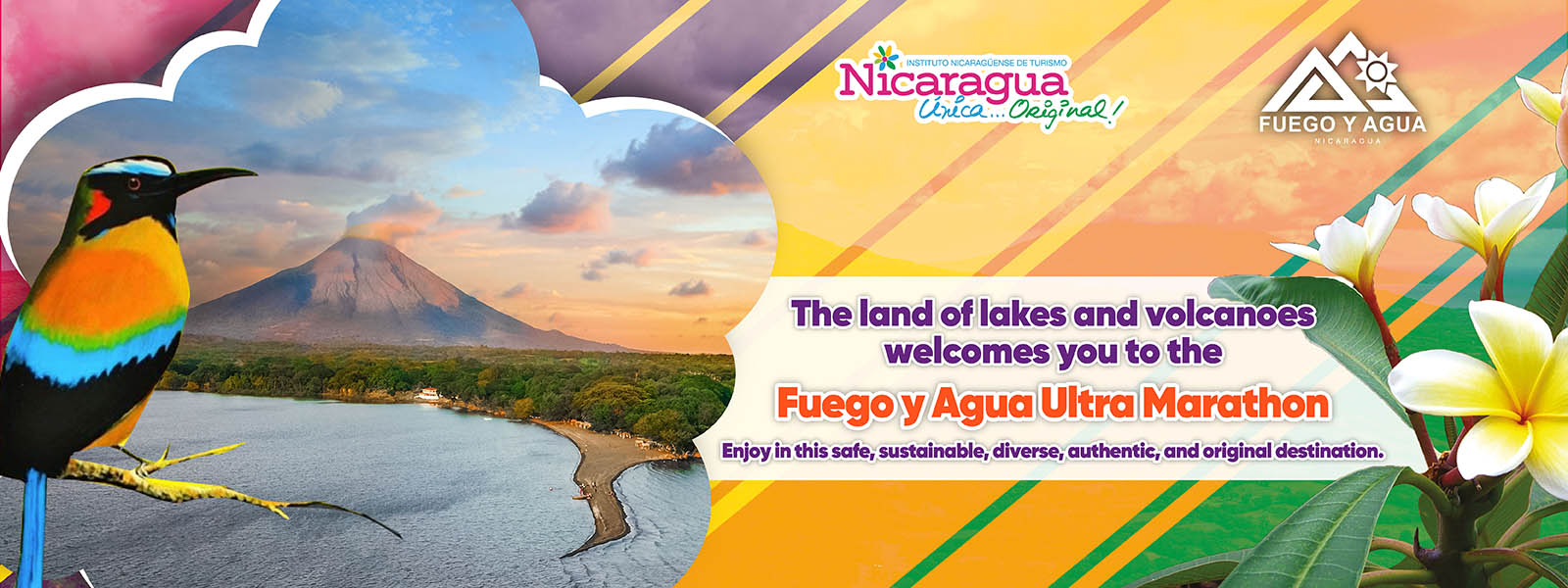
Get to know Nicaragua with this travel guide
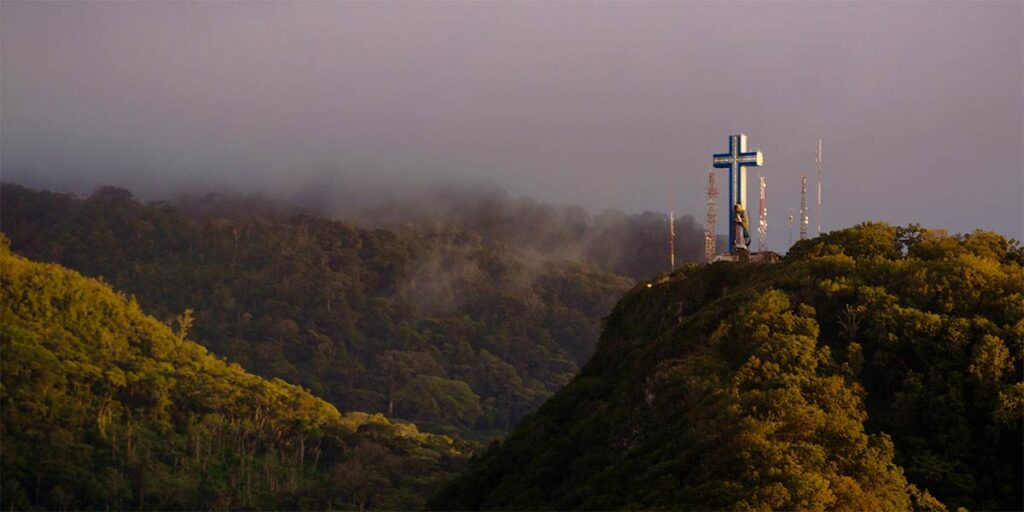
3 unique viewpoints in Nicaragua
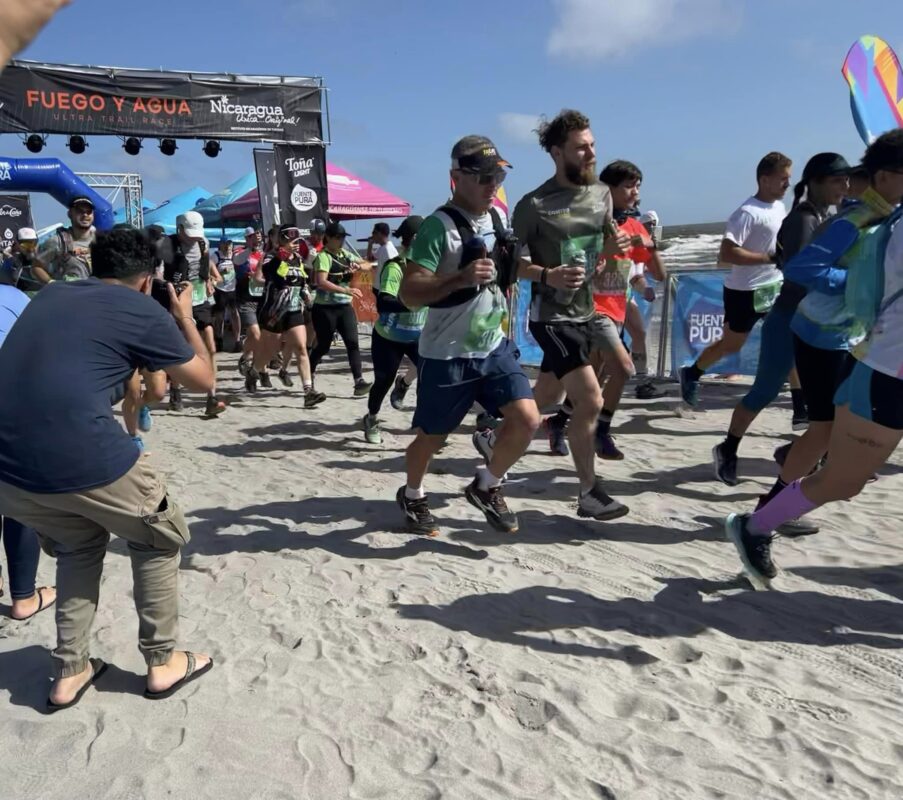
Ometepe experienced a “Fire and Water” weekend

Nicaragua will build the Punta Huete International Airport
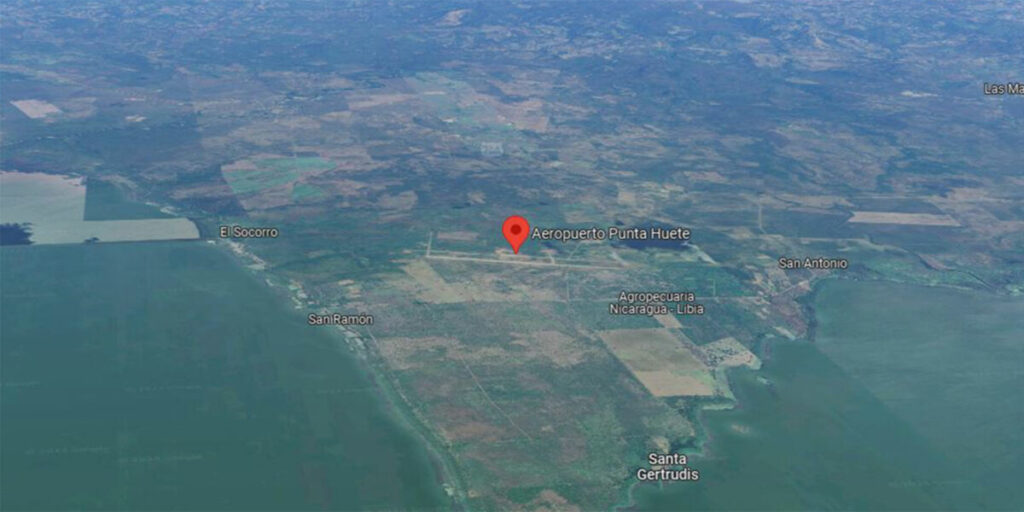
On February 9th, the National Assembly approved two credit agreements to finance the project for the reconstruction, expansion, and modernization of the Punta Huete International Airport. The credits total more than 14.5 billion córdobas (2,874,652,142.91 yuan). The airport terminal “will have the capacity to serve up to 3.5 million passengers annually… It will reduce the number of air connections between Nicaragua and Asia, Europe, Africa, and Oceania, making our country an attractive destination for tourists from these continents.” The agreements were signed between the Government of Reconciliation and National Unity, through the Ministry of Finance and Public Credit, and China…
Ometepe: Setting for the Fuego y Agua Ultra Marathon
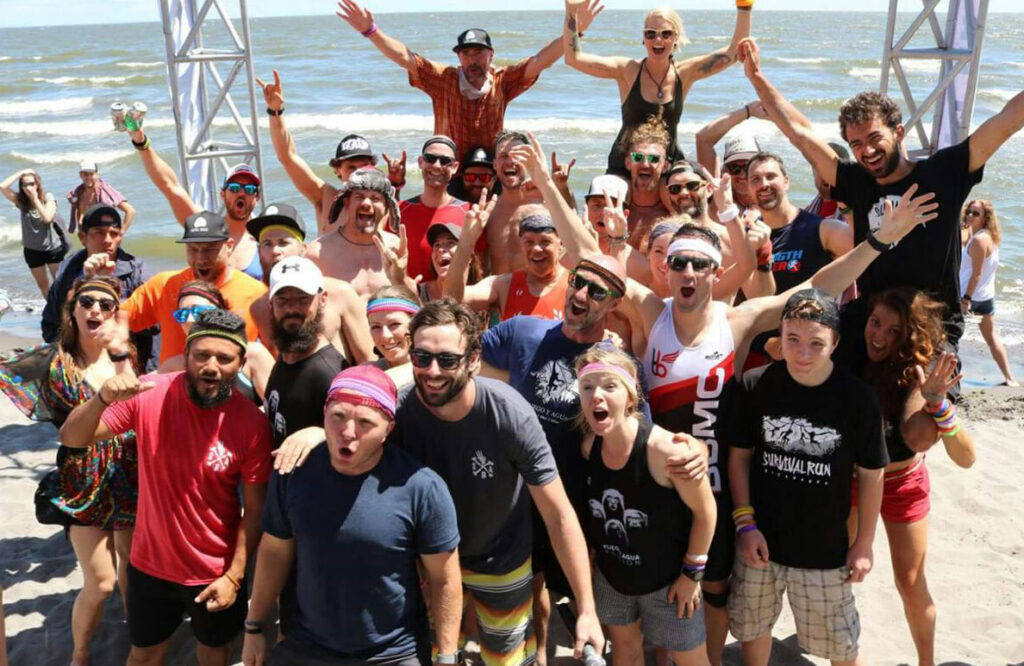
“The land of lakes and volcanoes is preparing to welcome more than 300 athletes to the Fuego y Agua ultra marathon, which will be held on Ometepe Island on March 2nd and 3rd.” Anasha Campbell, co-director of the Nicaraguan Institute of Tourism, INTUR, highlighted that this event showcases and promotes the natural beauties that Nicaragua possesses, welcoming the athletes who will be participating in the event. She emphasized the warmth that characterizes the nation, stating, “Our people welcome visitors with open arms and hearts, making them feel like just another Nicaraguan. We hope they enjoy not only the event but…
Travel across Lake Cocibolca to the island of Ometepe with the new fast ferries.
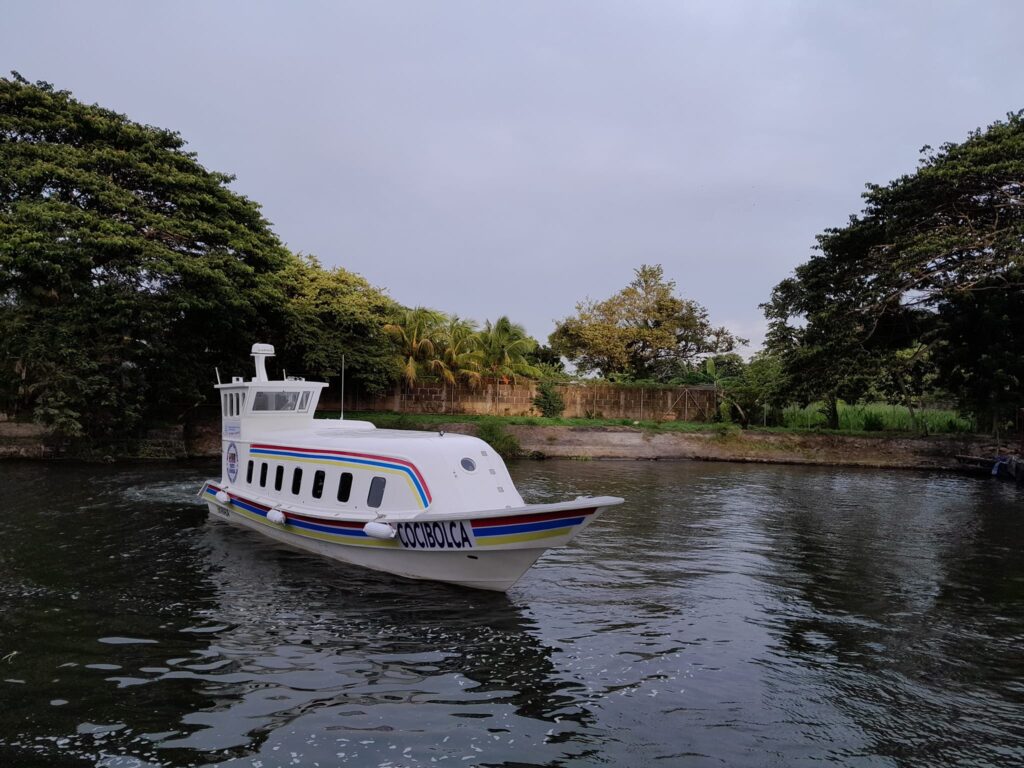
The fast ferries Solentiname and Cocibolca come to ensure agility, safety, and comfort for national and foreign tourists, with commercial and private services lasting one hour and ten minutes for Granada – Ometepe and 20 minutes for San Jorge – Ometepe. These vessels are equipped with air conditioning and airplane seats to provide comfort to travelers. In addition, their speed allows them to move from one point to another in a short time. They were built by Nicaraguan hands with the collaboration of German engineers, making these works innovative. More information: +505 86845051…
“Top 7 Must-Do Experiences When Visiting Nicaragua”
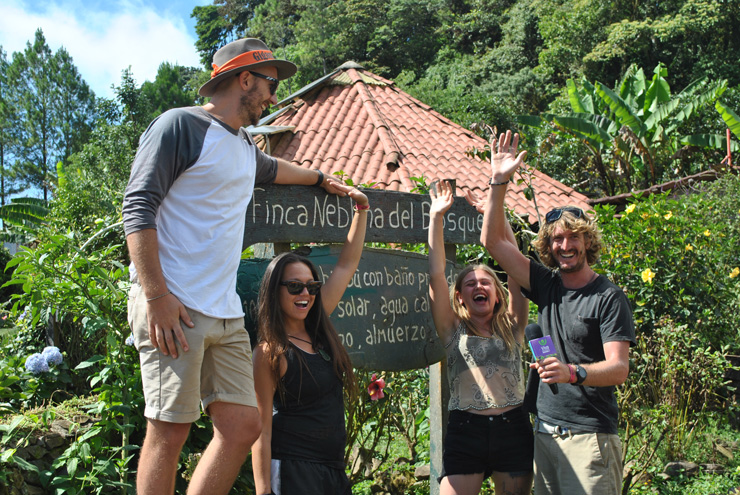
“Discover the diversity of Nicaragua by exploring these seven must-visit destinations. From the picturesque colonial streets of Granada to the majestic waterfalls of the Tisey Estanzuela Reserve, each place offers a unique experience. Marvel at the natural spectacle of the Masaya Volcano, and relax on the pristine beaches of San Juan del Sur. With history, nature, and adventure around every corner, Nicaragua awaits you with open arms.” I. Explore Granada This charming colonial city is one of Nicaragua’s most popular destinations. Wander through its colorful streets, visit historic landmarks like the Cathedral of Granada, and enjoy a boat tour of…
Maddy’s Avenue: 10 unforgettable things to do in Granada
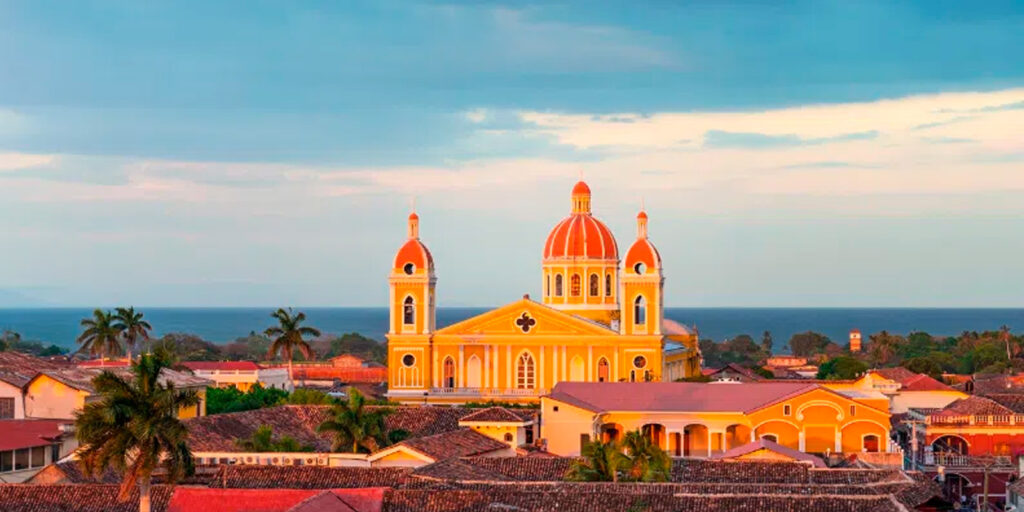
Maddy’s Avenue is a travel and recipe blog, created by Californian Maddy Cornelius, who arrived in Nicaragua in October 2023 with her collaborator Melanie Gordon, who has dedicated different articles to describe the natural magnificence of the land of lakes. and volcanoes. On this occasion, Granada has inspired her to write an extensive recommendation about the heritage city Granada, one of the main destinations for travelers who come and fall in love with Nicaragua. For Melanie, the tourism capital has countless incredible things to do and eat, and she says it is the perfect destination for those looking to immerse…
Searching for a pearl in the Caribbean of Nicaragua

The early morning lights fade in the rearview mirror as we begin our journey towards the Pearl Cays, a paradisiacal corner surrounded by water on the Southern Caribbean Coast of Nicaragua. We leave Managua and for six hours we are accompanied by the certainty that it will be a trip full of adventures and discoveries. We arrive at Laguna de Perlas, a municipality that houses the Cayos Perlas Wildlife Refuge, we are welcomed by its warmth, its Afro-Caribbean culture and its people who look at us attentively, recognizing our faces, sure that we do not belong to their atmosphere or…
Visit Corn Island and celebrate the Emancipation from Slavery Festival

The Corn Islands are one of the best-kept treasures of Nicaragua and Central America, an ideal destination for those who want to escape the bustle of the city and relax on the shores of the Caribbean. At the end of August, the islands are filled with joy and lots of colors, locals celebrate the emancipation of their ancestors, who after being subjected to slavery were freed almost two centuries ago. Here’s what to see and do on the Corn Islands during the Emancipation from Slavery Festival. Cultural Activities From August 27 to 29, the Corn Island archipelago hosts a series…
Where to see turtles in Nicaragua?

Nicaragua is one of seven places in the world where turtles arrive massively from the Pacific Ocean to nest. Locals, the Navy and environmental authorities safeguard these creatures, such as paslama, tora and torita, from hunters and predators, when they arrive to the coast, ensuring that they complete their reproduction cycle and return safely to the ocean. It is possible to see sea turtles up close in Nicaragua. Here are two places you can visit and some recommendations. Rio Escalante Chacocente Wildlife Refuge With an area of 29,604 hectares, this refuge is located between the departments of Carazo and Rivas,…

IMAGES
VIDEO
COMMENTS
There is excellent diving in the reefs off both the Corn Islands, which is why many people visit. 3. Masaya Volcano. Masaya Volcano. Protected in the country's largest national park, the Masaya Volcano is also one of Nicaragua's top places to visit, just 20 kilometers south of Nicaragua's capital city of Managua.
11. ChocoMuseo Granada. 1,283. Speciality Museums. ChocoMuseo is the new Cacao and Chocolate Museum in Granada Nicaragua.It offers a great overview of the history, the nature and the manufacturing of the cacao and the chocolate. There is a chocolate factory located inside the museum and Cacao farm tours are offered..
11. ChocoMuseo Granada. 1,283. Speciality Museums. ChocoMuseo is the new Cacao and Chocolate Museum in Granada Nicaragua.It offers a great overview of the history, the nature and the manufacturing of the cacao and the chocolate. There is a chocolate factory located inside the museum and Cacao farm tours are offered..
2. Ride the Pacific rollers. Stellar waves and wild beaches line Nicaragua's Pacific coast, and it's long been a haunt of surfers in the know. To the south, laid-back San Juan del Sur is surf-and-party central - the Sunday Funday Pool Crawl is a backpacker legend. But the surfing is better out of town - Playa Maderas, 20 minutes north ...
Laguna de Apoyo. A crater lake, Laguna de Apoyo, is so huge that wind can whip up waves good enough for windsurfing. The lake, which is about 20,000 years old, is fed by volcanic fumaroles, which warm the slightly salty waters of the lake. Visitors can rent kayaks, go swimming, or simply enjoy the views of the forested crater.
Reserva de Biosfera Bosawás. This remarkable expanse of protected wilderness is Nicaragua's biggest biosphere reserve, and makes up more than 14% of Nicaragua's national territory. It…. Discover the best attractions in Nicaragua including Parque Nacional Volcán Masaya, Monumento Nacional Cañon de Somoto, and Reserva Natural Volcán Mombacho.
Things to Do in Nicaragua, Central America: See Tripadvisor's 178,685 traveller reviews and photos of Nicaragua tourist attractions. Find what to do today, this weekend or in May. We have reviews of the best places to see in Nicaragua. Visit top-rated & must-see attractions.
Things to Do in Nicaragua, Central America: See Tripadvisor's 179,352 traveller reviews and photos of Nicaragua tourist attractions. Find what to do today, this weekend or in March. We have reviews of the best places to see in Nicaragua. Visit top-rated & must-see attractions.
3. Masaya Volcano. Peering at bubbling lava is one of the undisputed highlights of a visit to Nicaragua. Hike the trails along the slopes of Masaya - one of the most active volcanoes in the country - during the day, then drive down to the nearby Laguna de Apoyo for a refreshing dip.
1. Isla de Ometepe. A sunset from our hotel, Totoco Lodge on Ometepe. Isla de Ometepe is easily one of the most unique places to visit in Nicaragua. This small island is made up of not one, but two volcanos, and sits within Lake Nicaragua (Nicaragua's largest lake.)
Laguna de Apoyo is a lake formed in the caldera of an extinct volcano between the capital of Managua and the tourist favorite of Granada. At 175 meters (574 feet) deep, this natural lake is actually surprisingly warm… thanks to the geothermal activity below! ... Granada is an Instagrammer's dream and its colonial architecture is one of the ...
Nicaragua. Central America. Check out this year's Best in Travel winners. An affable all-rounder, Nicaragua embraces travelers with diverse offerings of volcanic landscapes, historic towns, sensational beaches, remote, idyllic islands, wave-battered Pacific beaches and pristine forests. 01 / Attractions.
Top 15 attractions in Nicaragua #1. Tours & Tickets. Granada Cathedral. 376. ... No, U.S. travelers don't need a visa to visit Nicaragua. You can purchase a "tourist card" upon arrival at the airport, valid for 90 days in Nicaragua, Guatemala, Honduras, and El Salvador. Requirements include an onward ticket, evidence of sufficient funds ...
Food Tour - Nicaragua Gastronomy in San Juan del Sur. Masaya Volcano Night Tour in Managua, Nicaragua. Hike Maderas Volcano in Ometepe Island from Managua. Day Trip to Cascada Blanca Waterfall in Matagalpa from Granada. Tour Chinandega & City of El Viejo from Corinto.
Río San Juan Nicaragua is divided into states known as departments. The country's most southern department, Rio San Juan, is full of wildlife and bordered by Lake Nicaragua and the San Juan River. Historically, pirates and colonialists made their way through this region in search of treasure. Today, Rio San Juan is a popular area for fishing and water activities, and still holds many ...
1. Leon Volcano Boarding. One of the top Nicaragua tourist attractions is the extreme sport of volcano boarding in Leon which feels like the perfect introduction to this list. Though you can go volcano boarding in several different regions, Leon is the epicenter of volcanic tourism and activities in Nicaragua.
Things to Do in Nicaragua, Central America: See Tripadvisor's 178,663 traveler reviews and photos of Nicaragua tourist attractions. Find what to do today, this weekend or in May. We have reviews of the best places to see in Nicaragua. Visit top-rated & must-see attractions.
Things to Do in Managua, Nicaragua: See Tripadvisor's 25,154 traveler reviews and photos of Managua tourist attractions. Find what to do today, this weekend, or in April. We have reviews of the best places to see in Managua. Visit top-rated & must-see attractions.
11. ChocoMuseo Granada. 1,283. Speciality Museums. ChocoMuseo is the new Cacao and Chocolate Museum in Granada Nicaragua.It offers a great overview of the history, the nature and the manufacturing of the cacao and the chocolate. There is a chocolate factory located inside the museum and Cacao farm tours are offered..
Here are the Top Five Must Visit Places in Nicaragua: 1. Laguna de Apoyo. Laguna de Apoyo is a nature reserve consisting of a thermally vented 48-square kilometer body of water contained inside the crater of the Apoyo Volcano. 20,000 years ago, the volcano imploded on itself and has continued to fill with both rain and subterranean water.
Discover the best attractions in Managua including Museo Arqueológico Huellas de Acahualinca, Antigua Catedral, and Parque Histórico Nacional Loma de Tiscapa. Lonely Planet. ... The Managua branch of Nicaragua's oldest university (the original is in León, the former capital) was founded in 1958 and has more than 24,000 students. La Vicky.
Marvel at the natural spectacle of the Masaya Volcano, and relax on the pristine beaches of San Juan del Sur. With history, nature, and adventure around every corner, Nicaragua awaits you with open arms.". I. Explore Granada This charming colonial city is one of Nicaragua's most popular destinations.